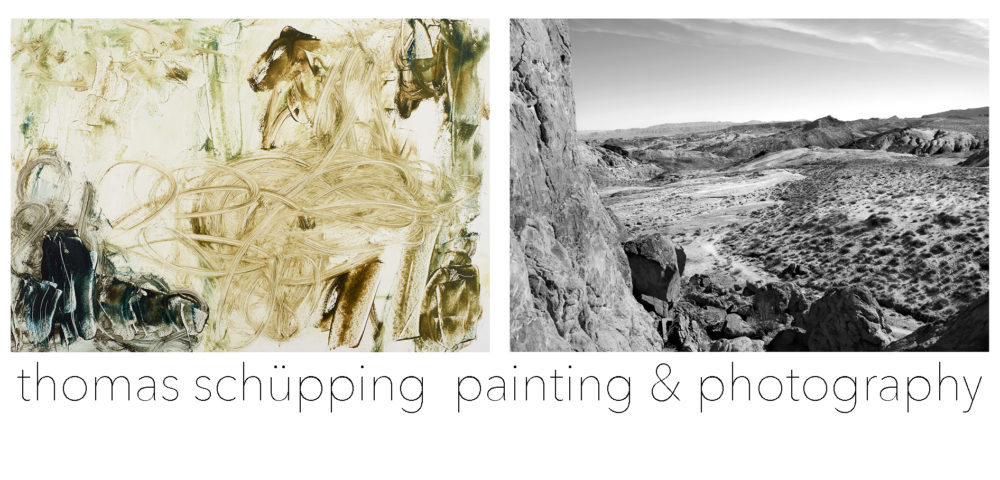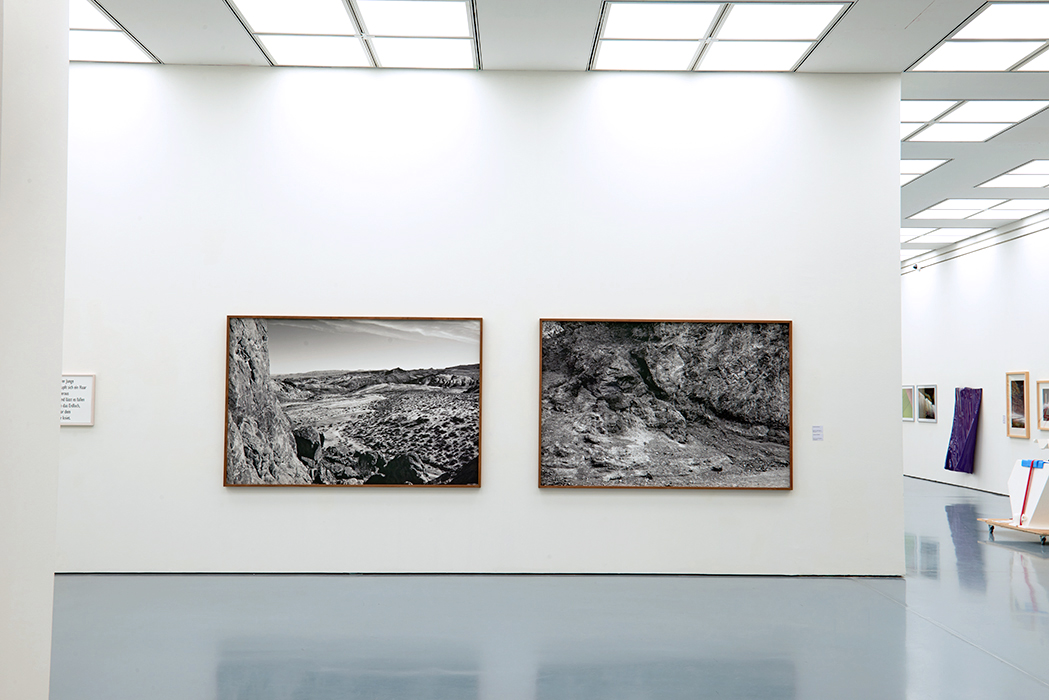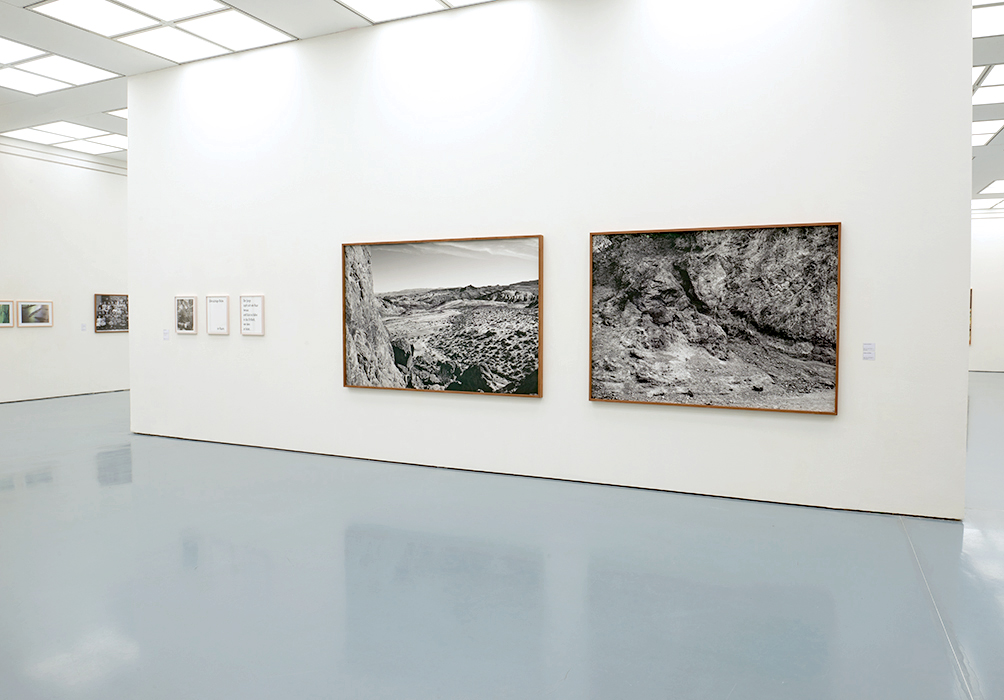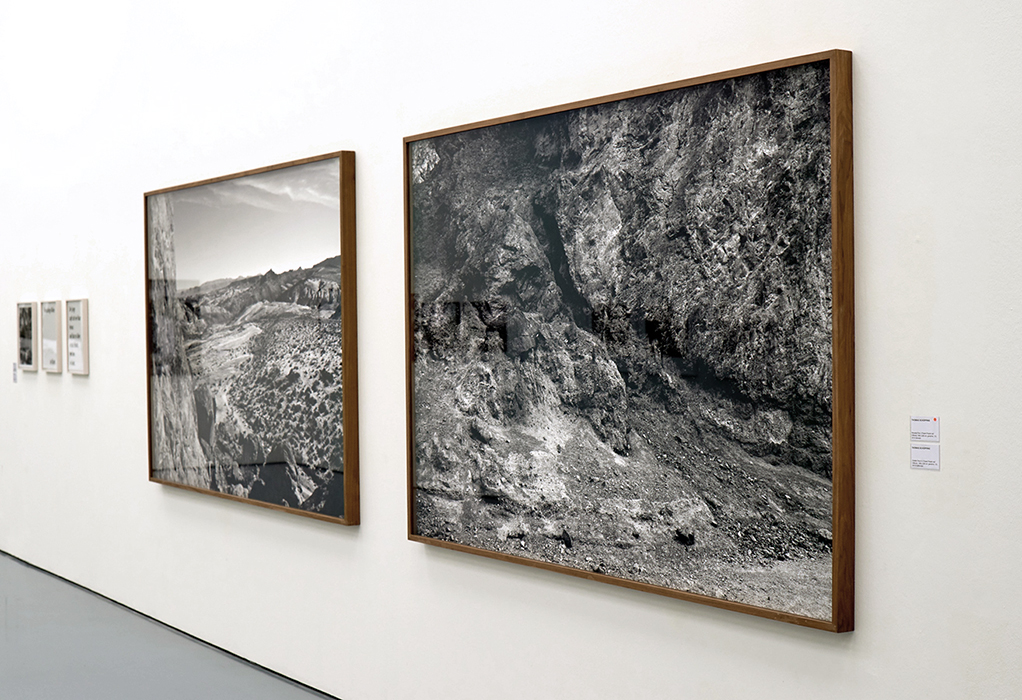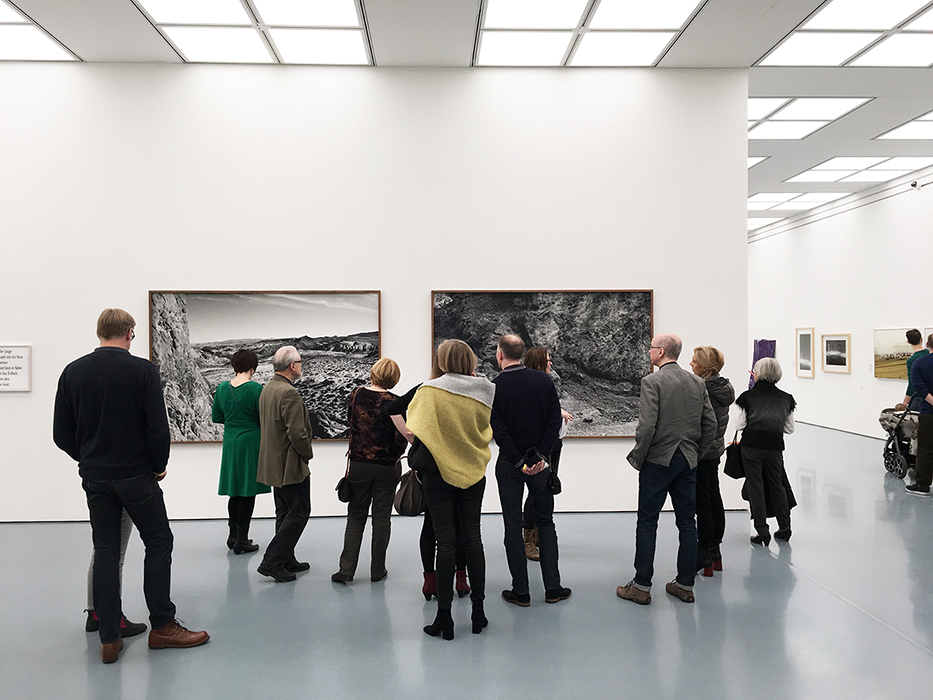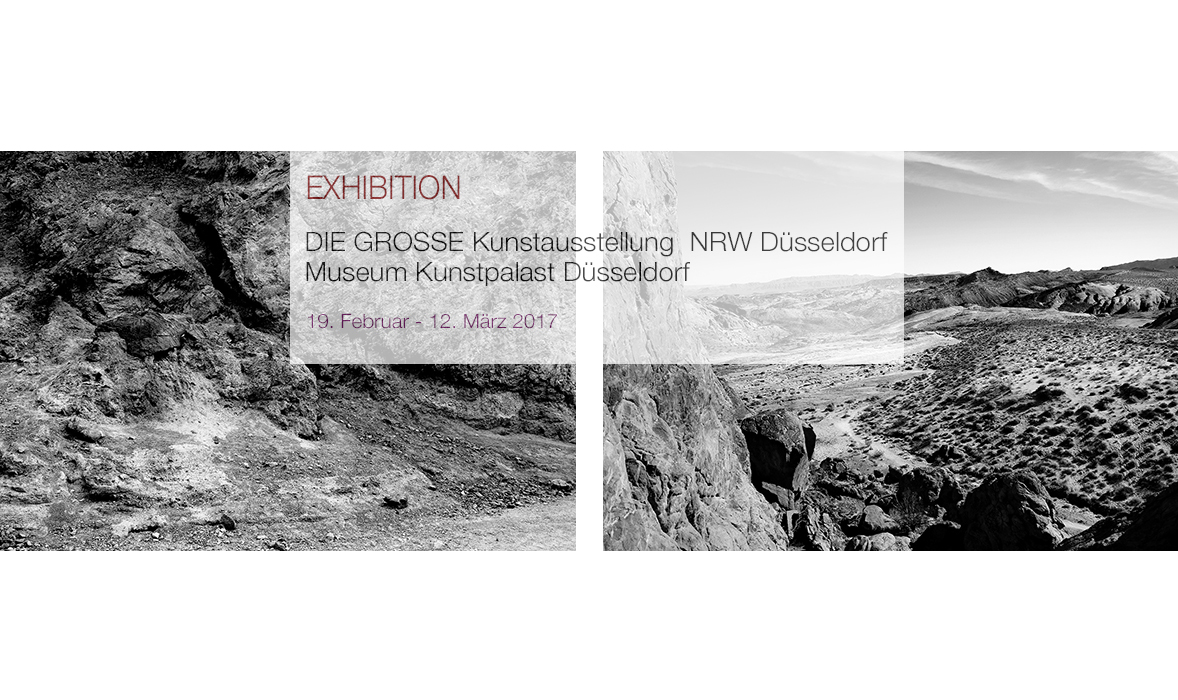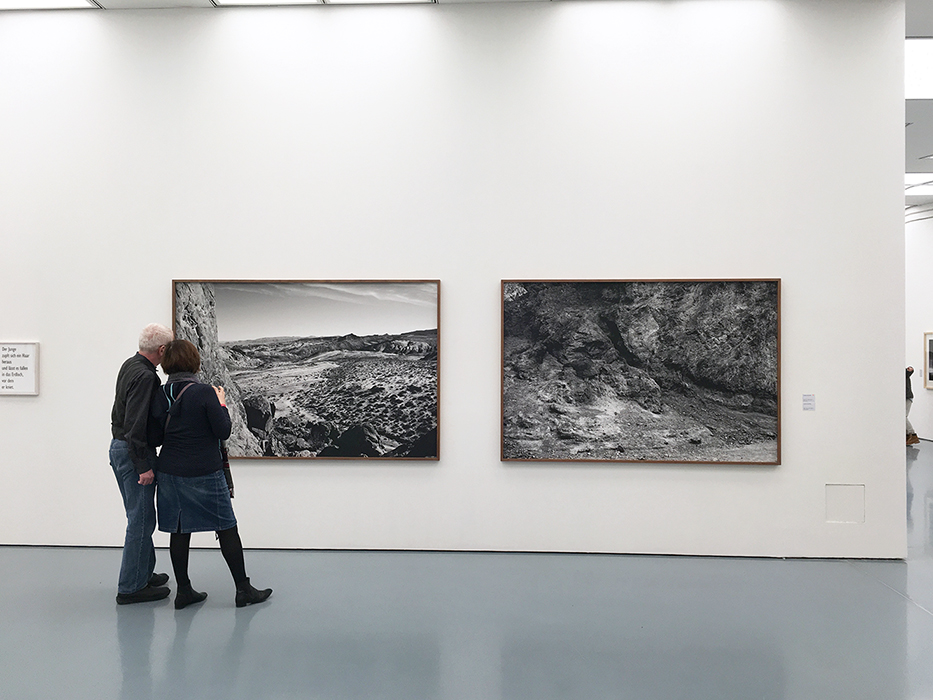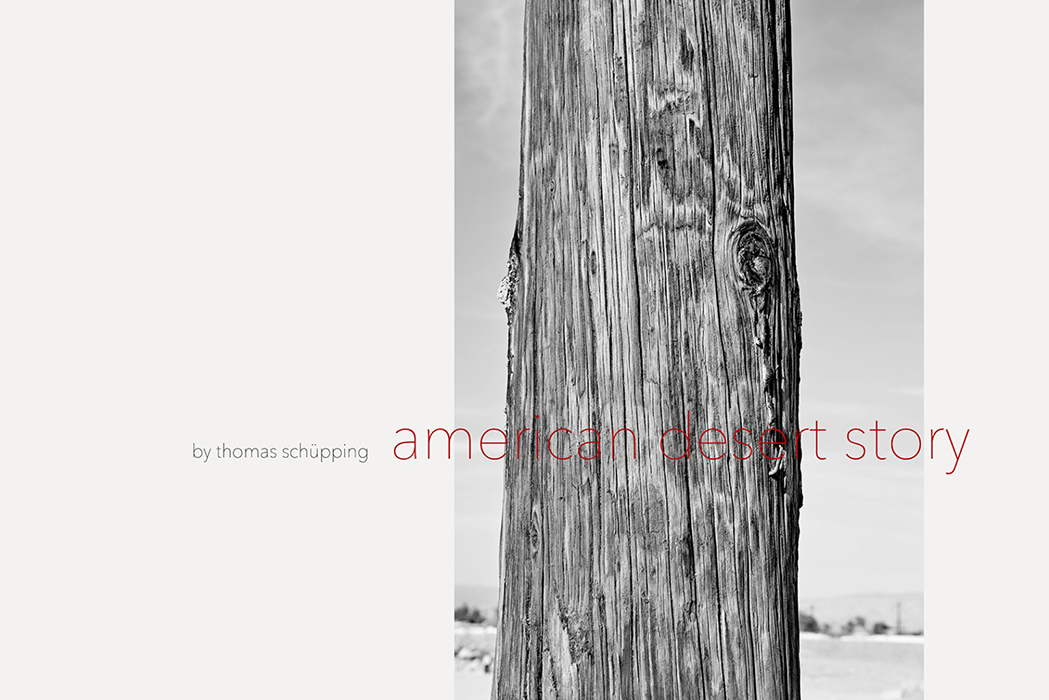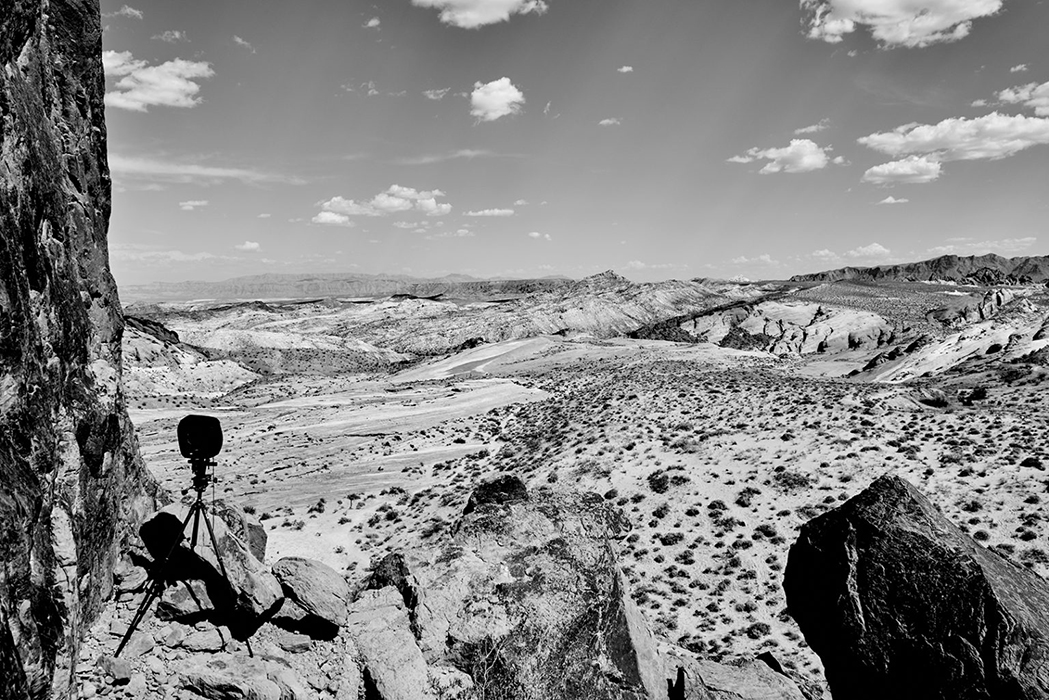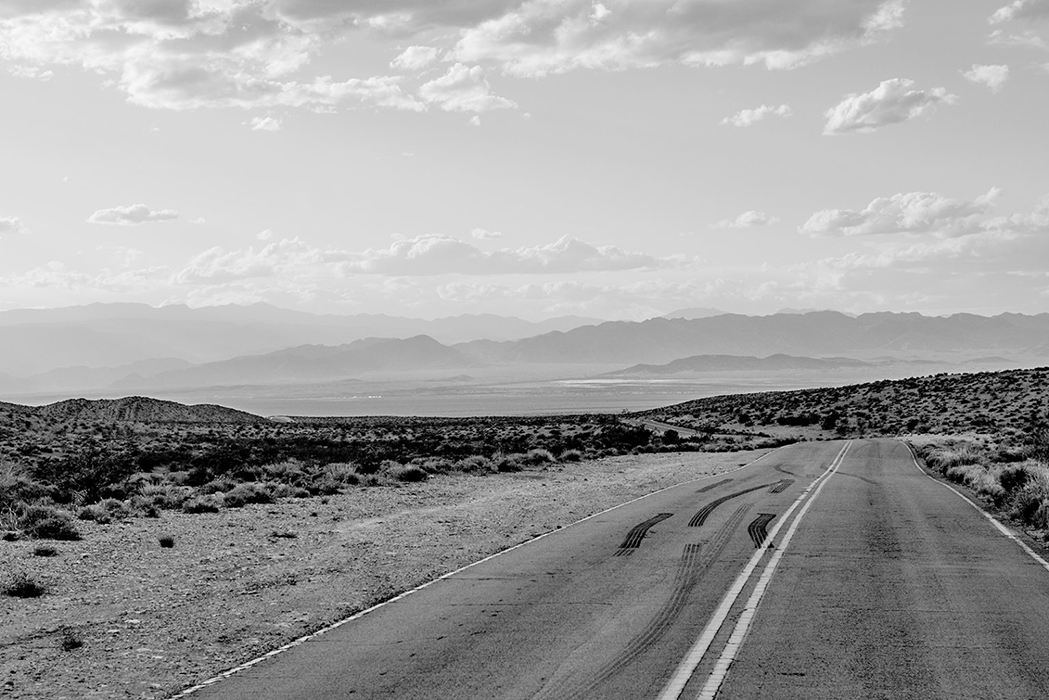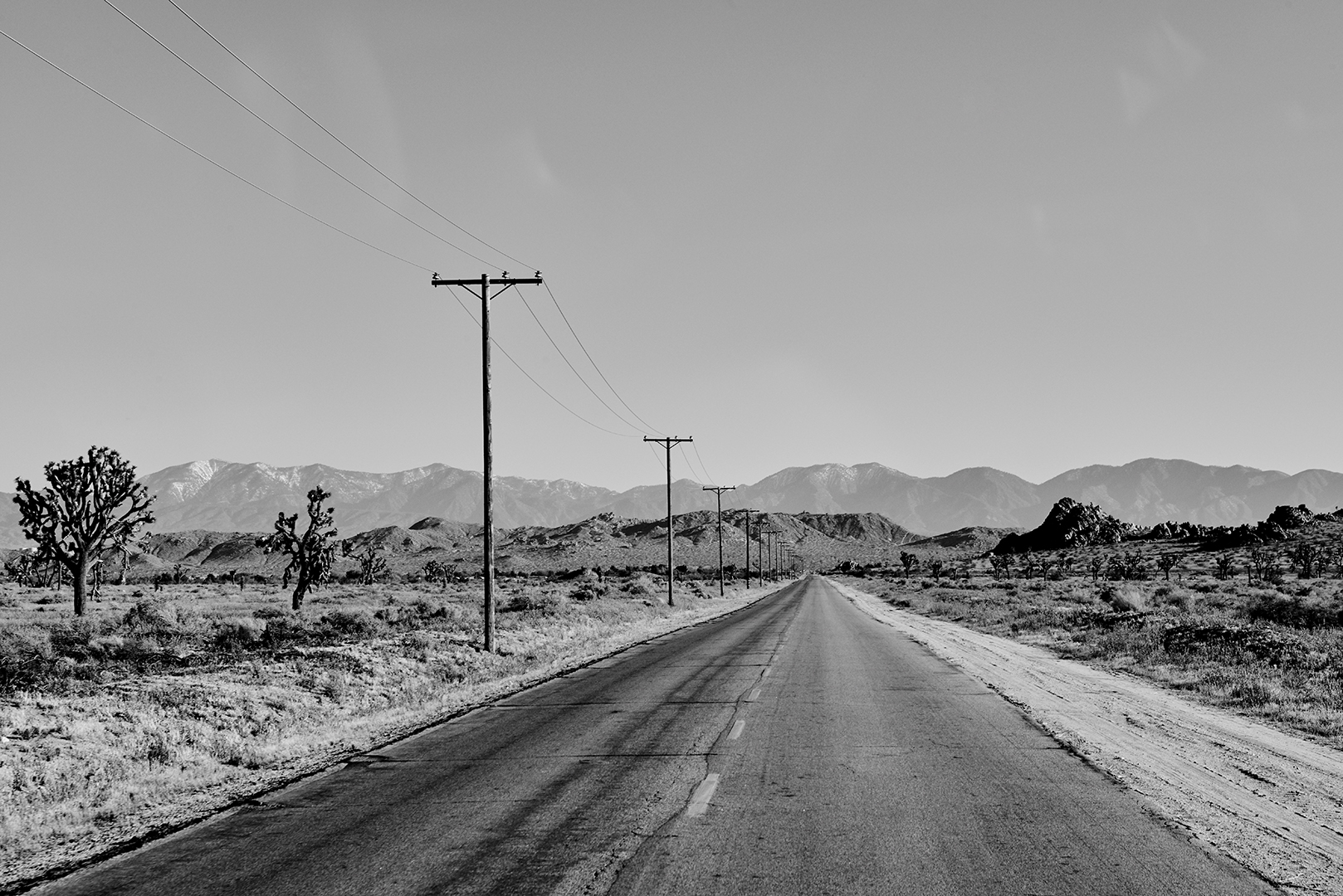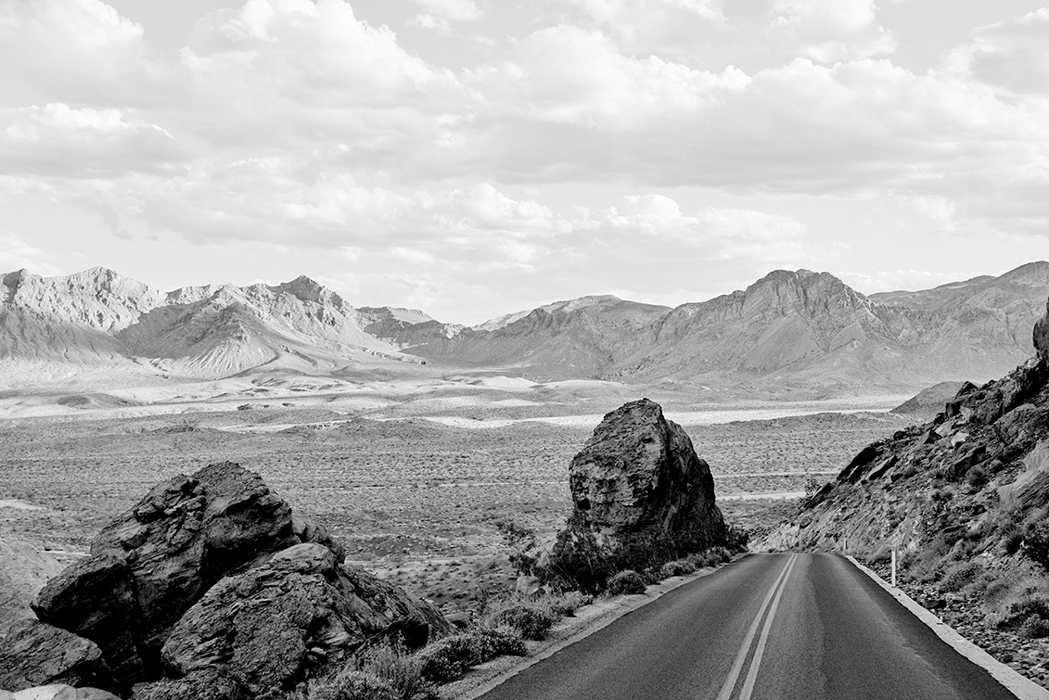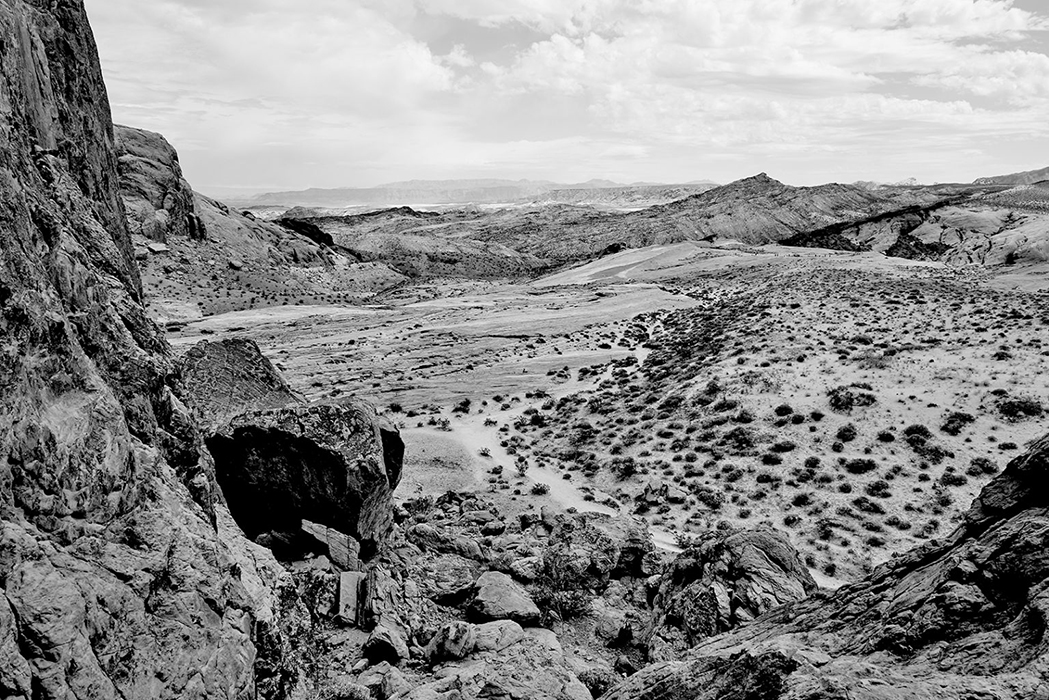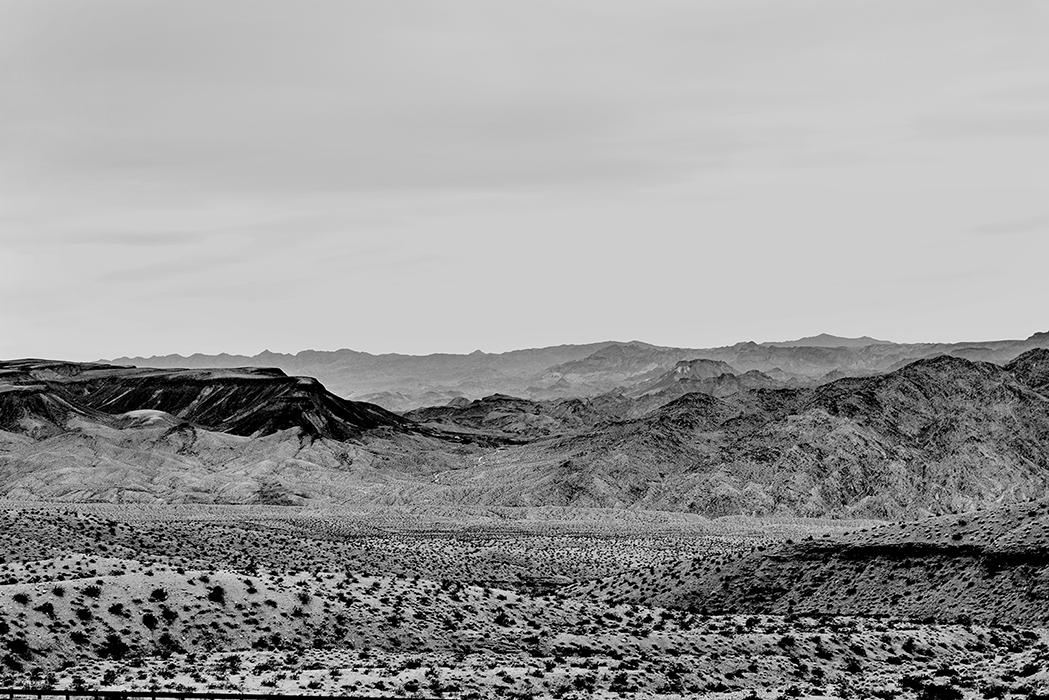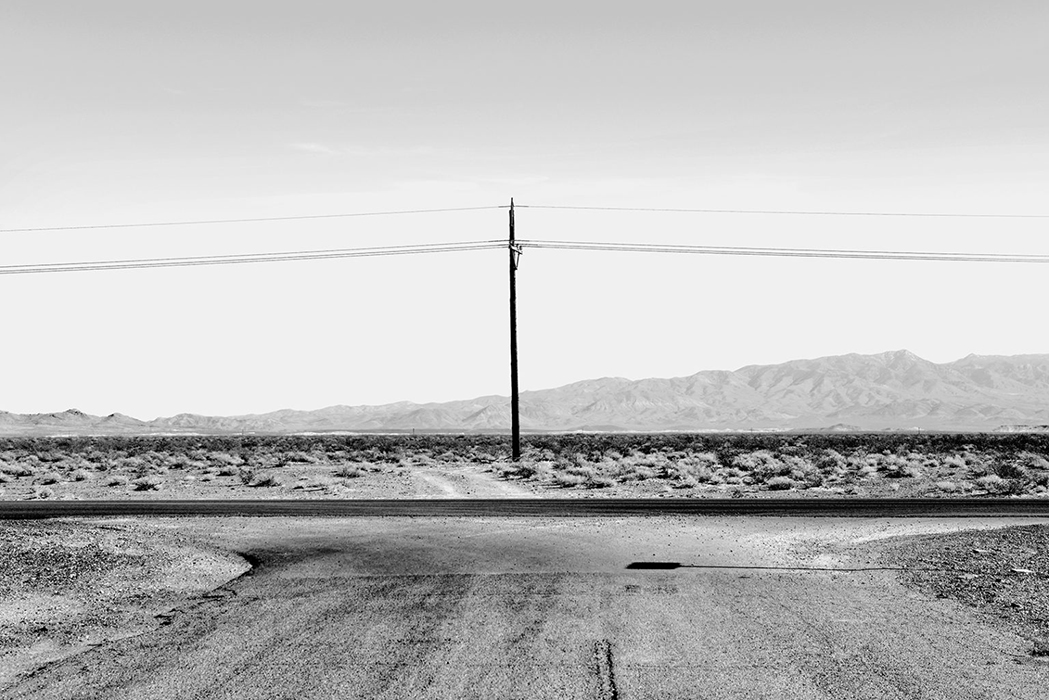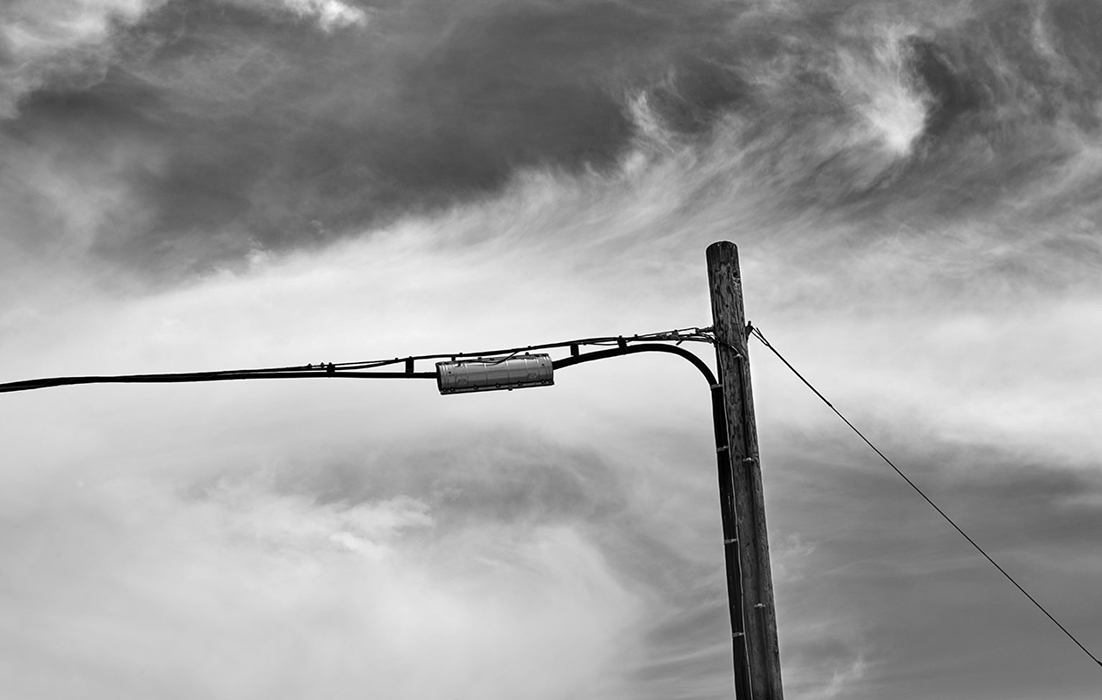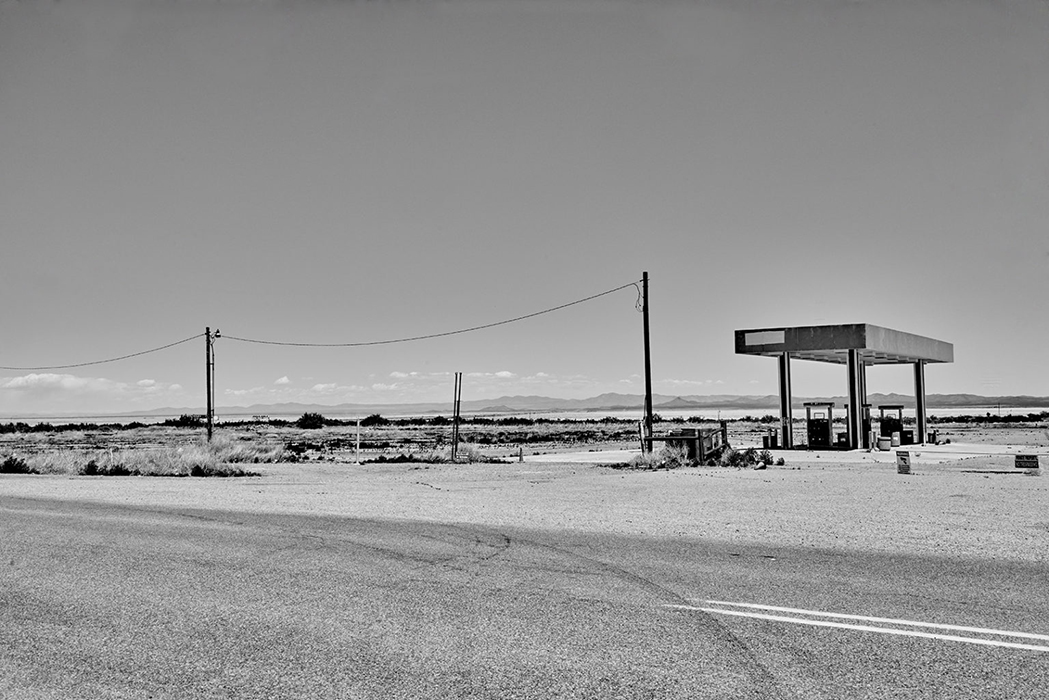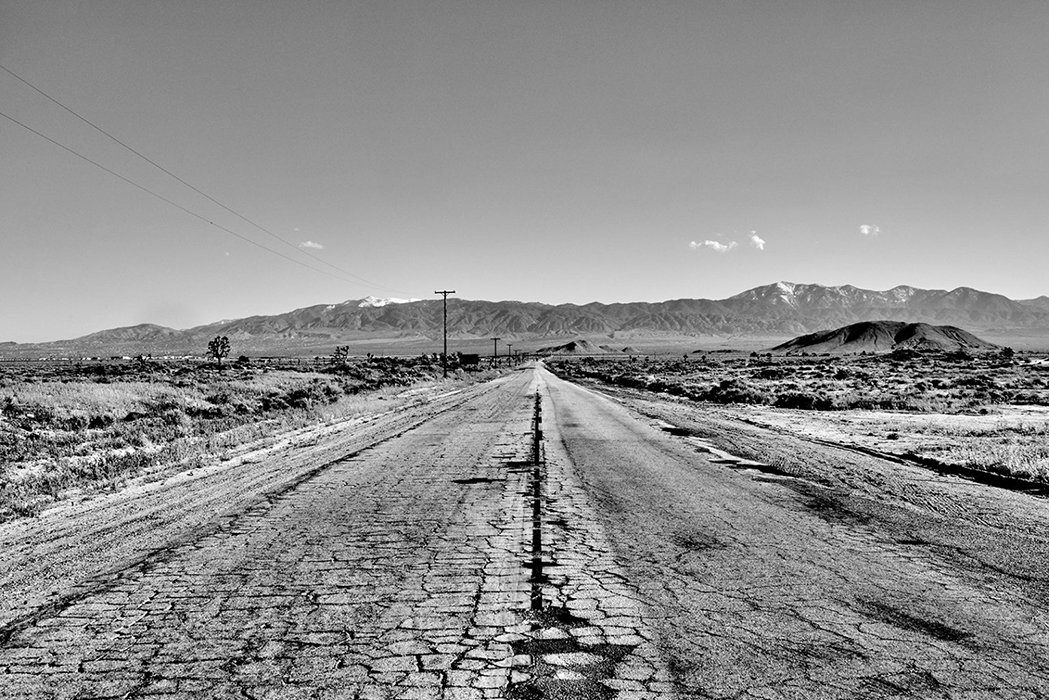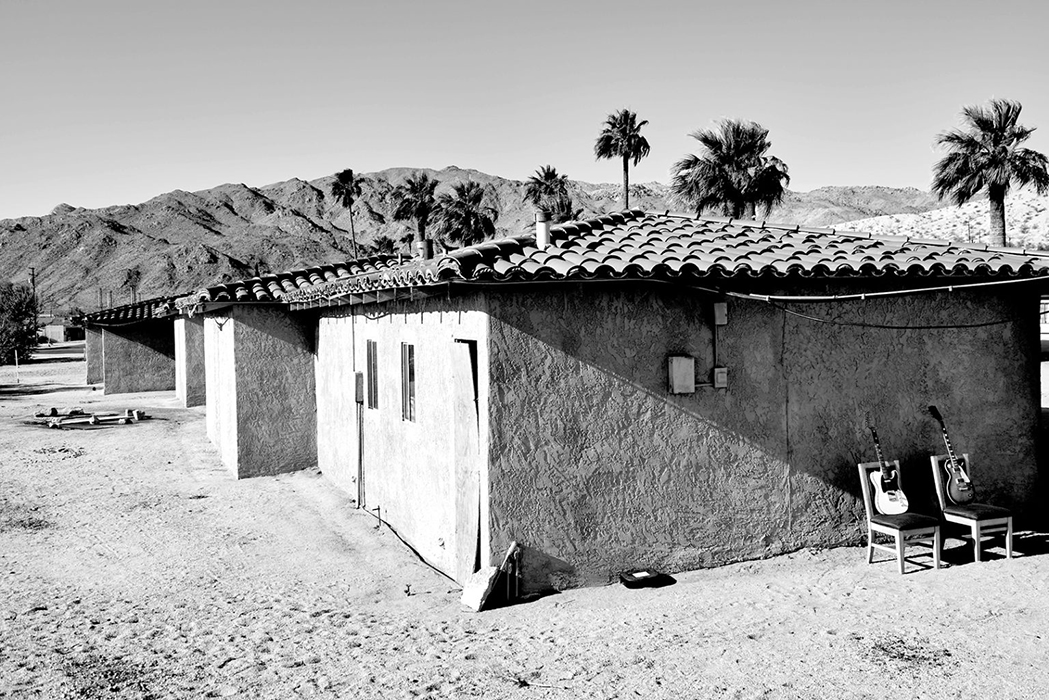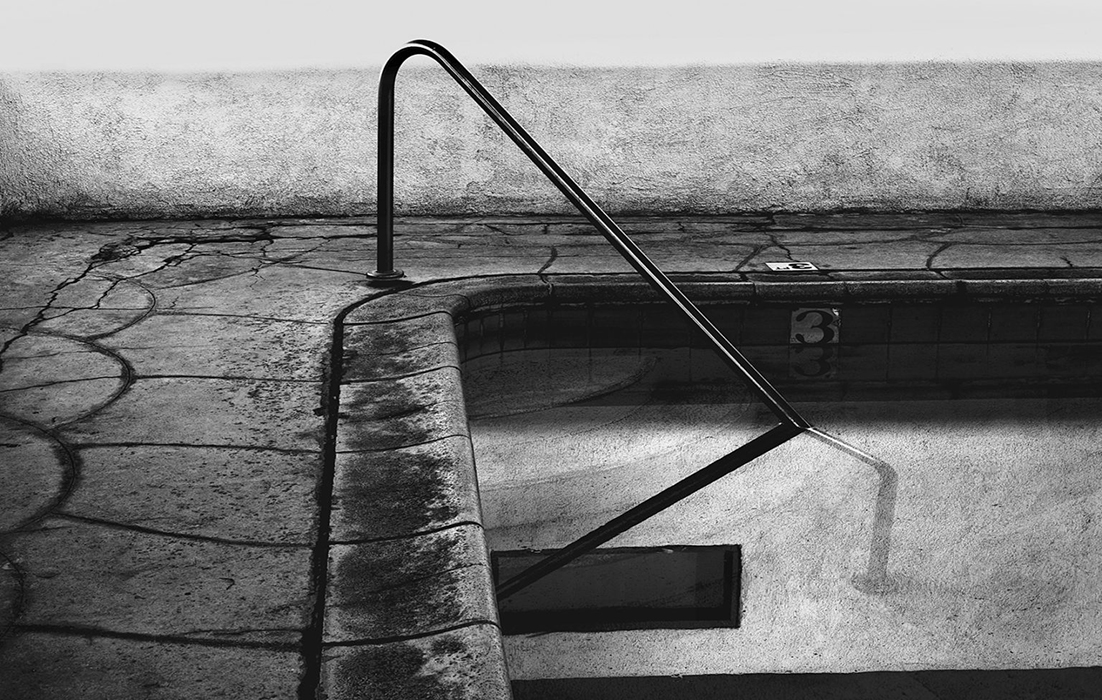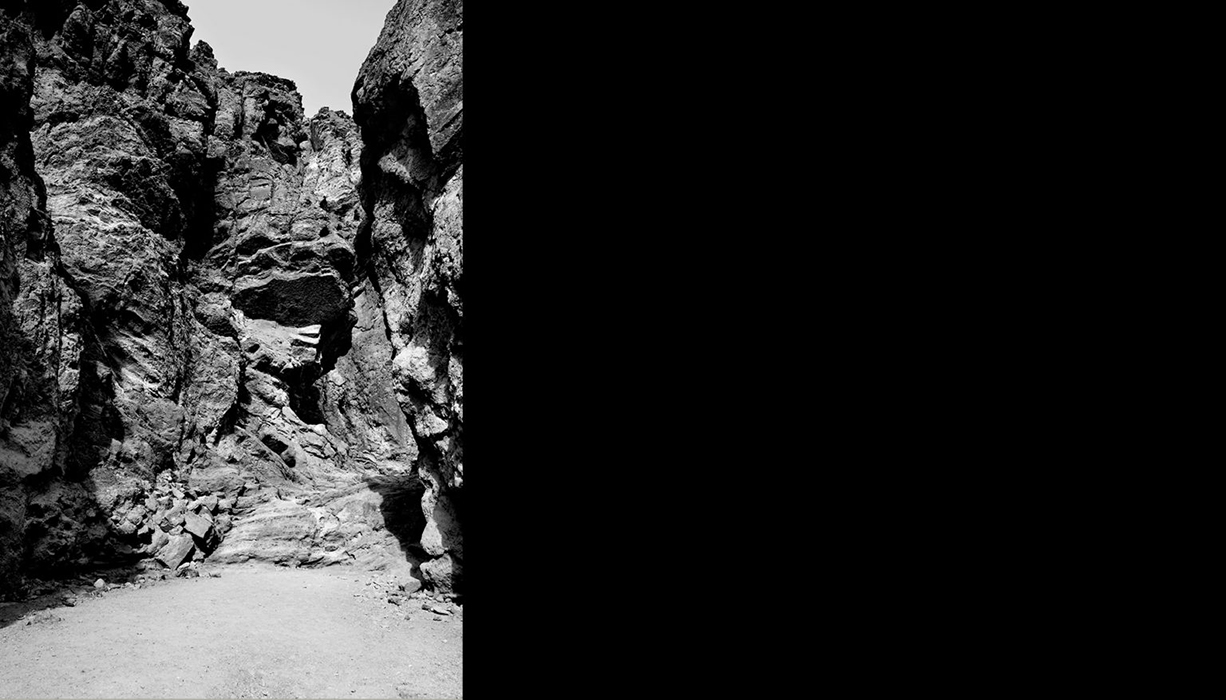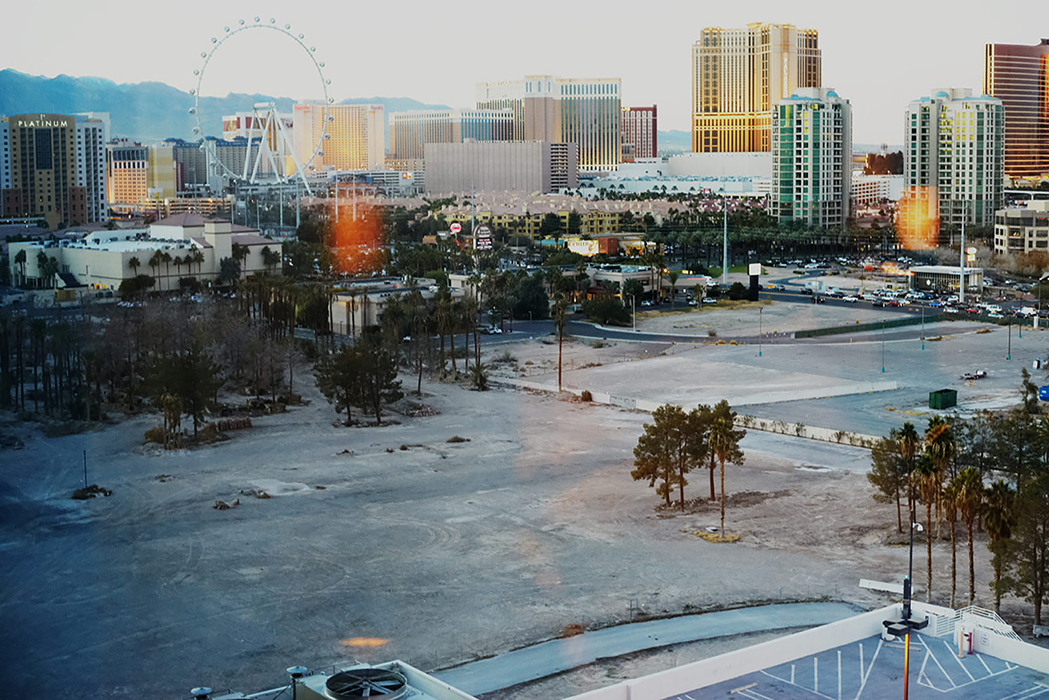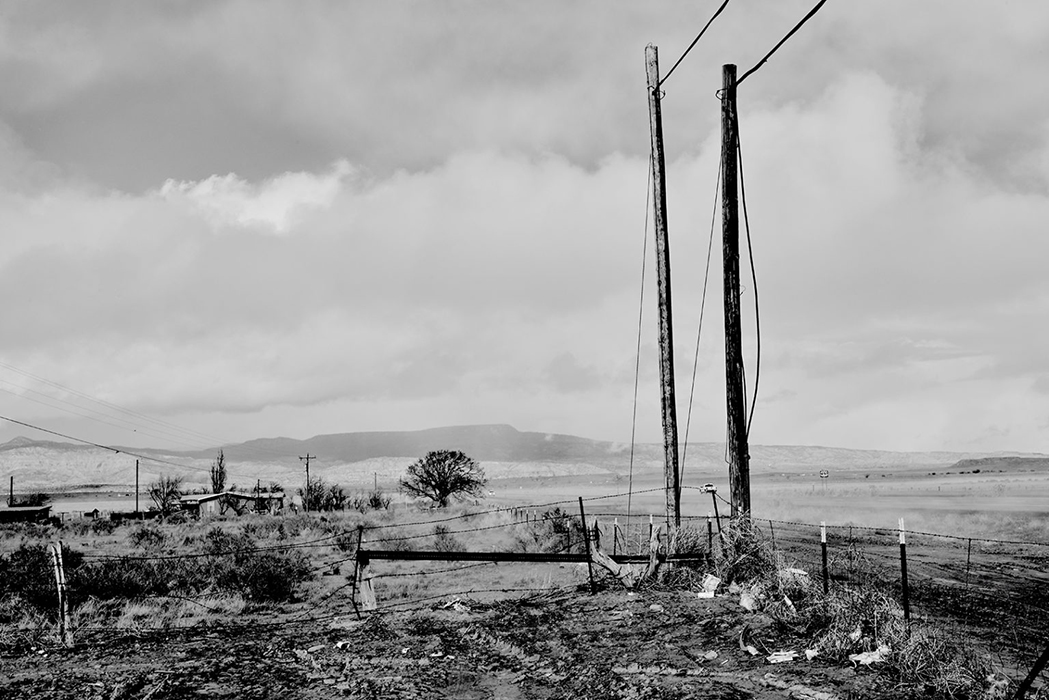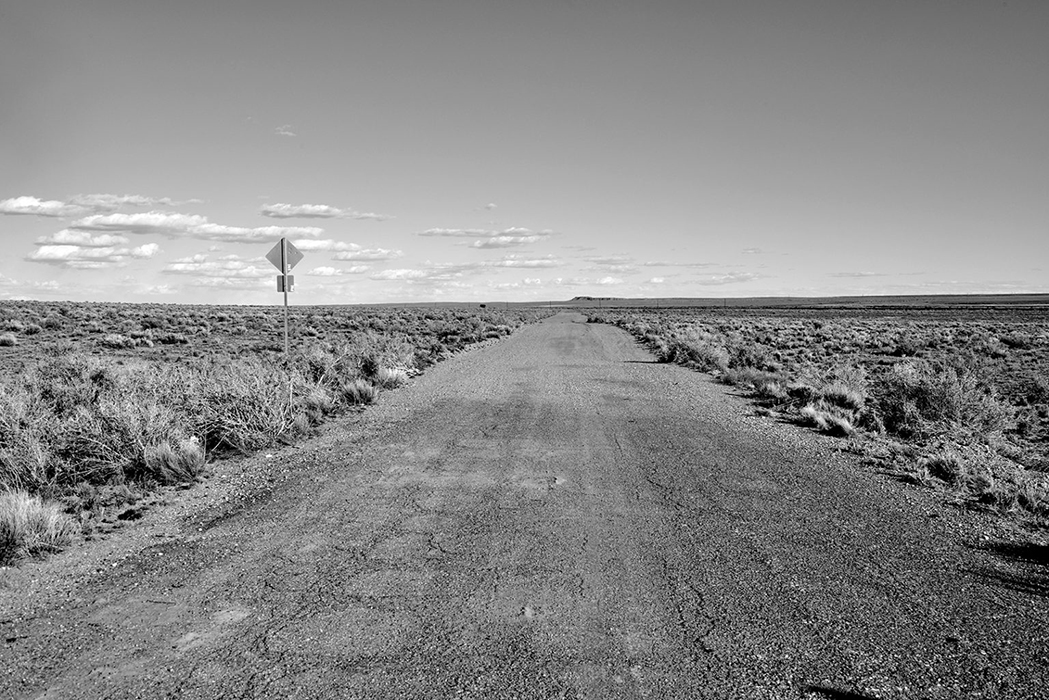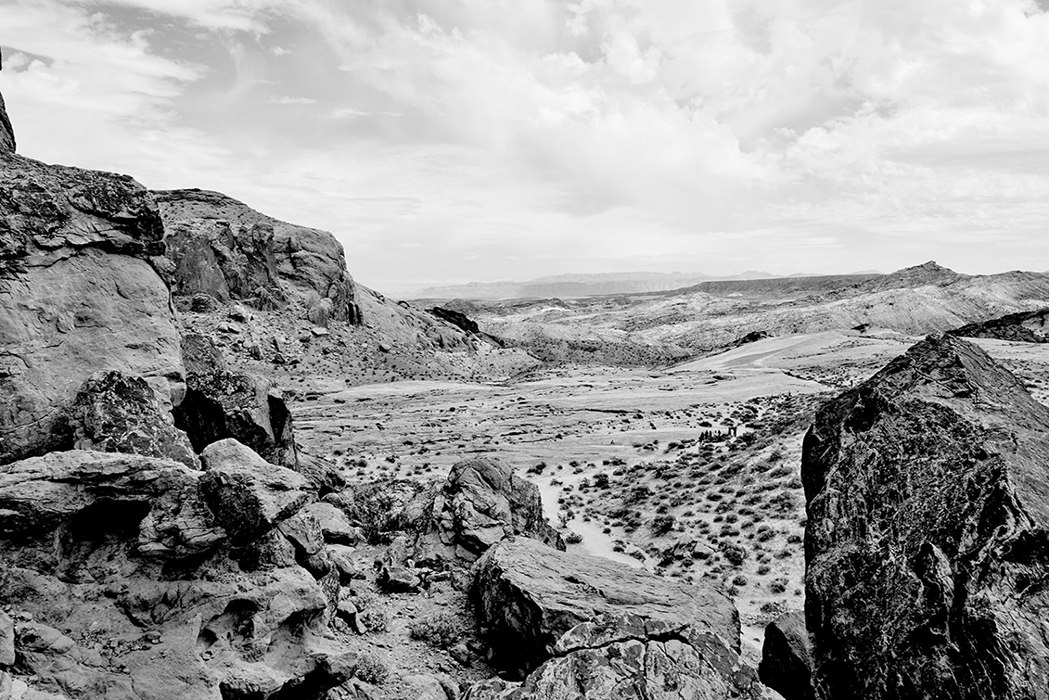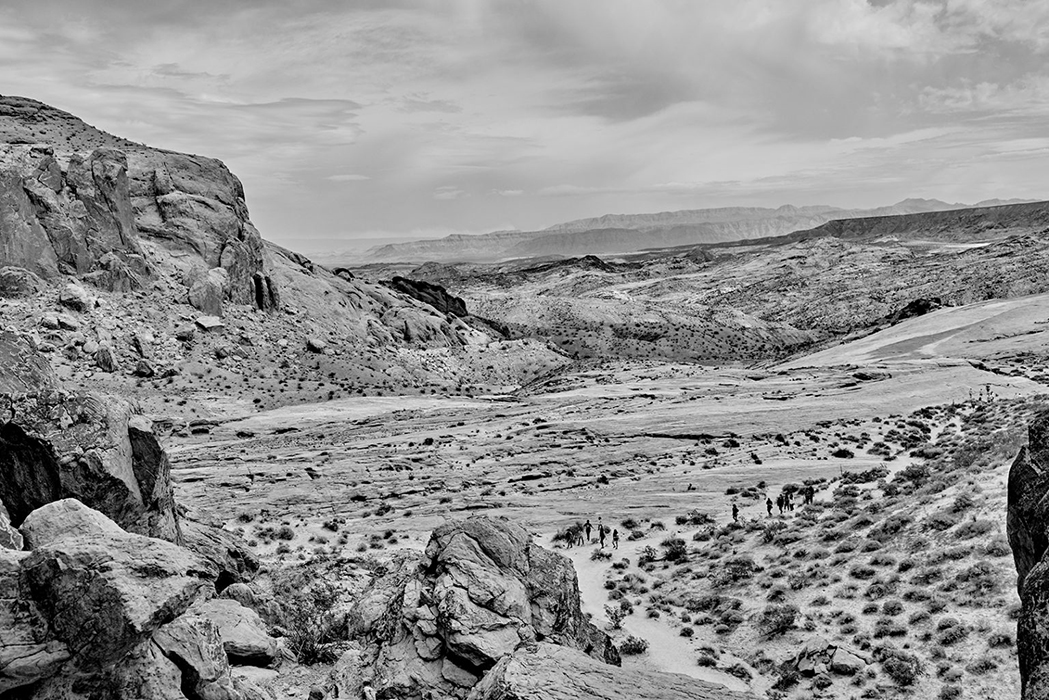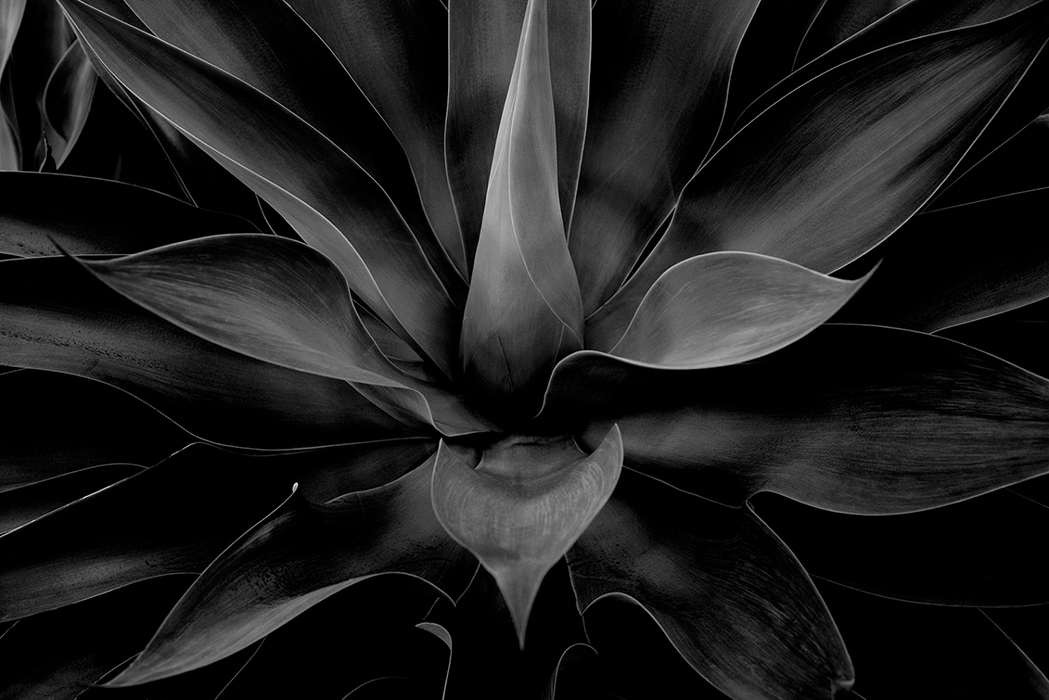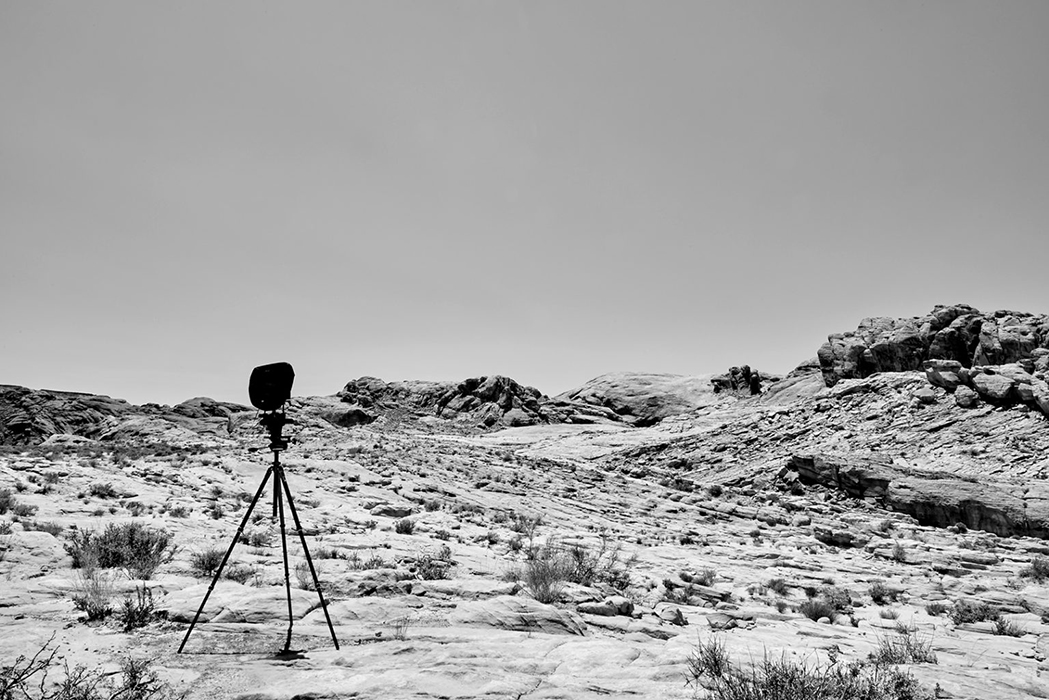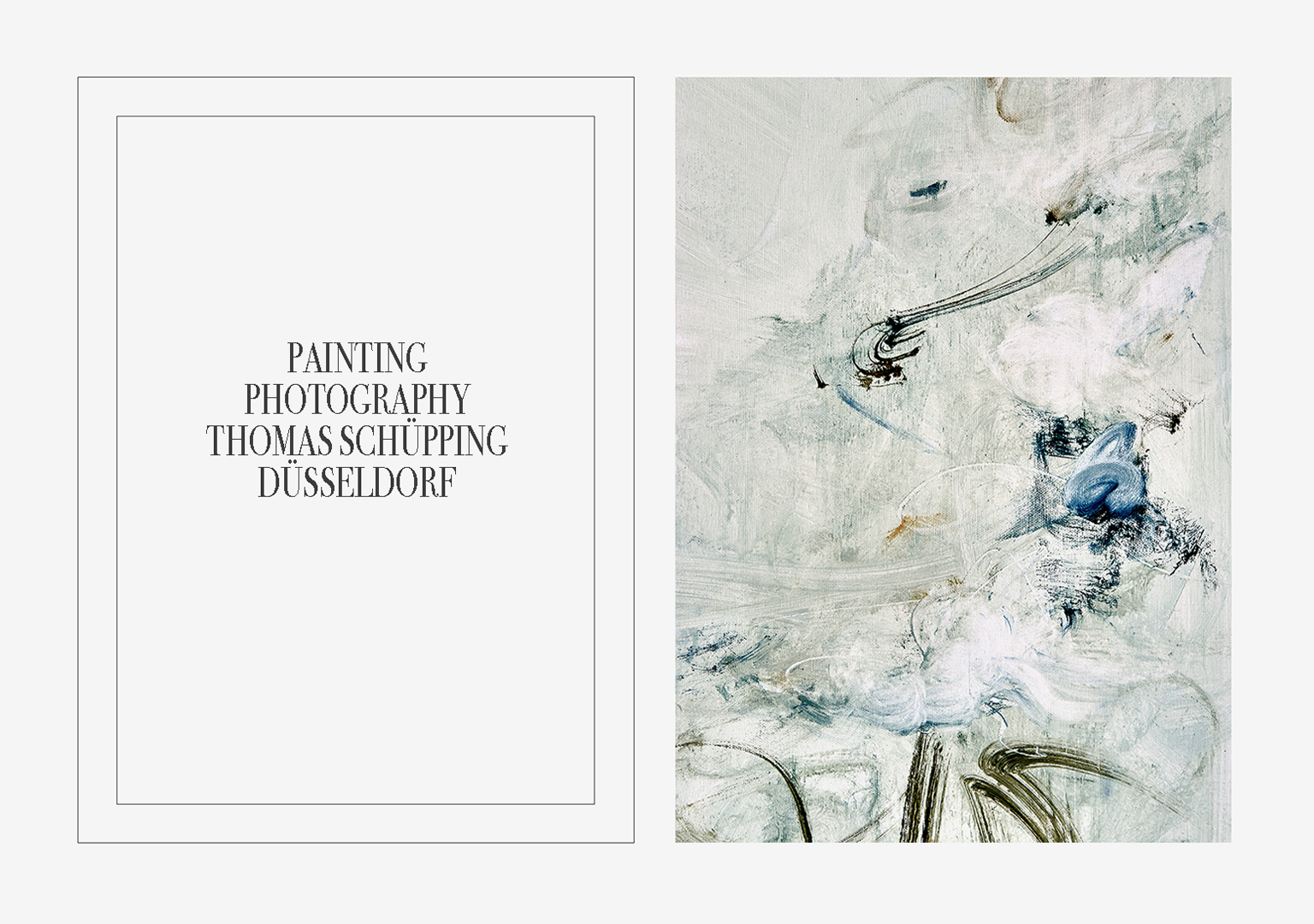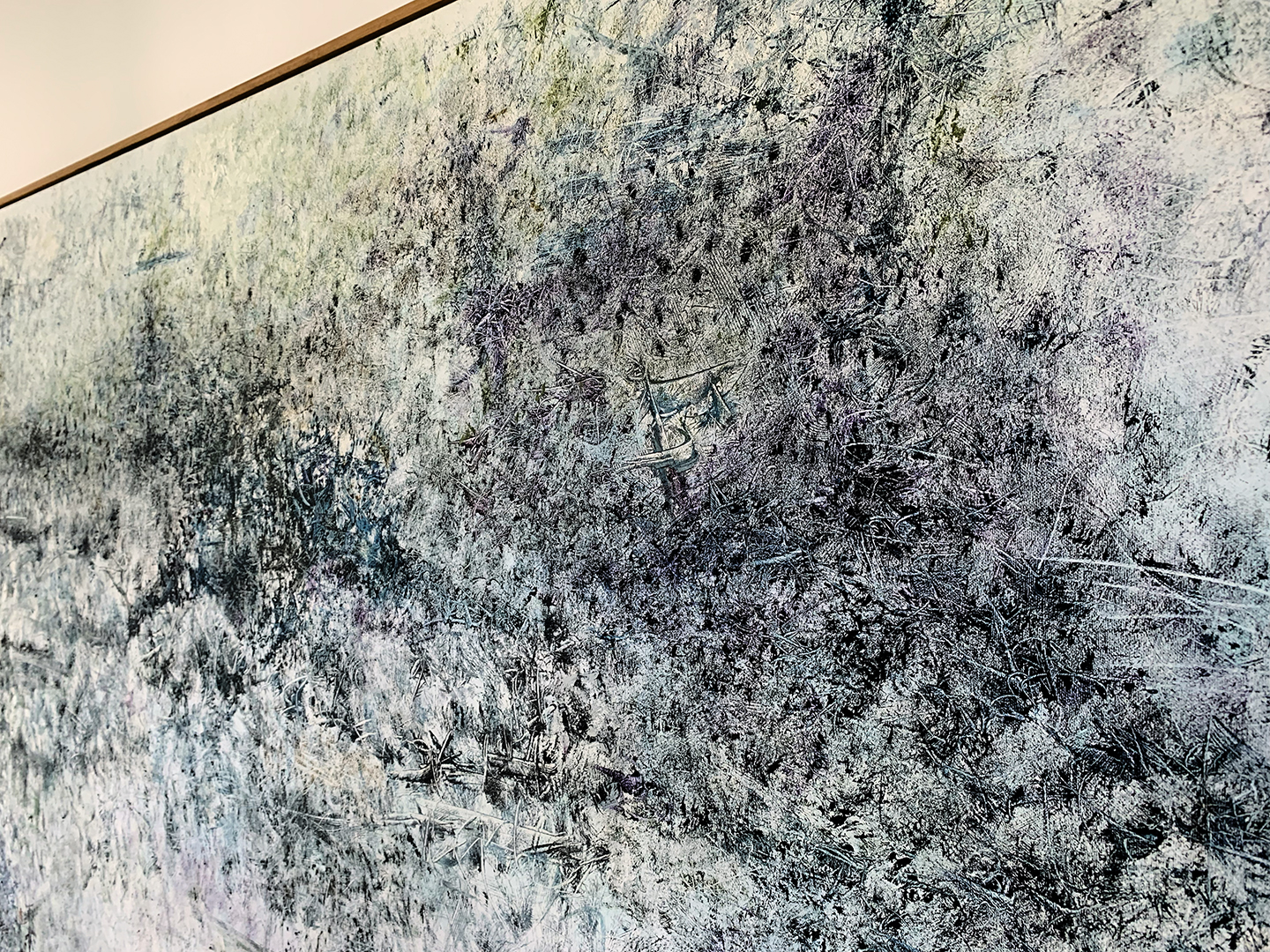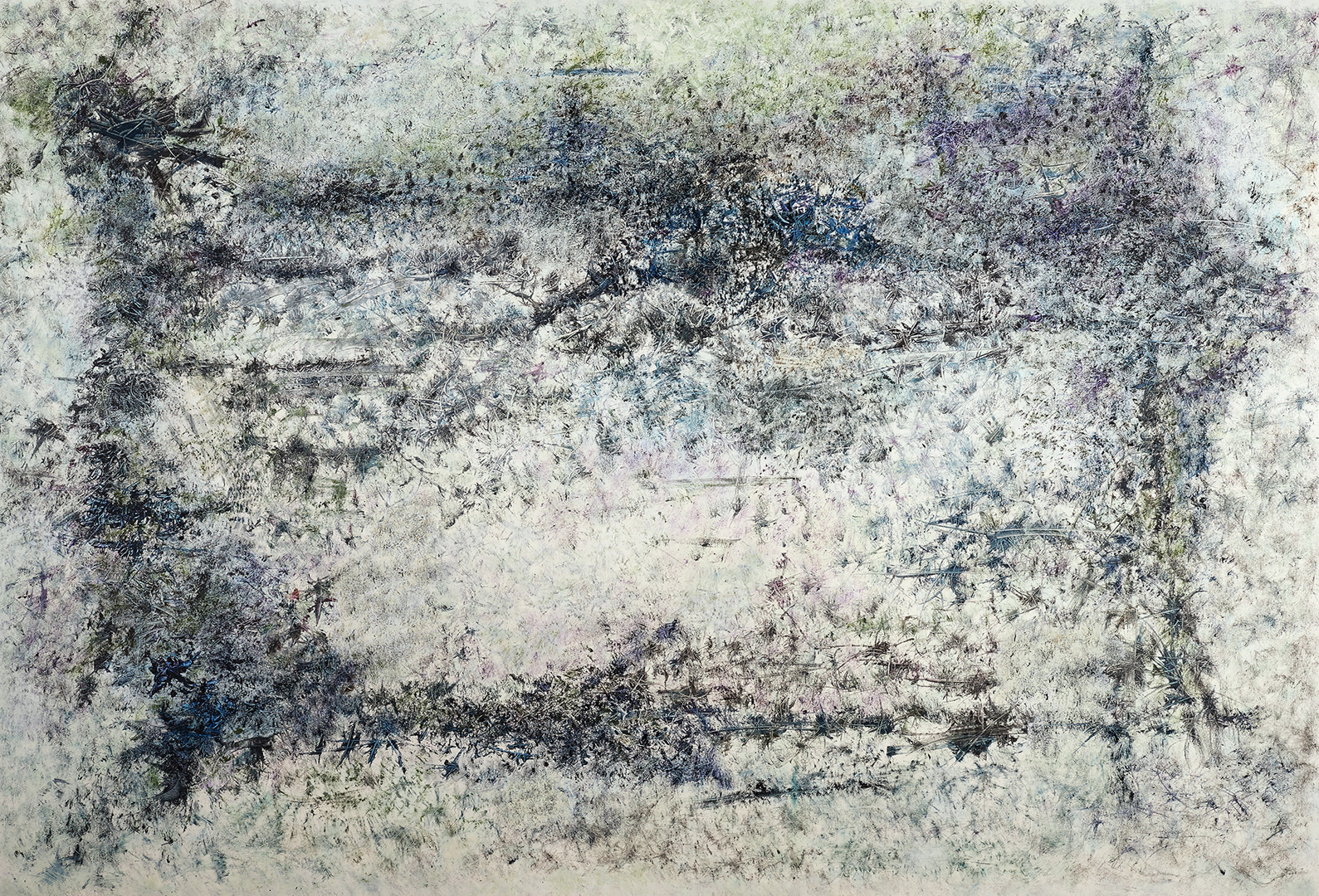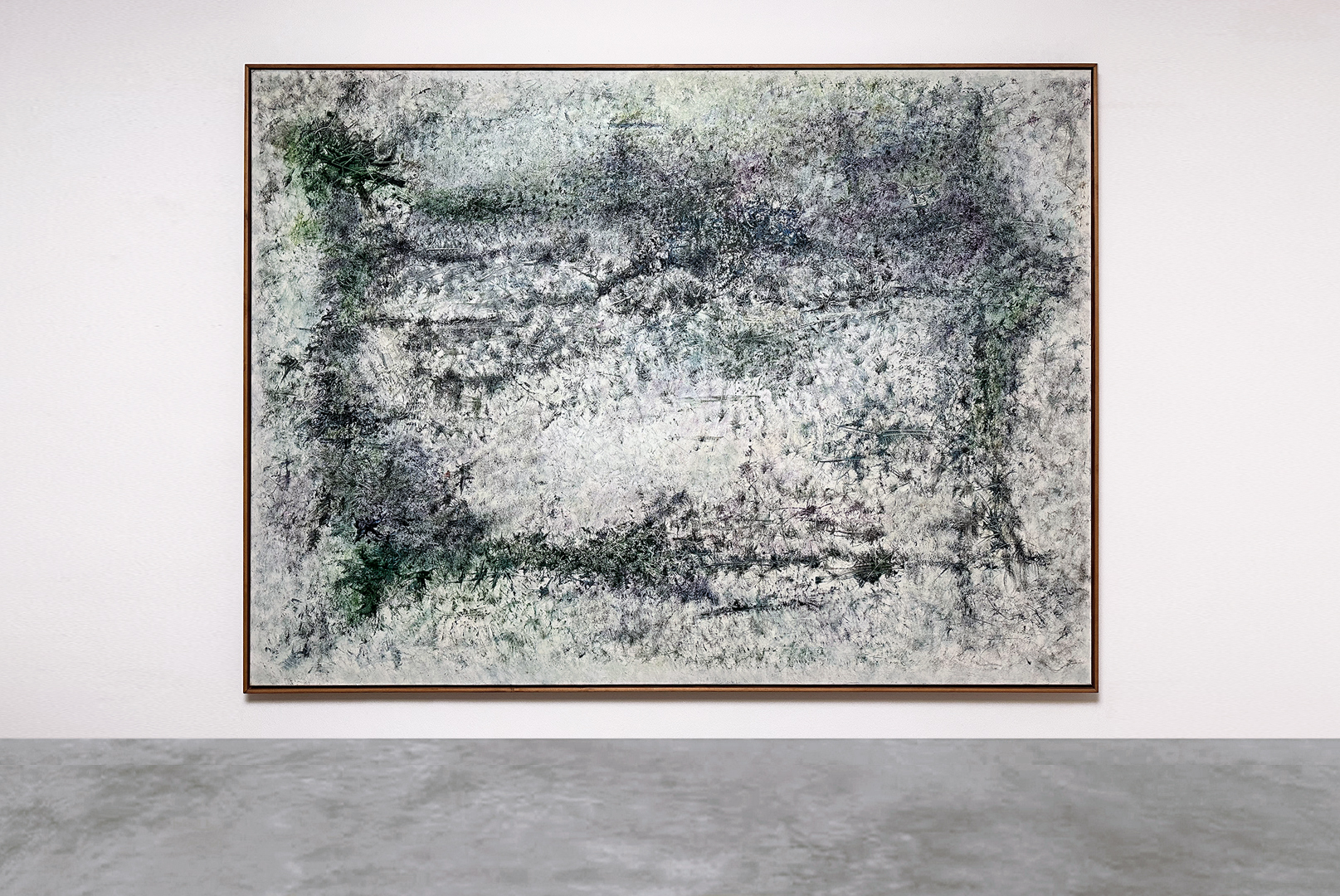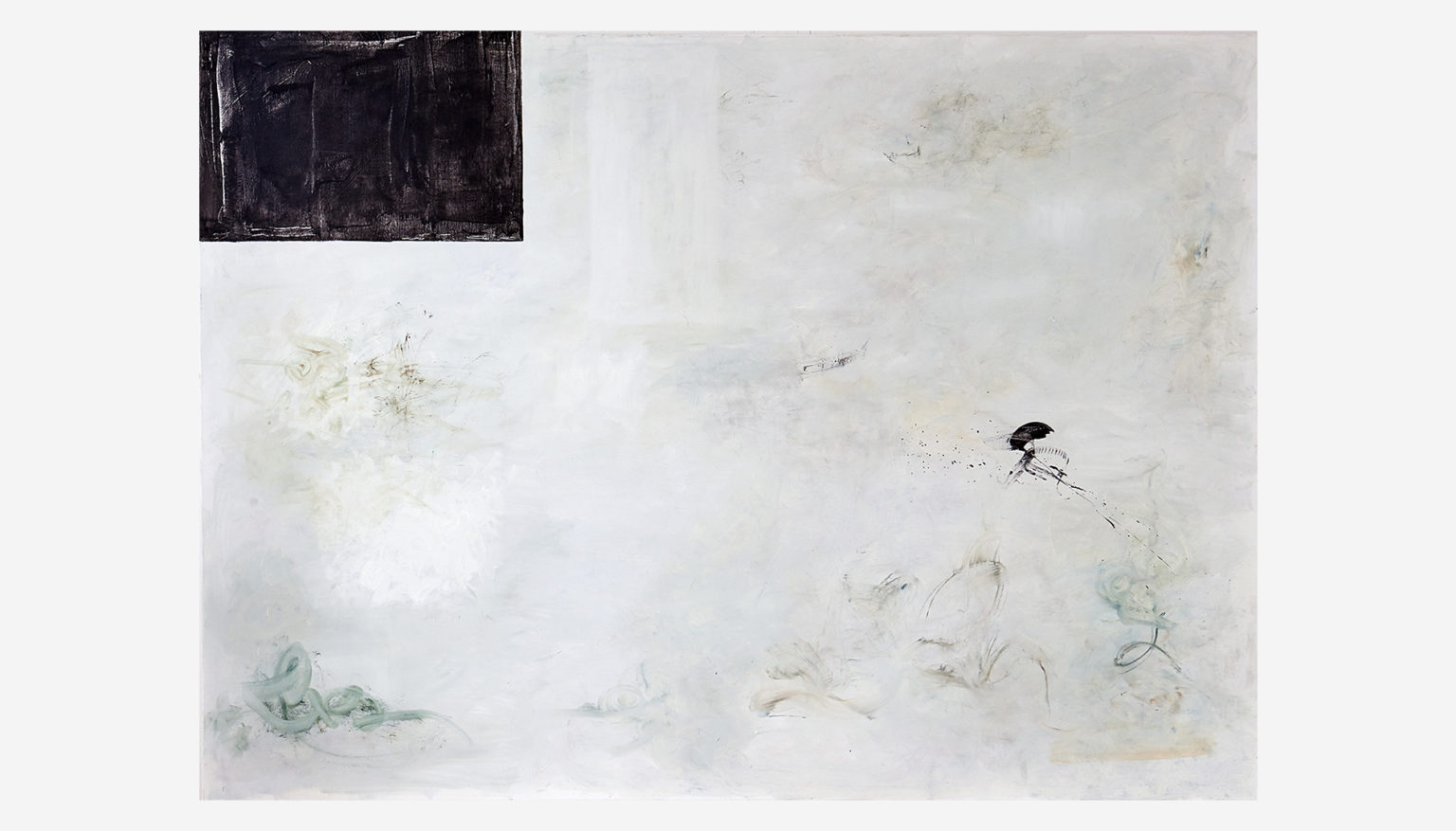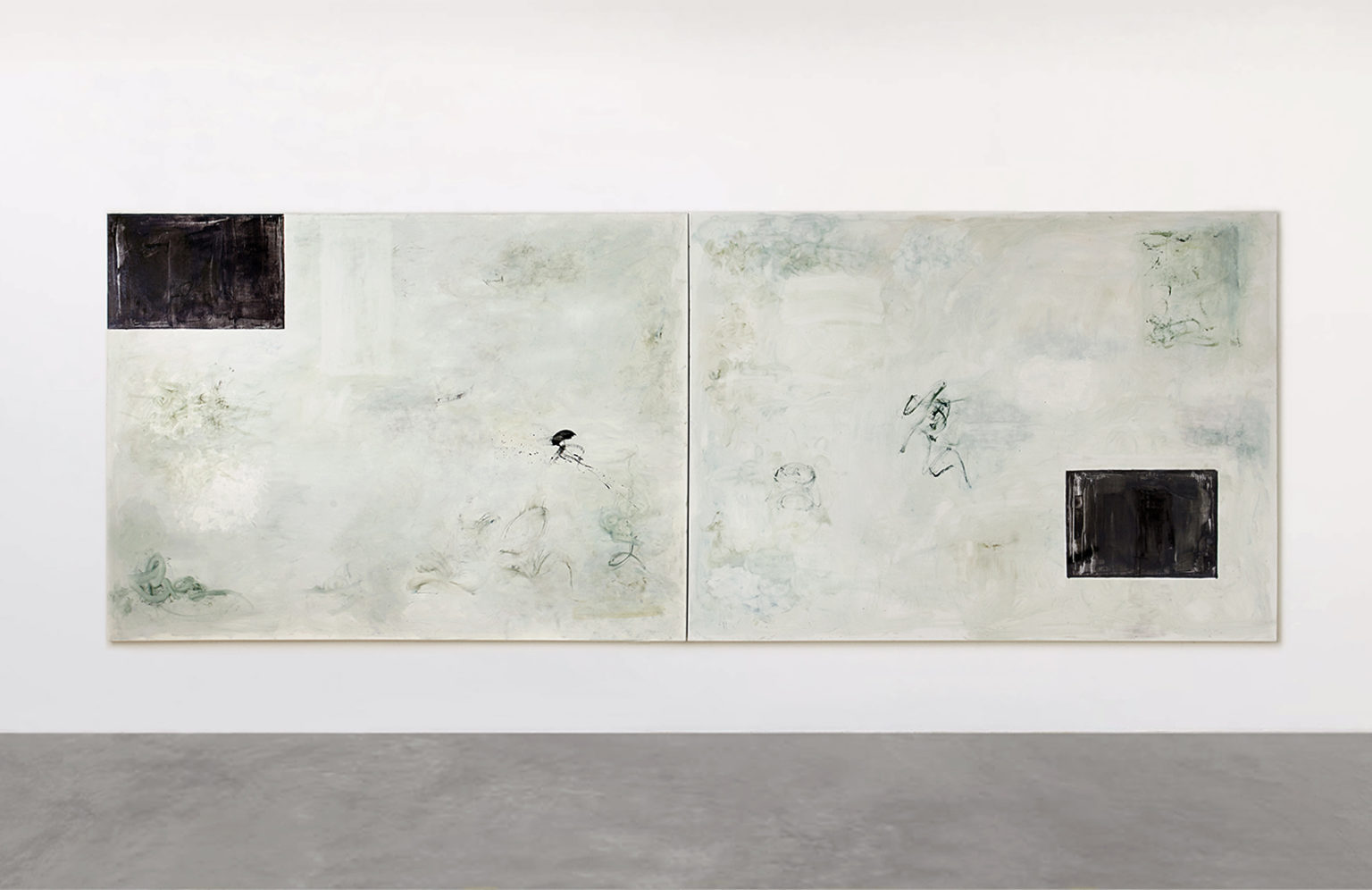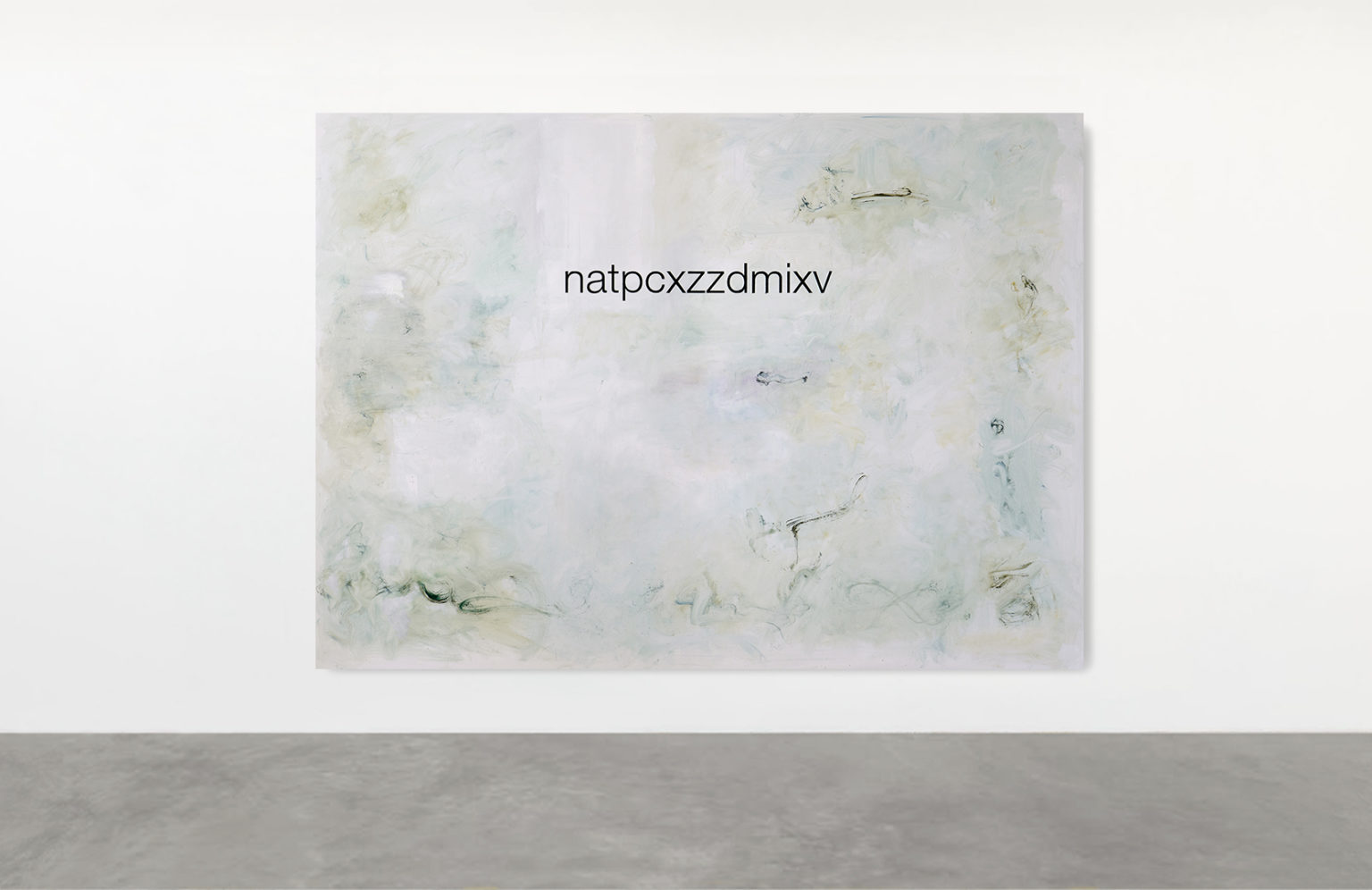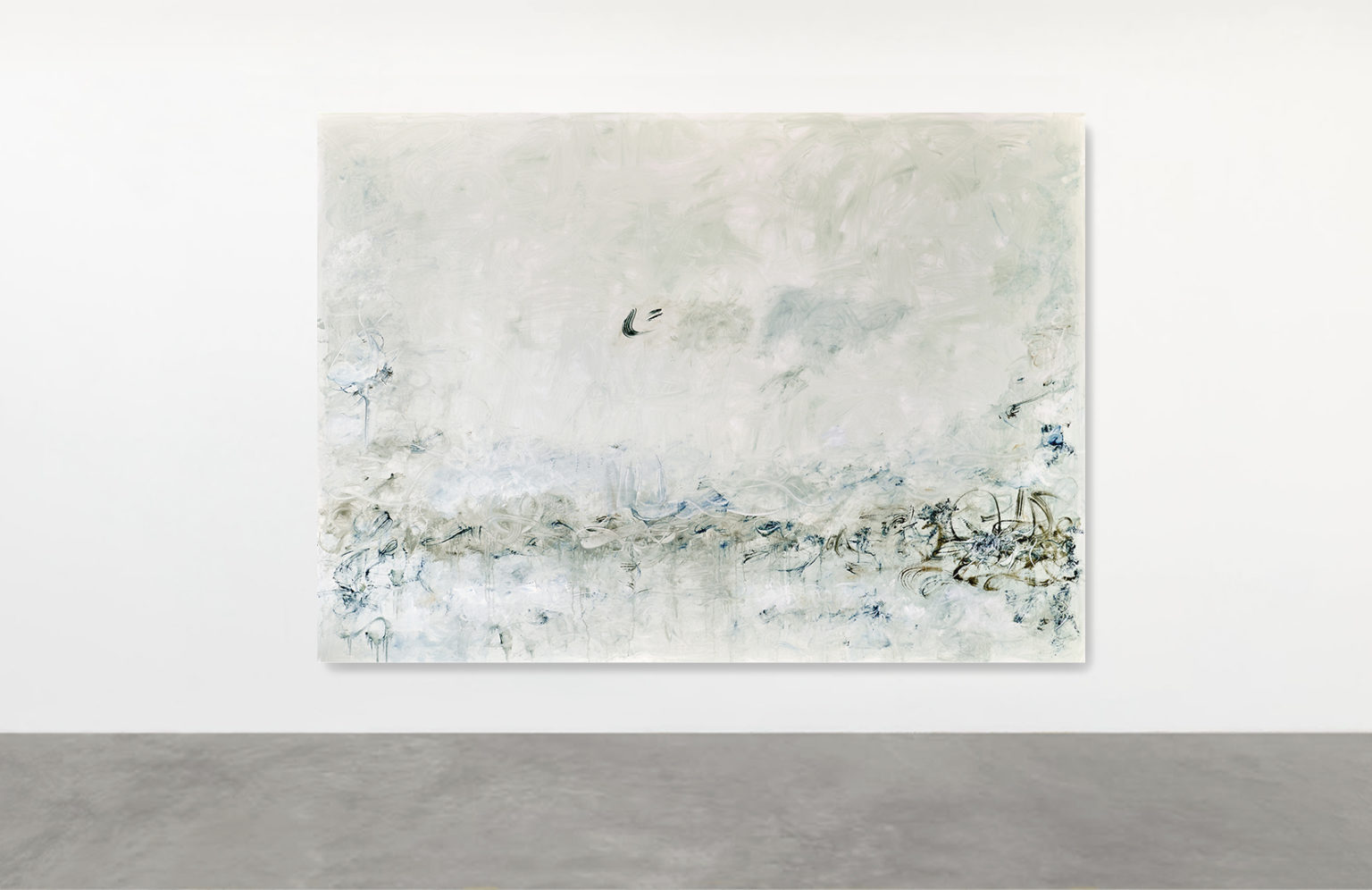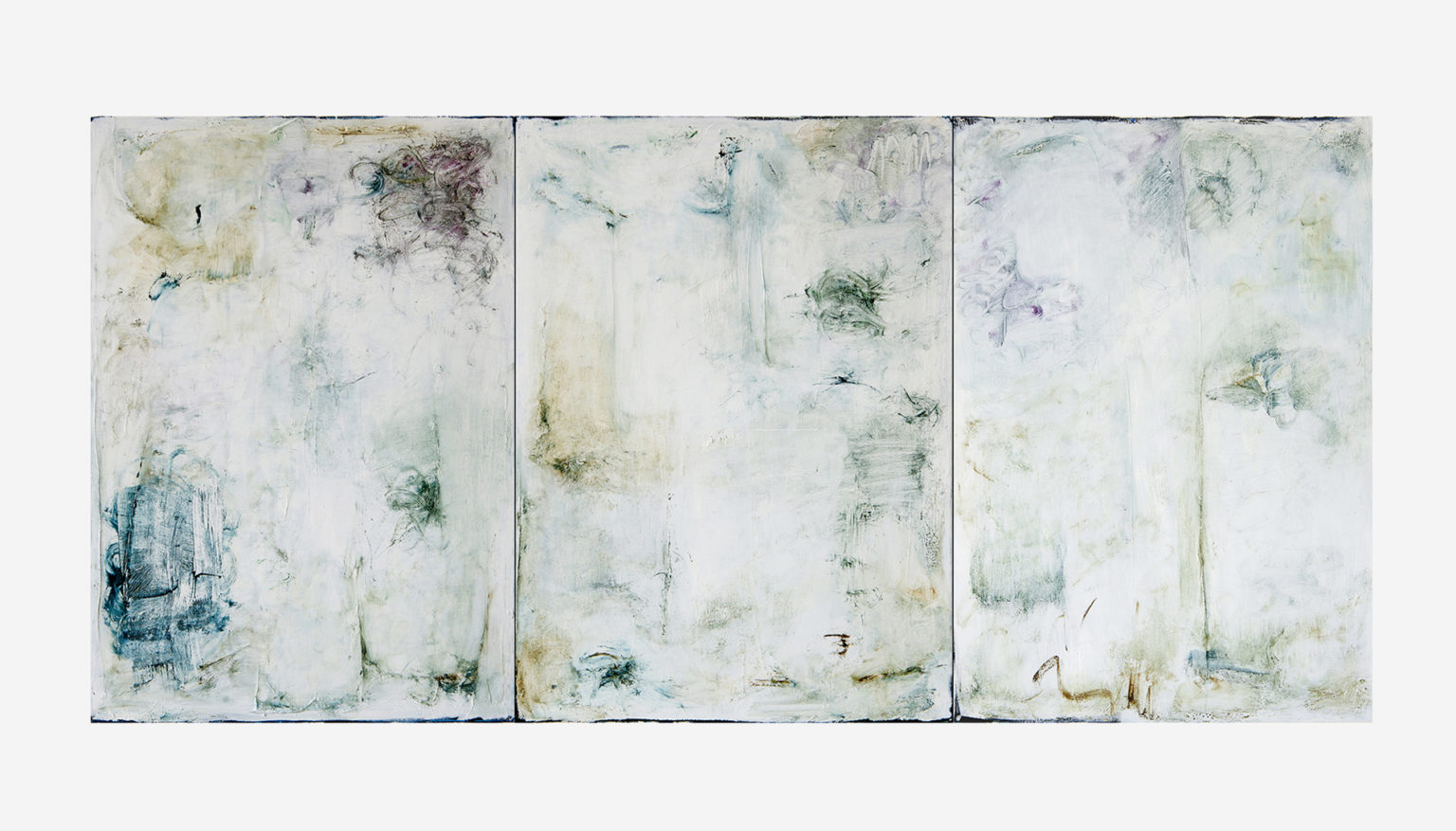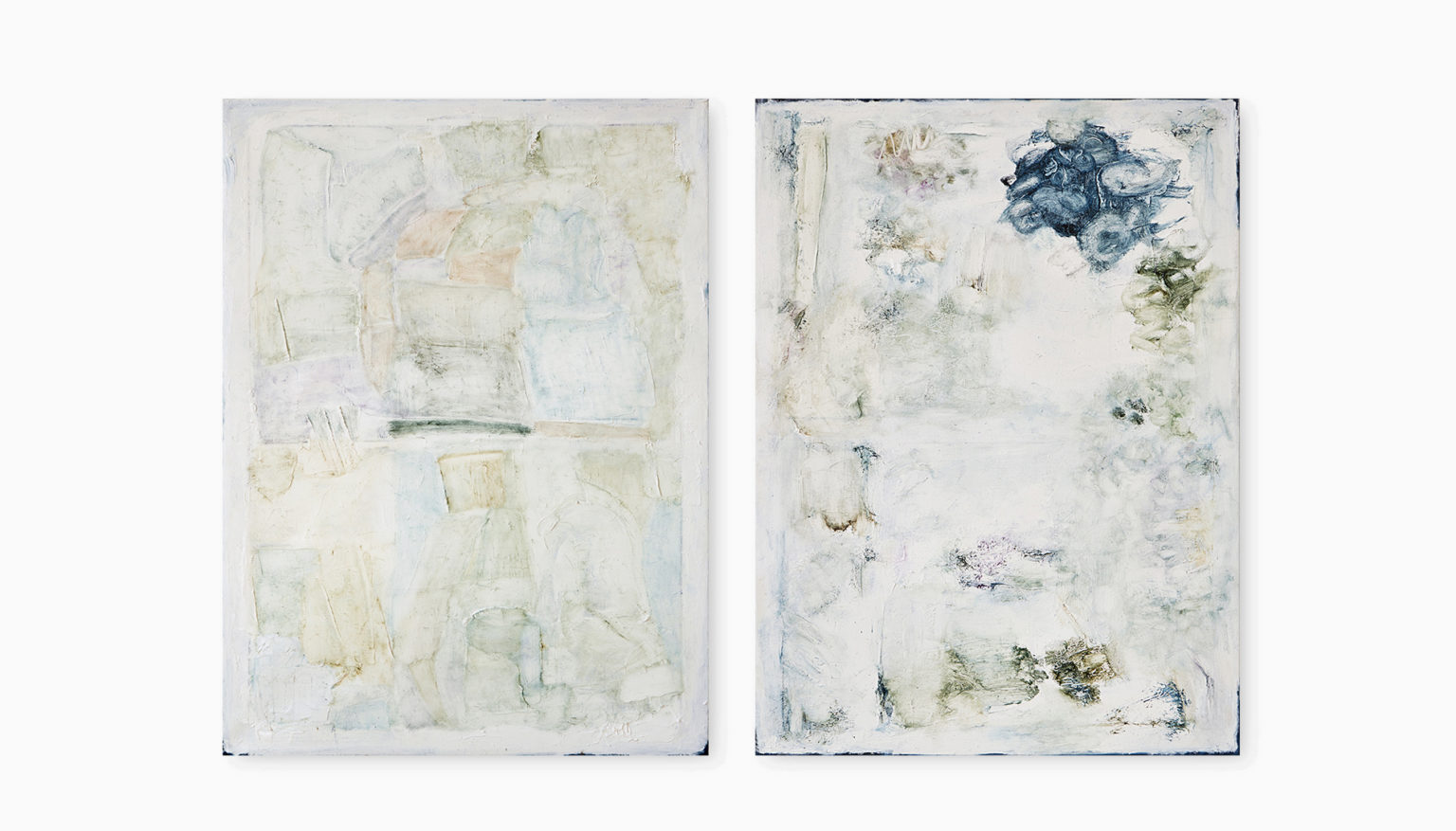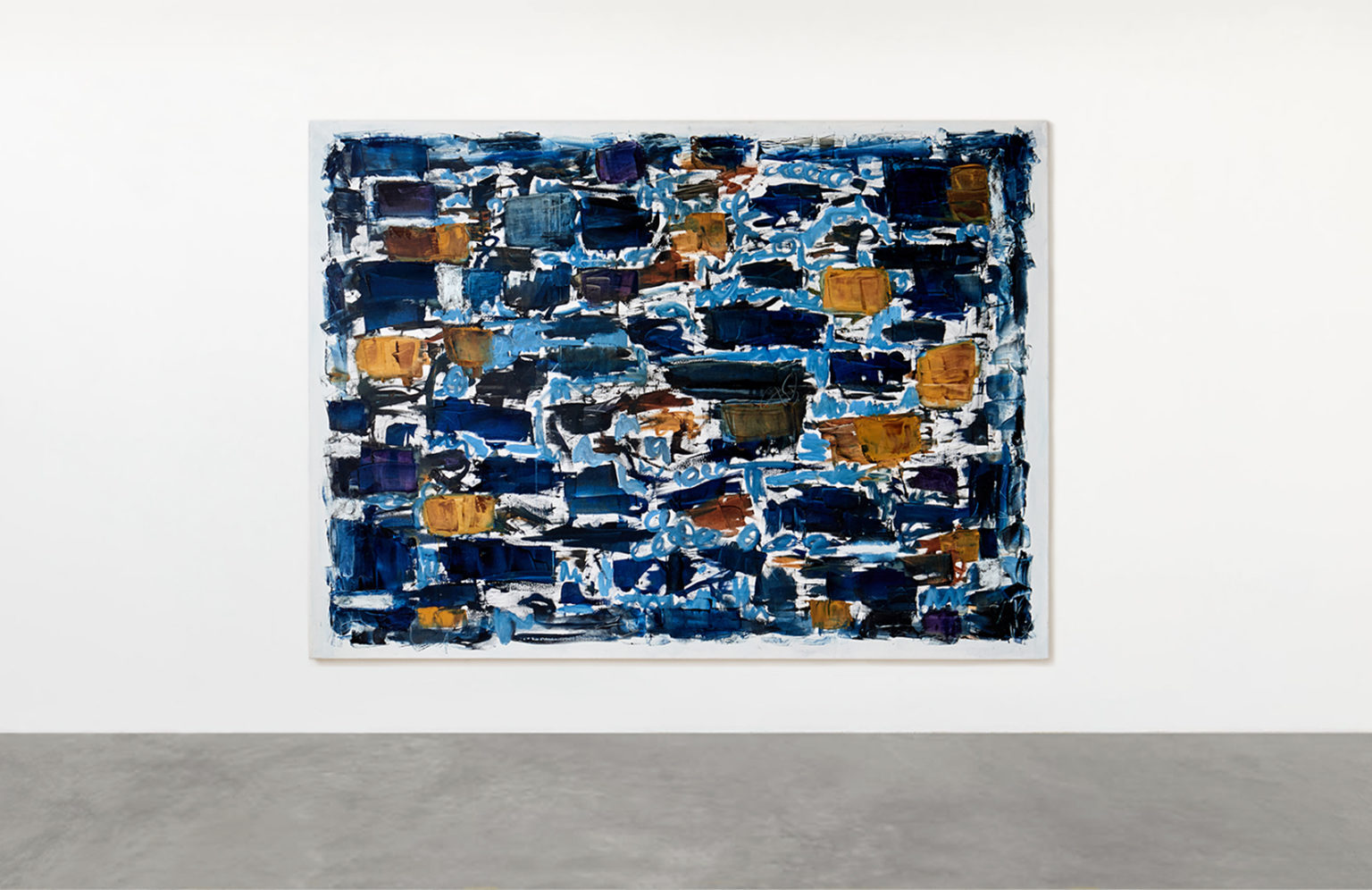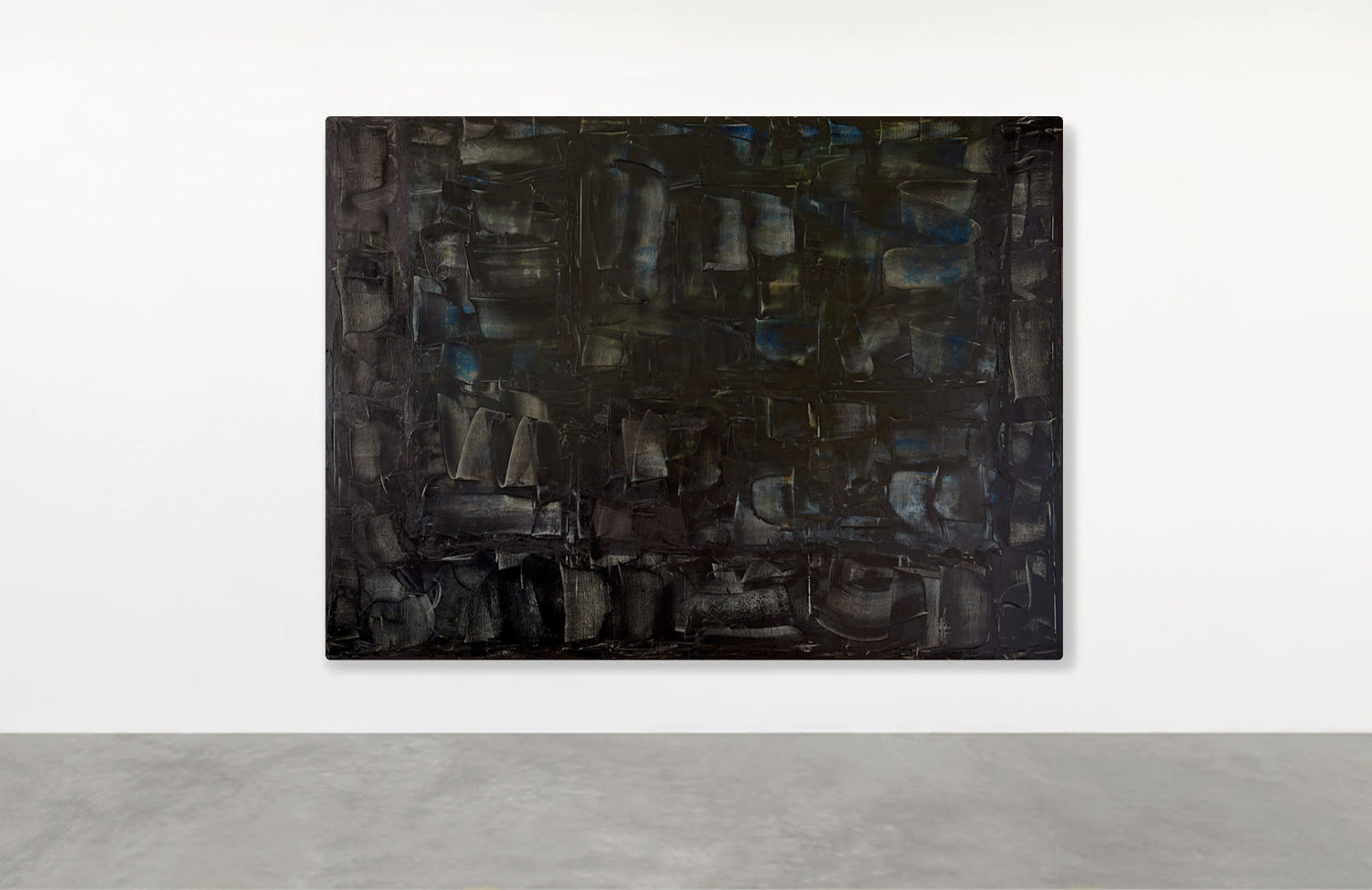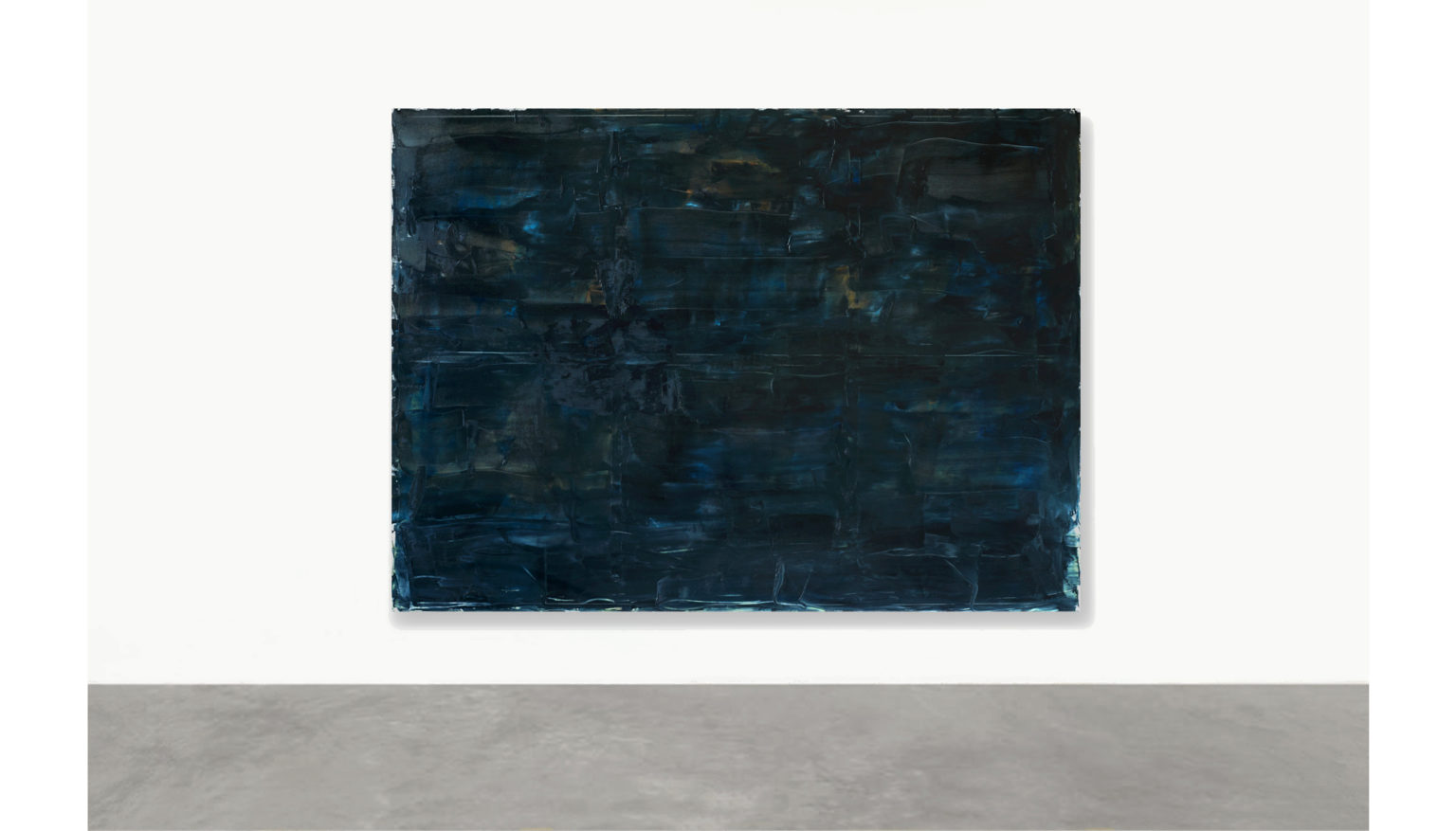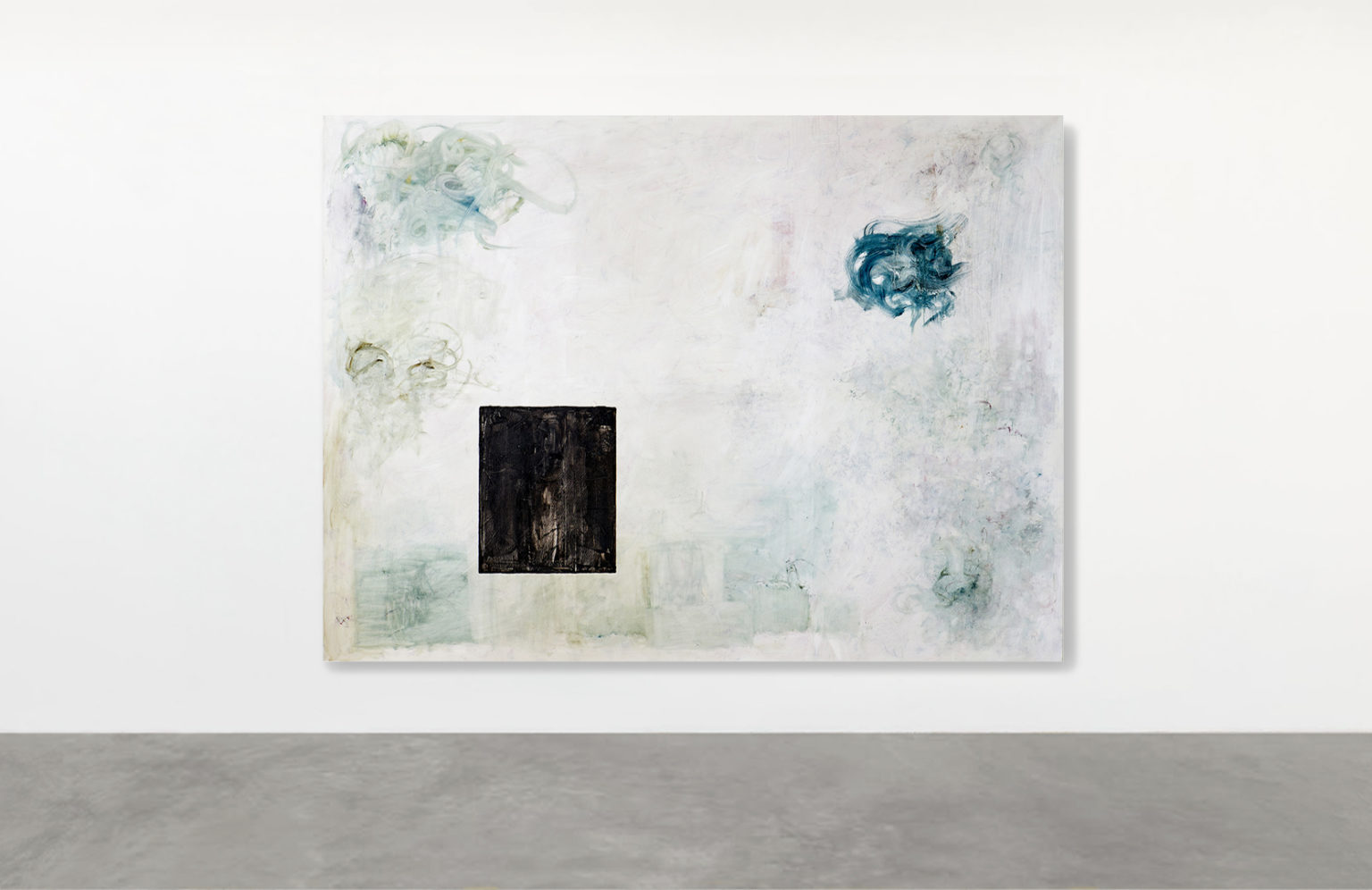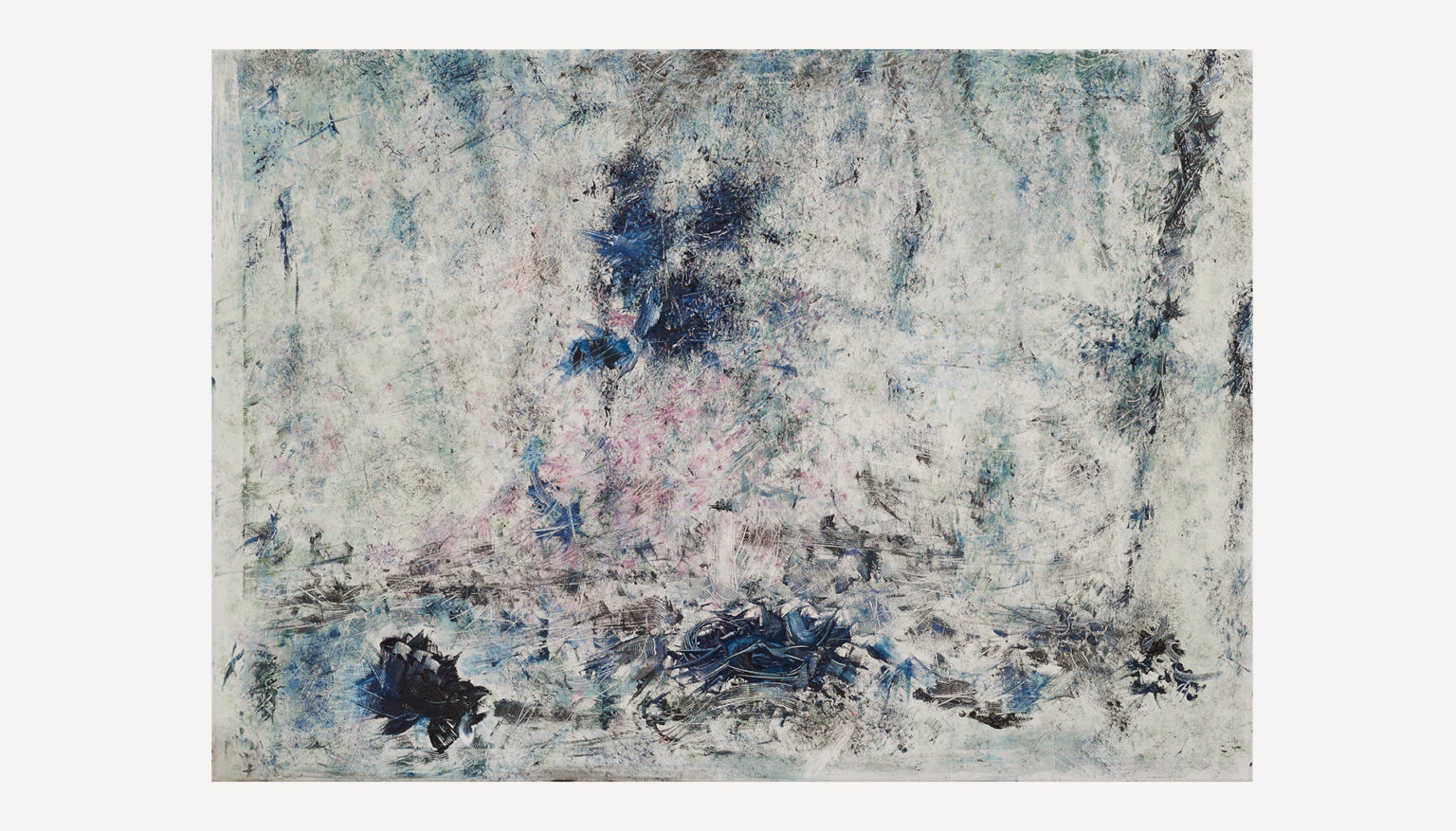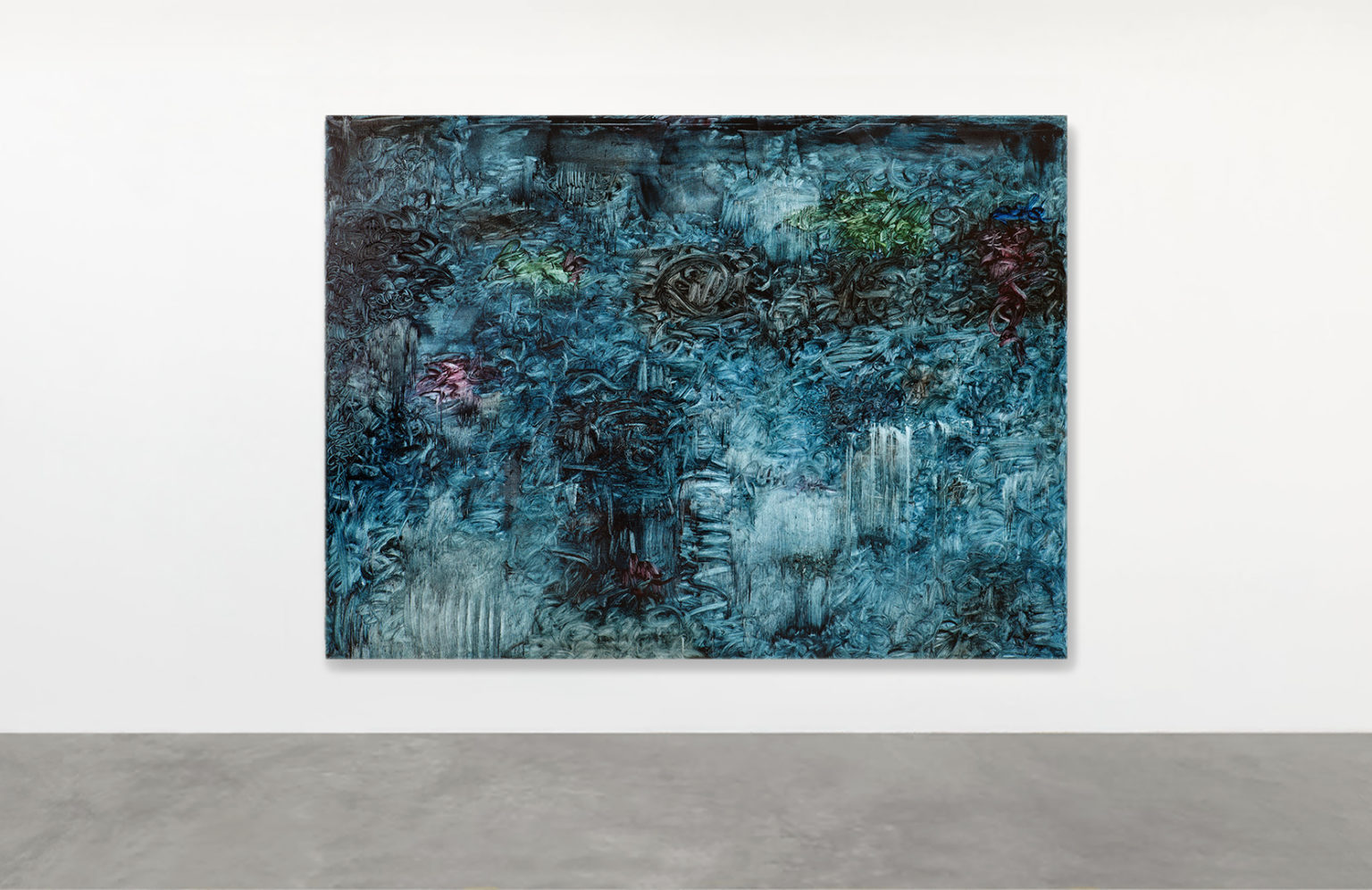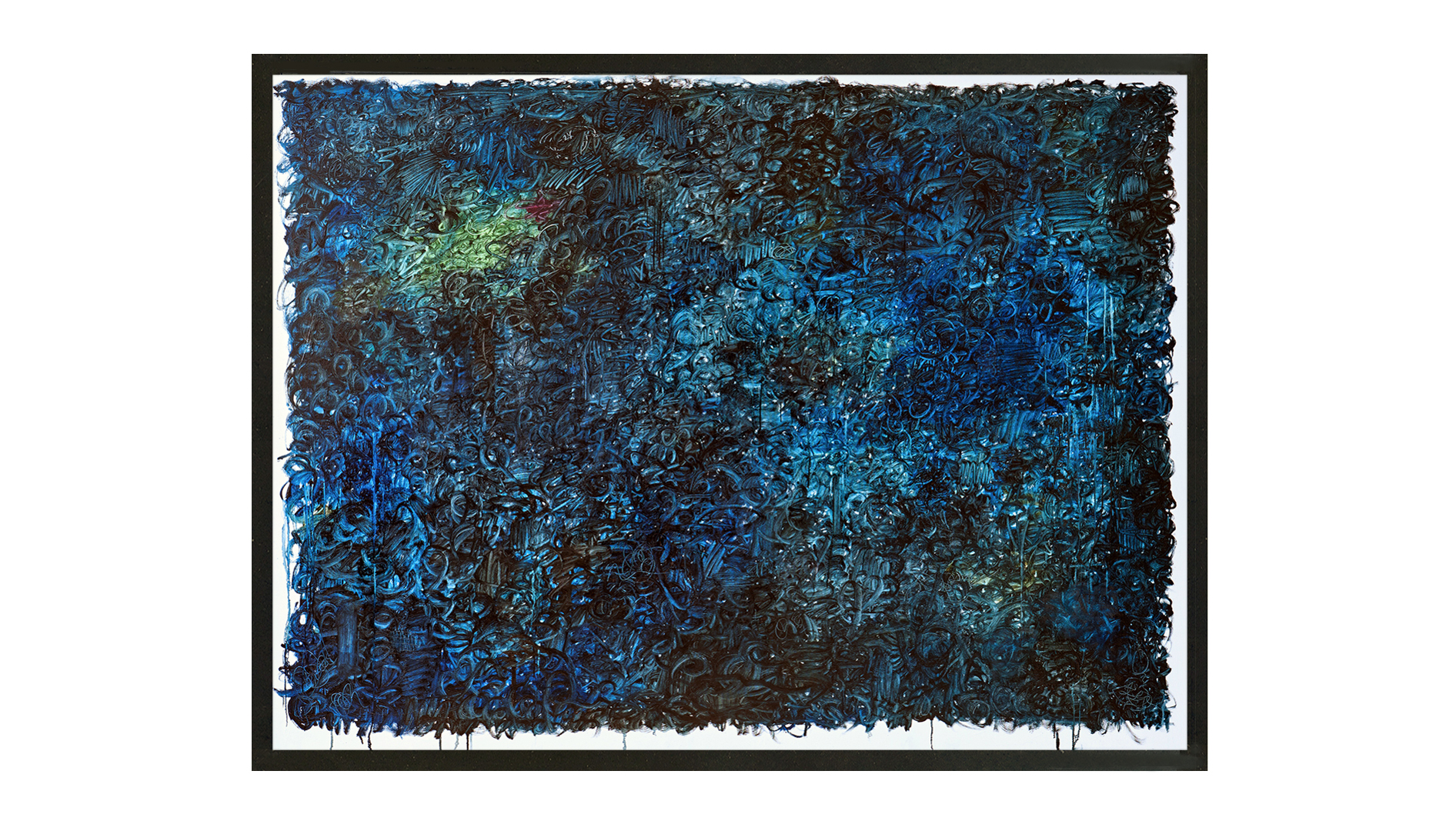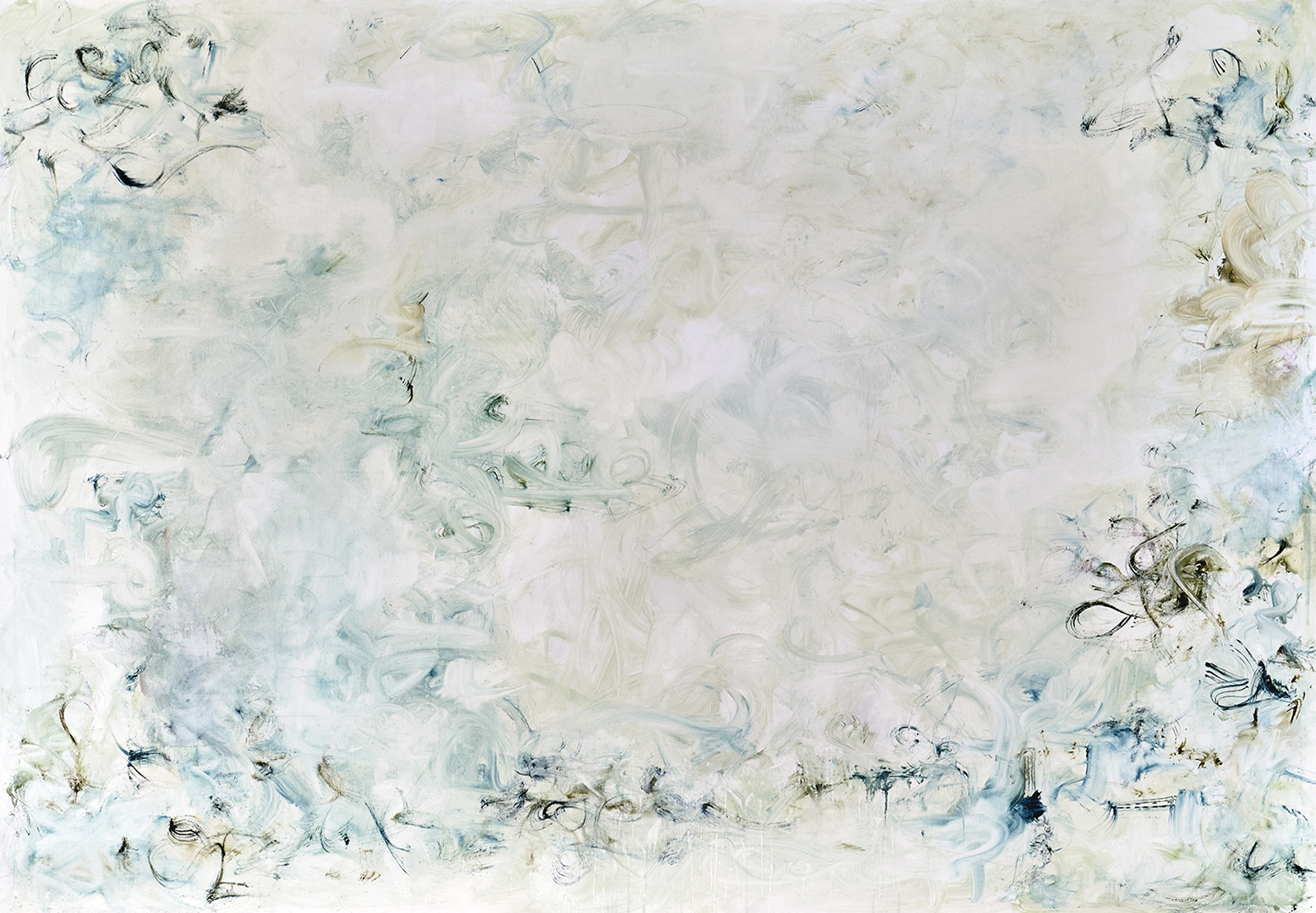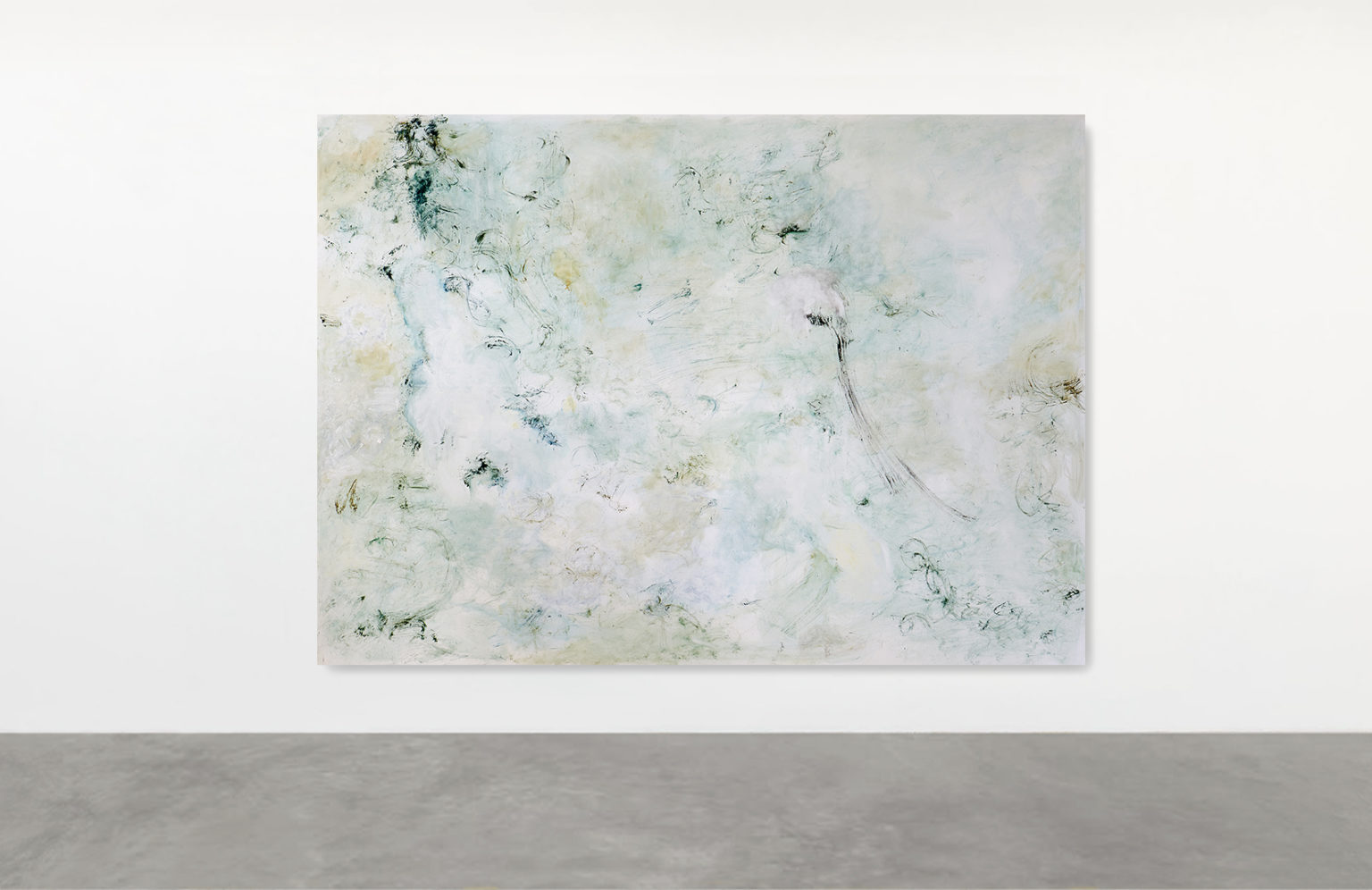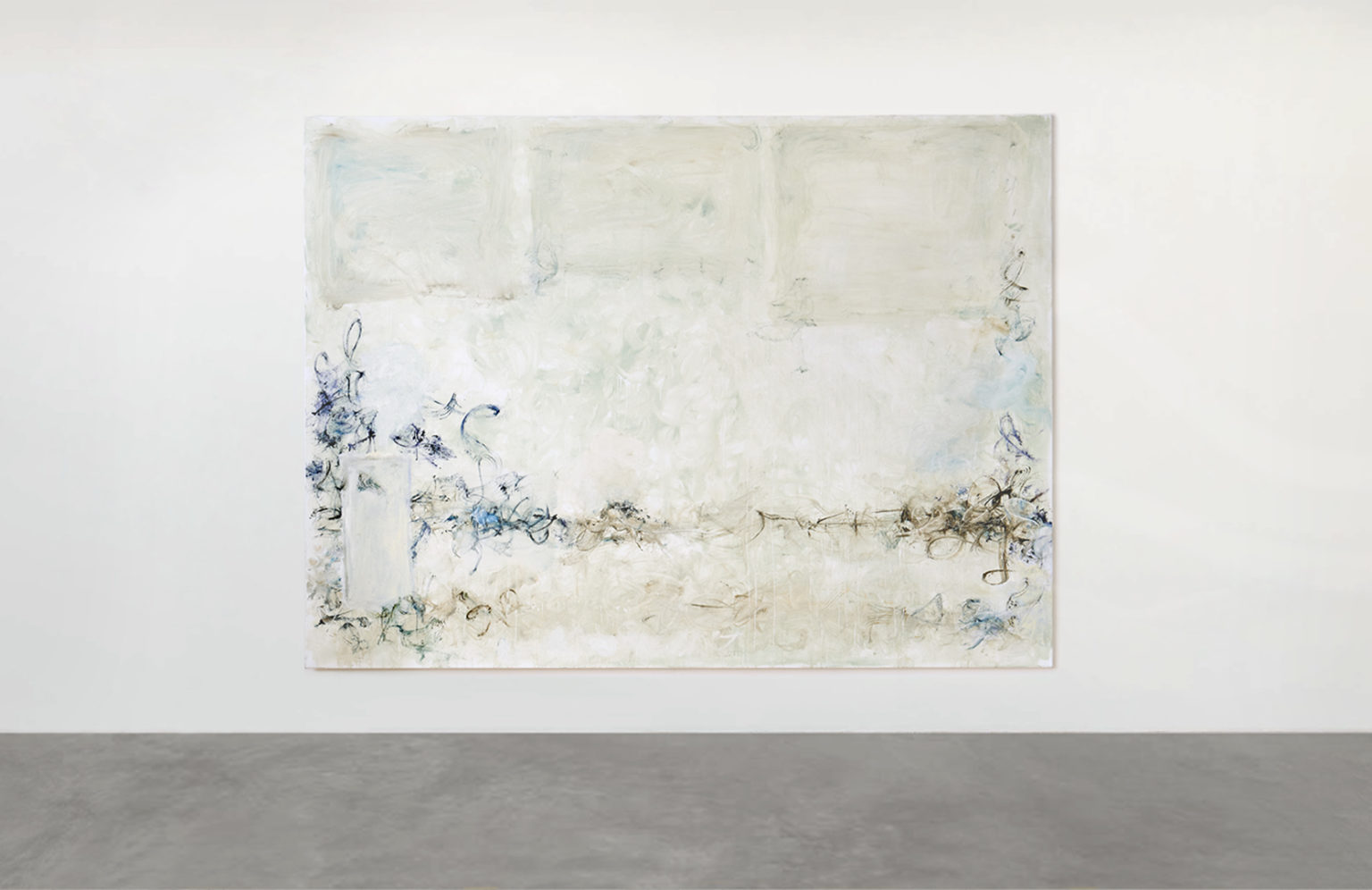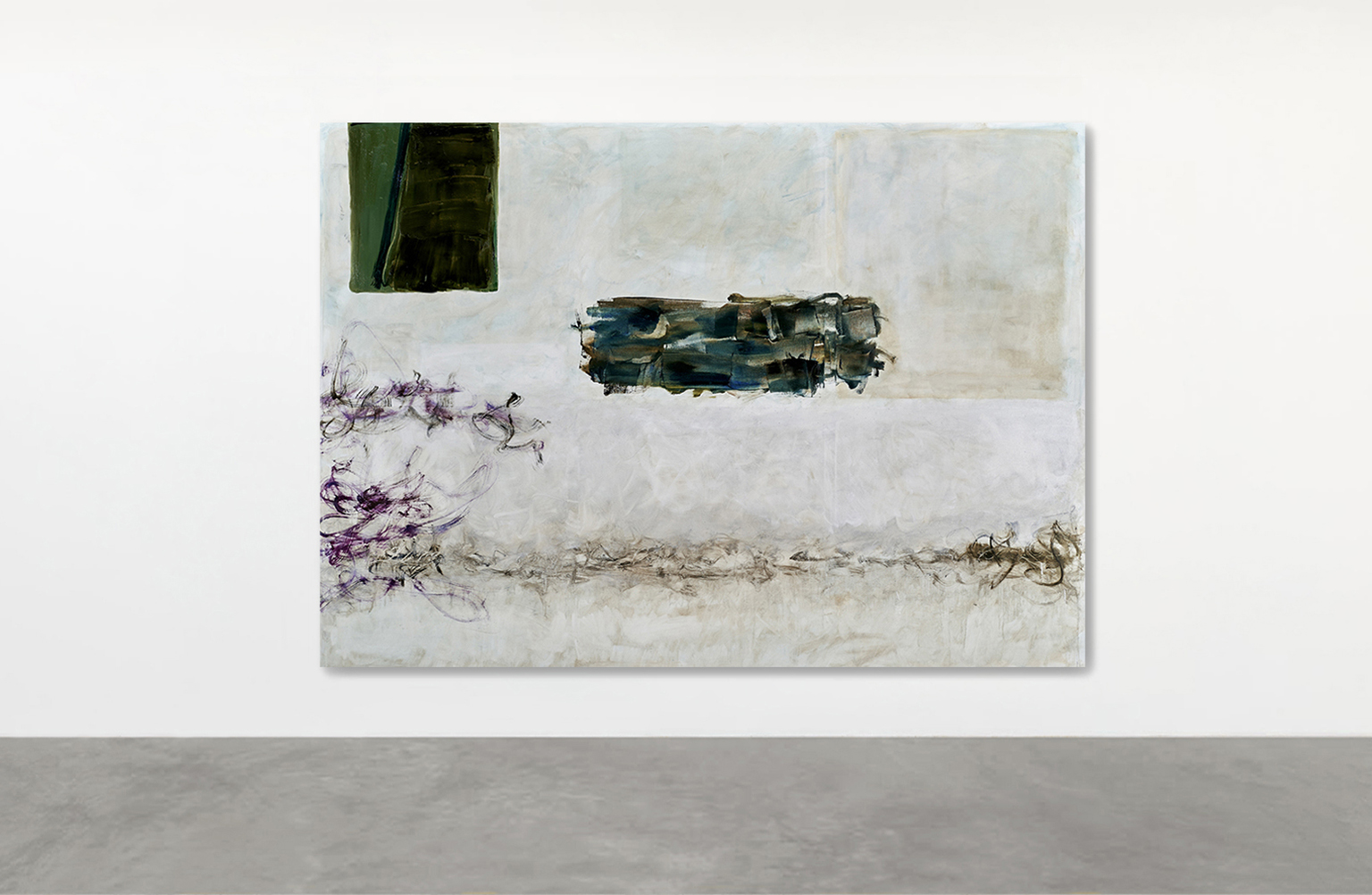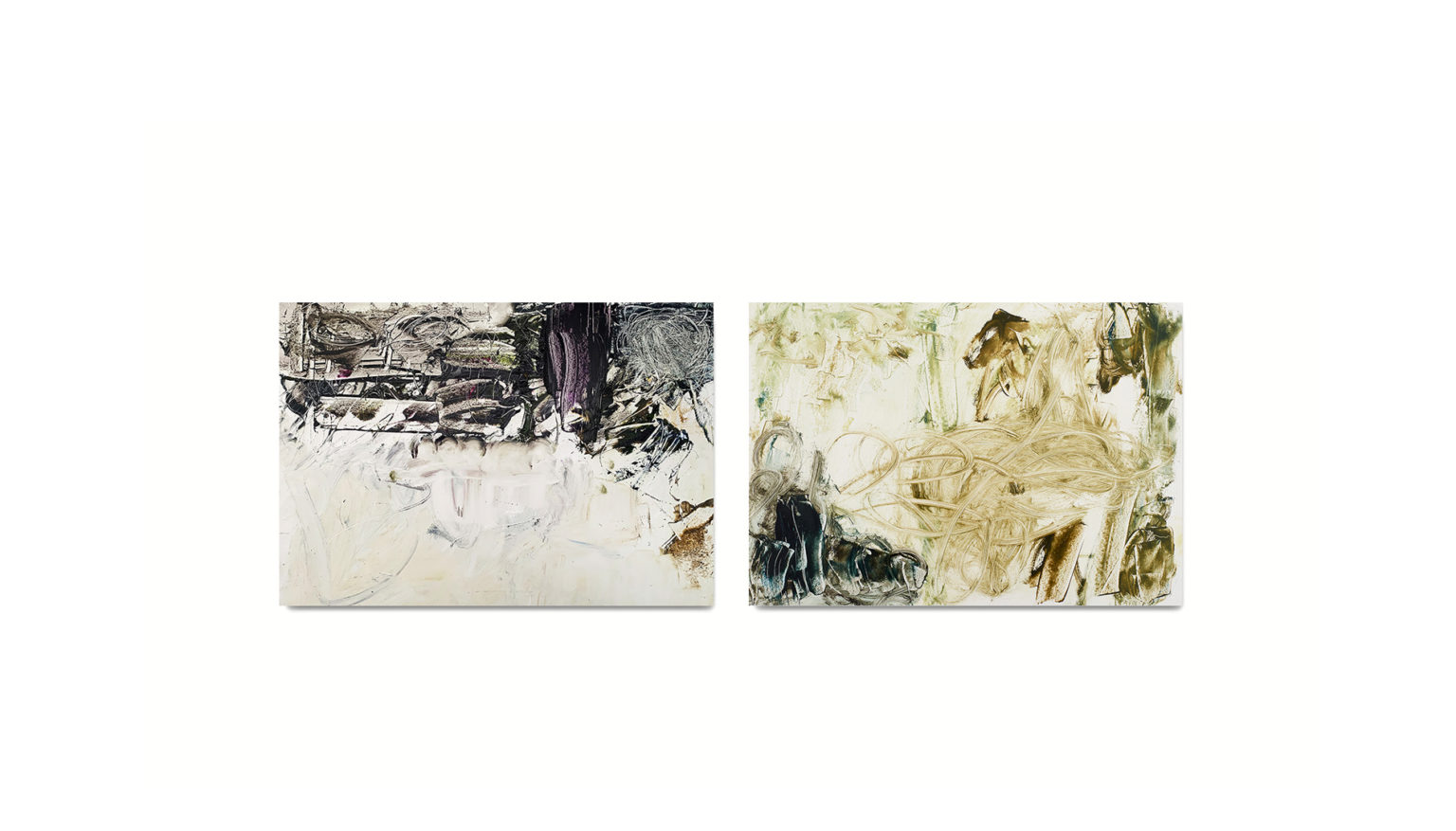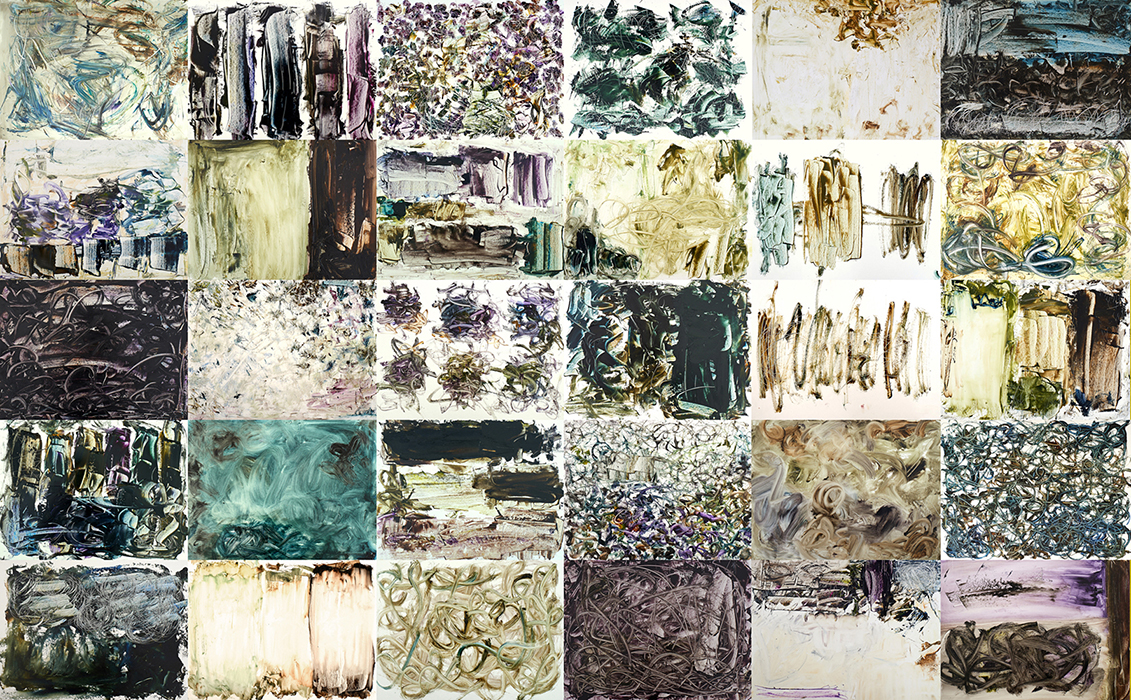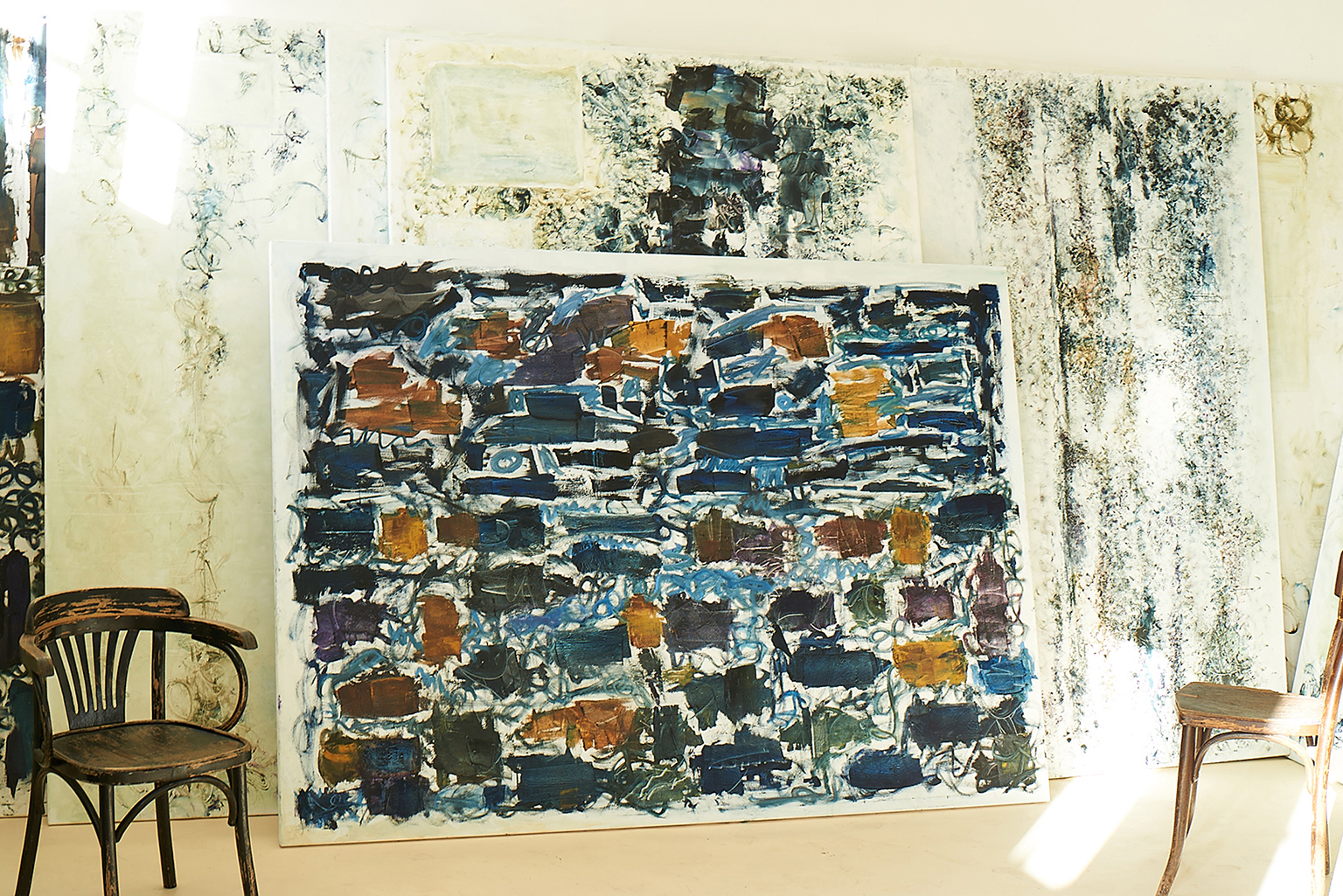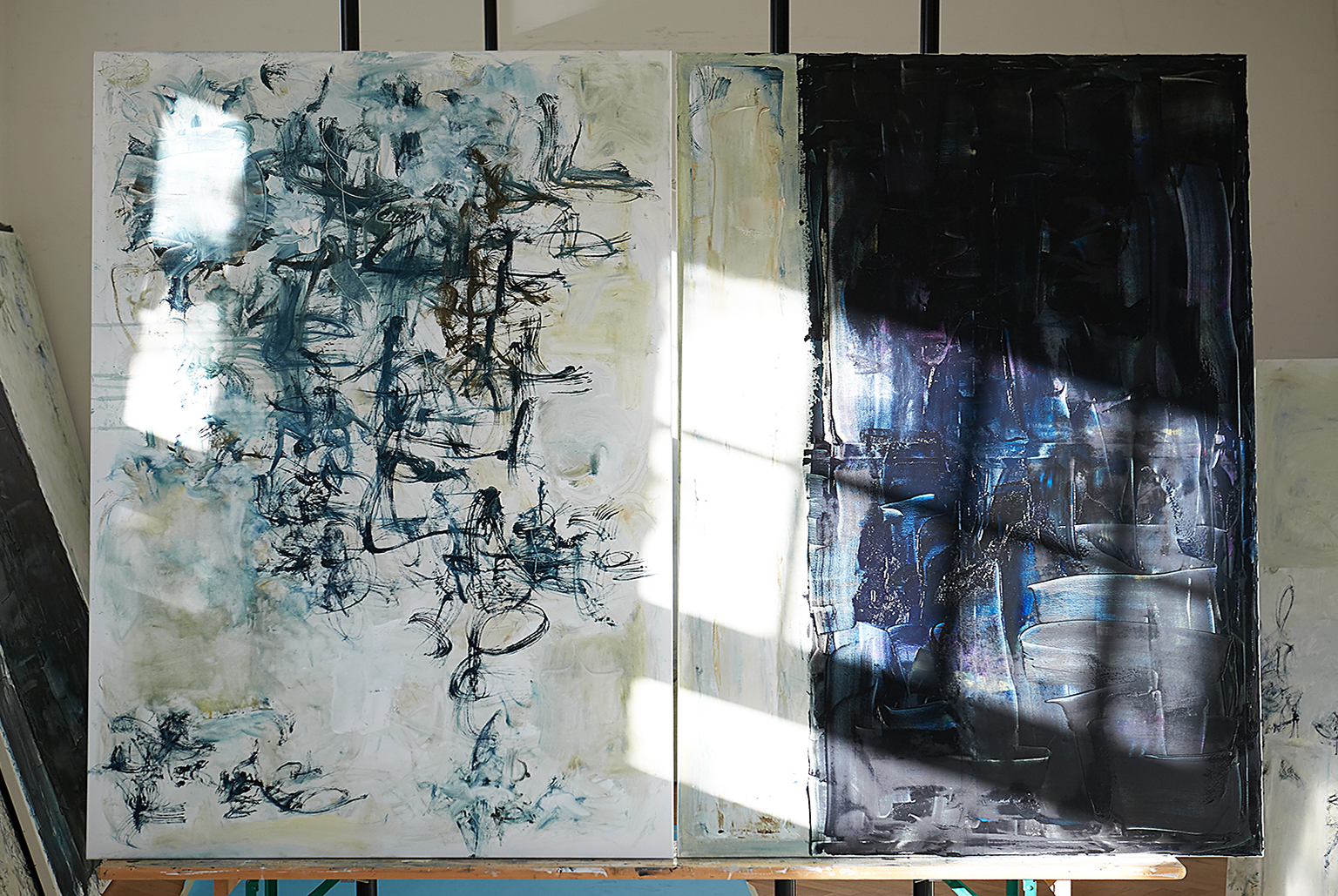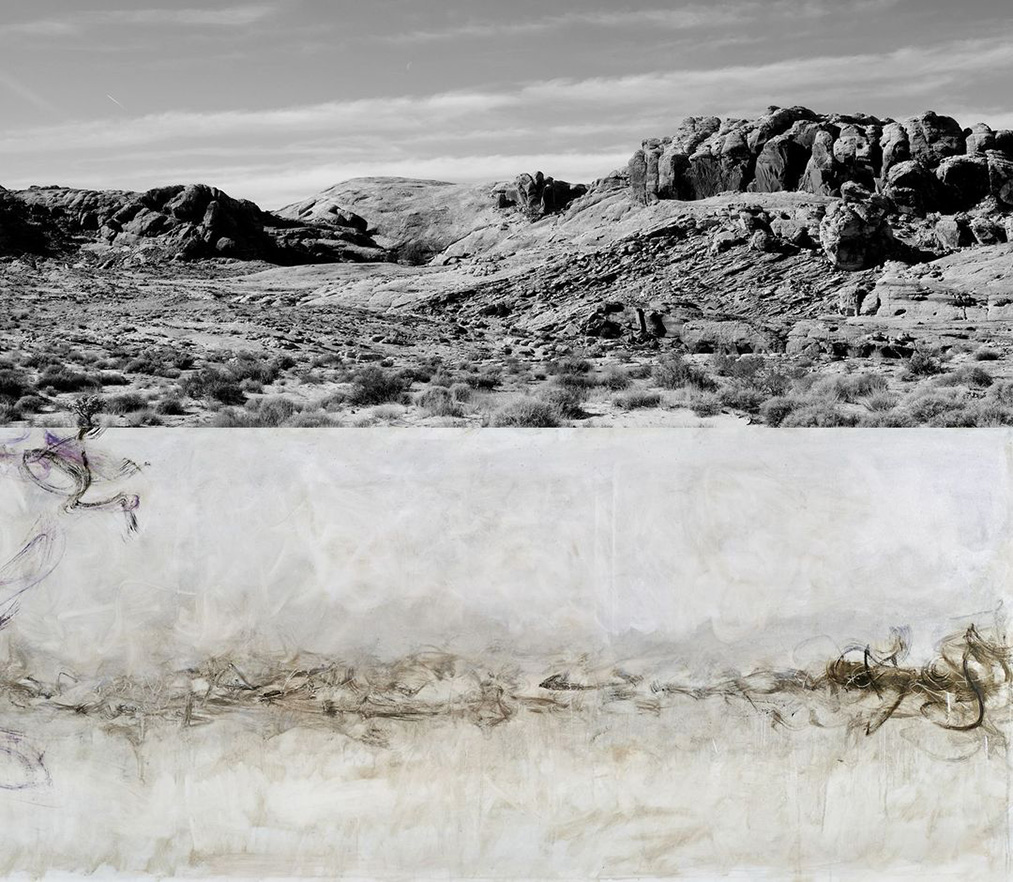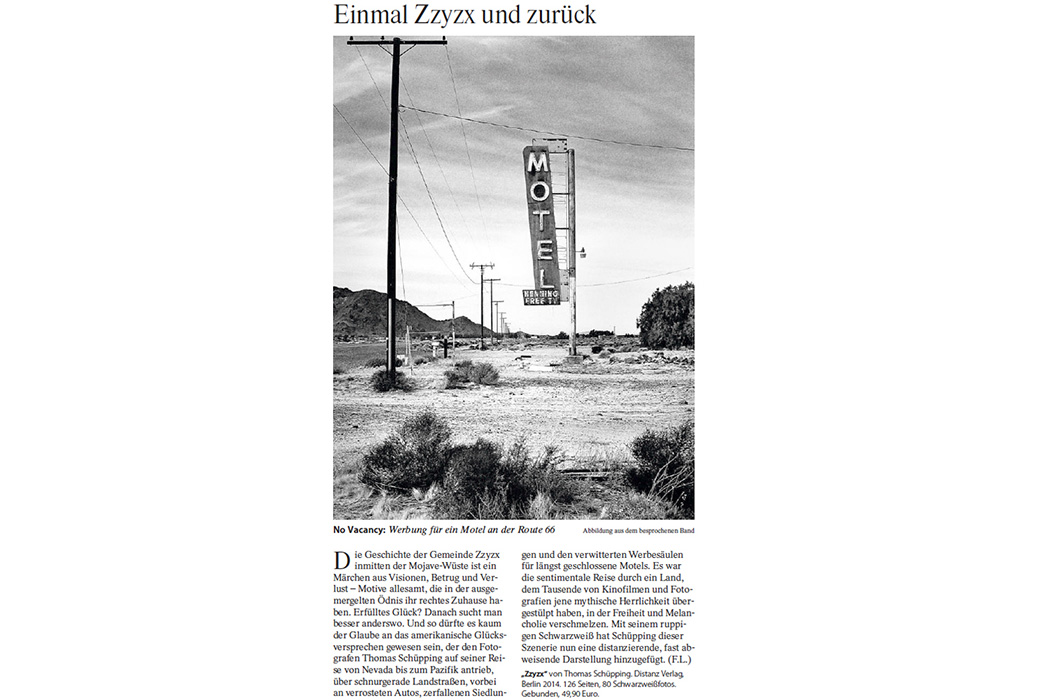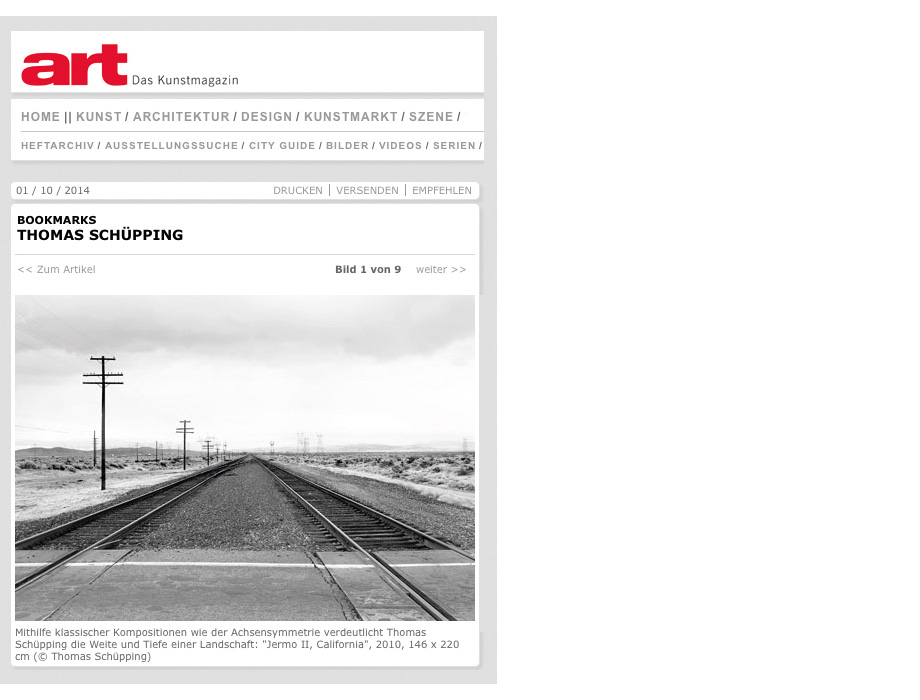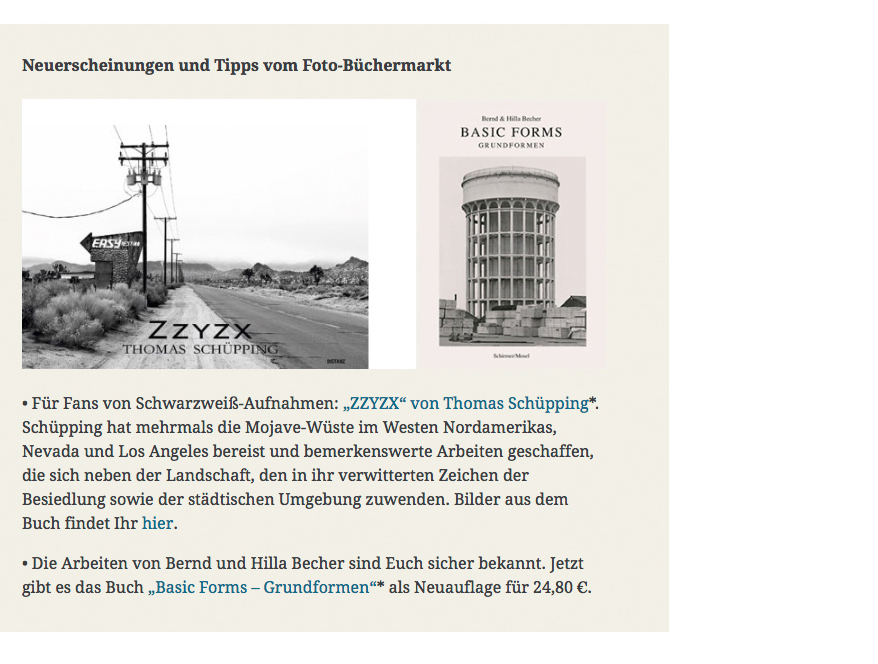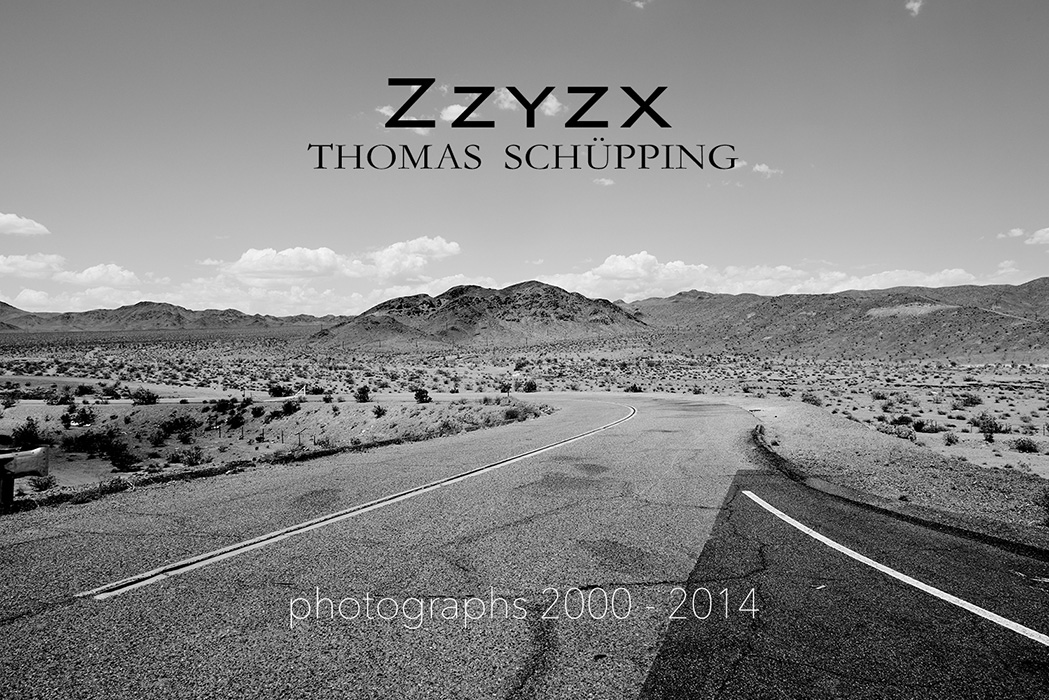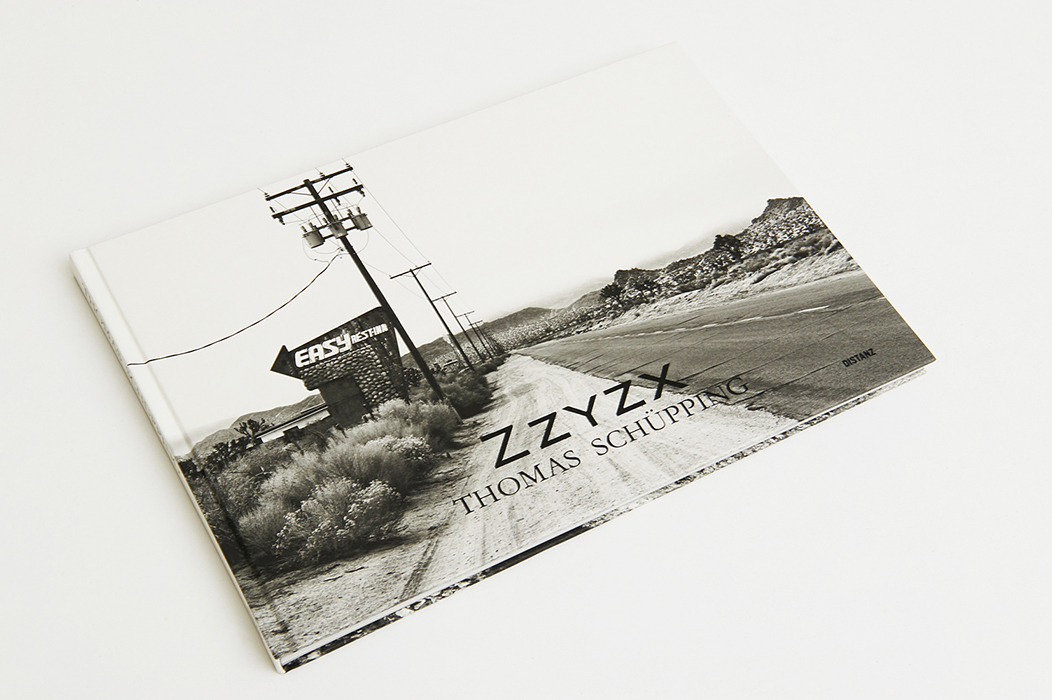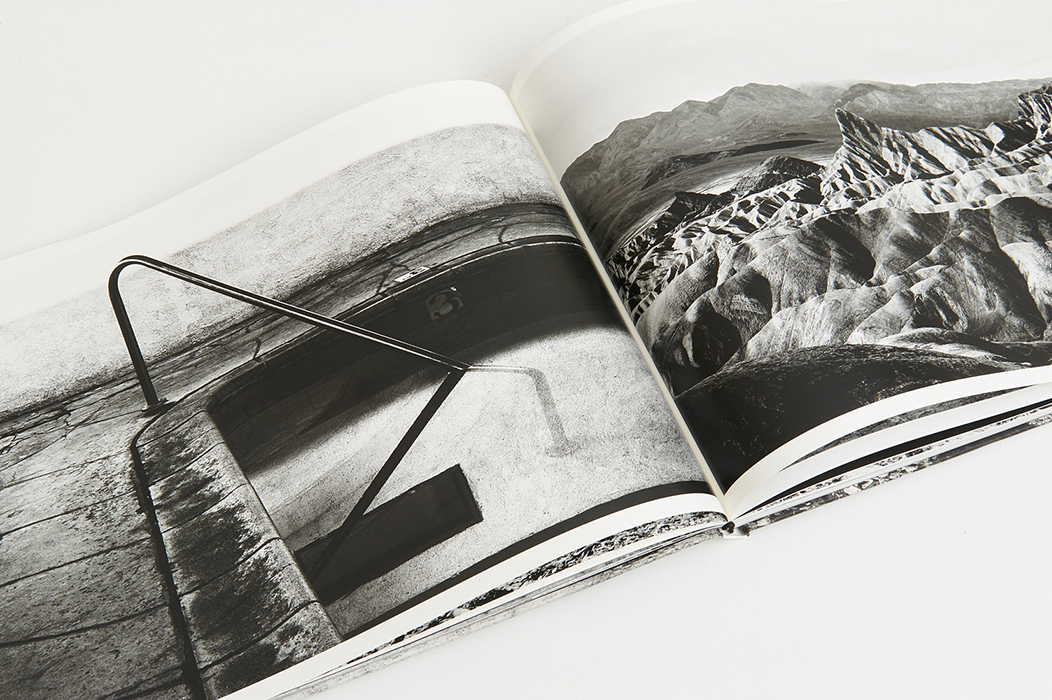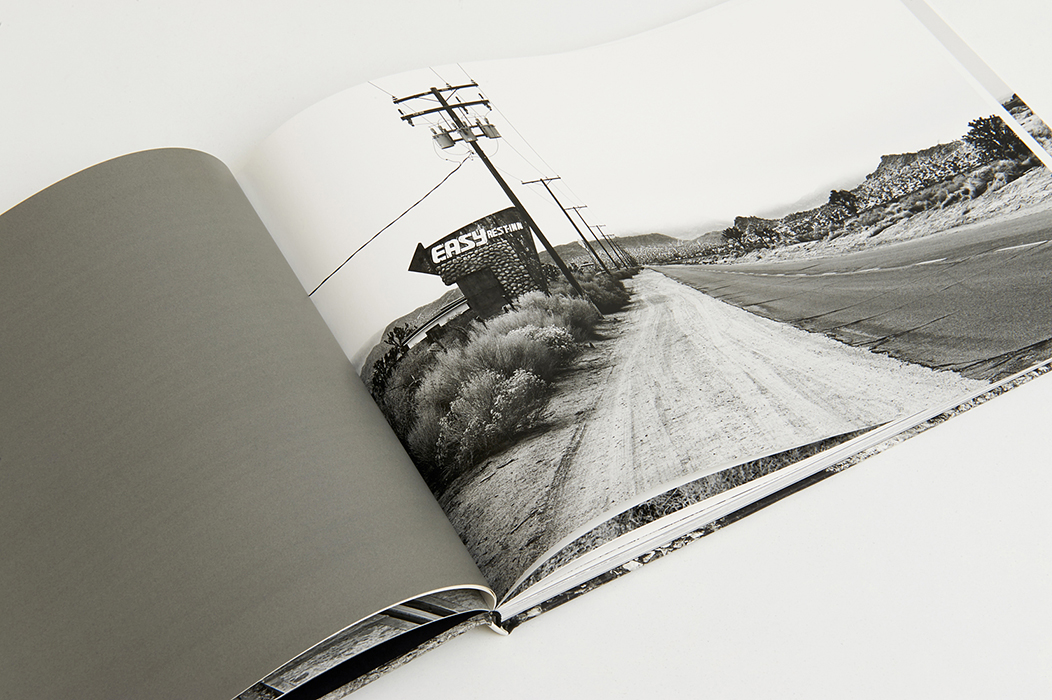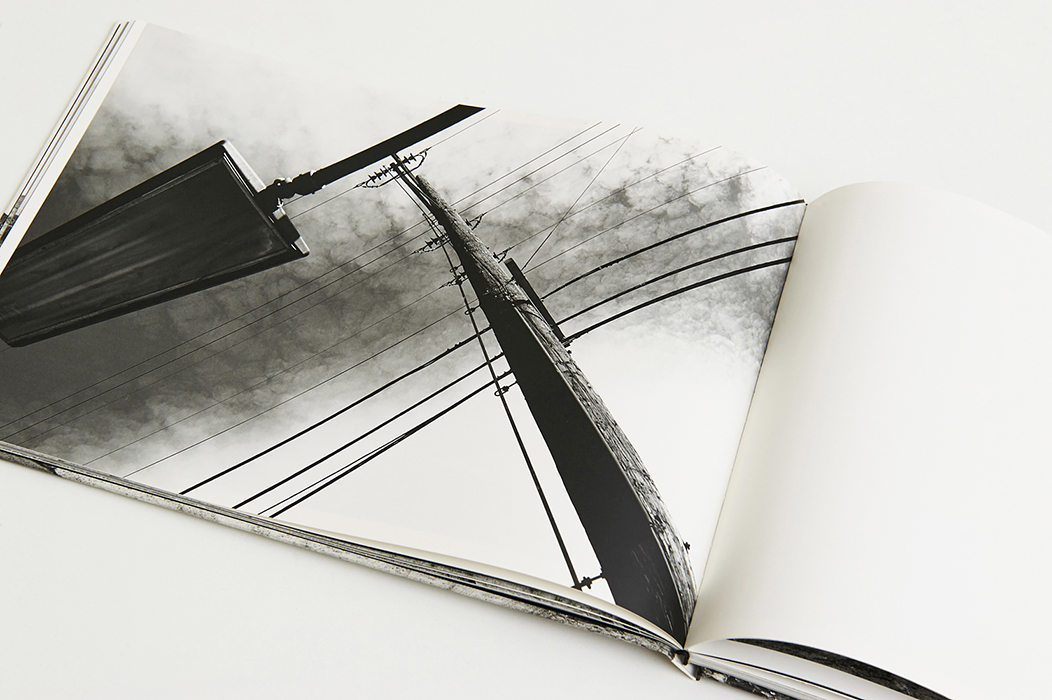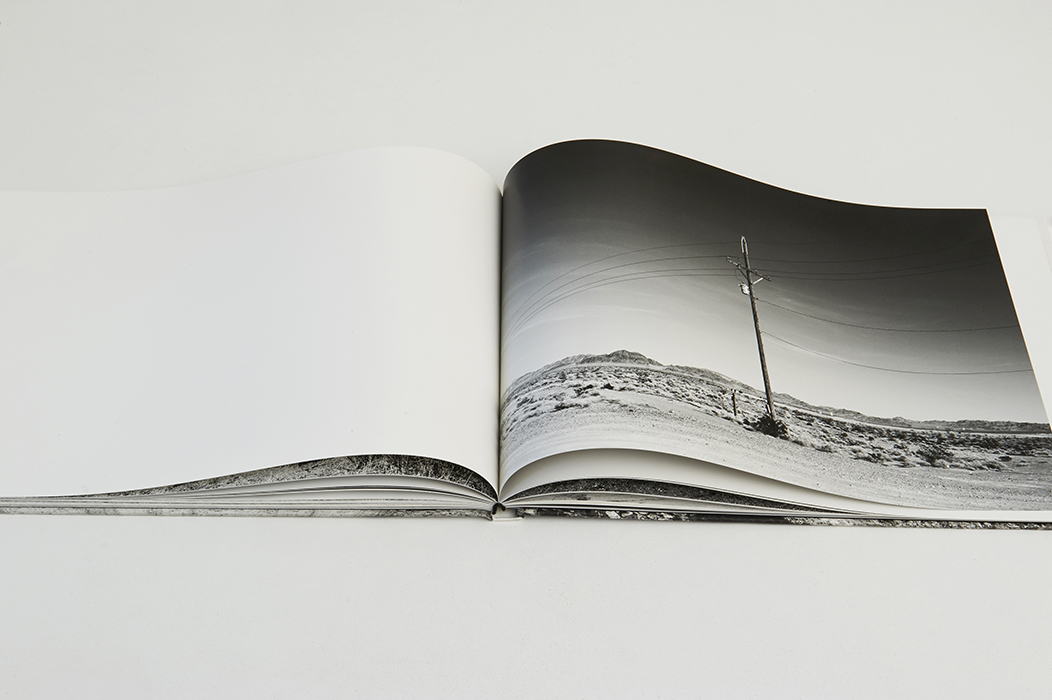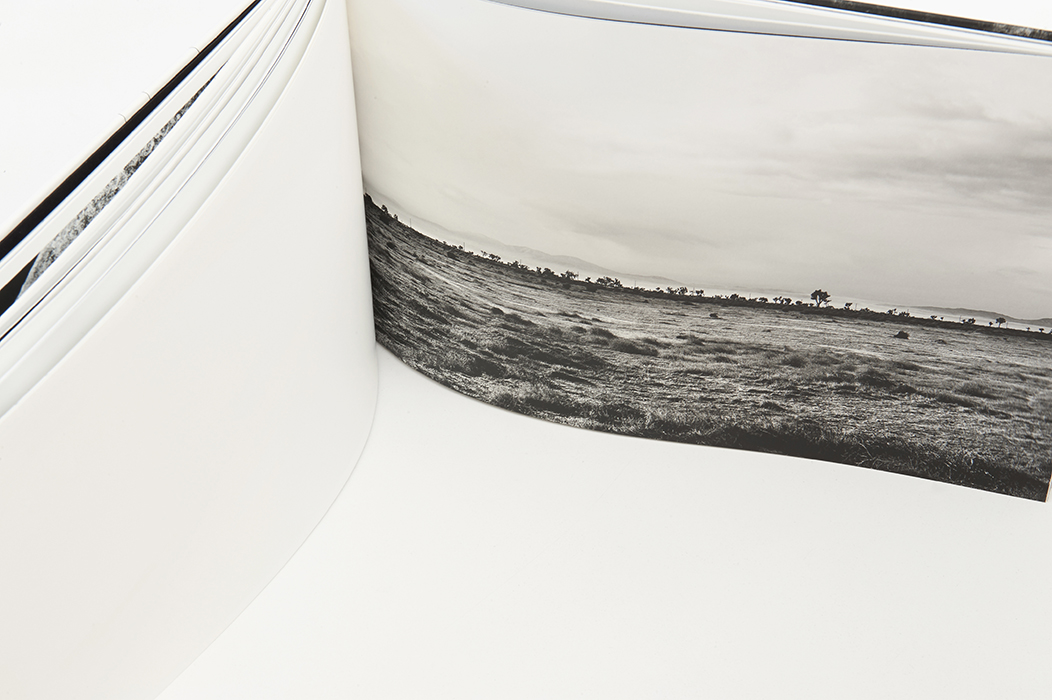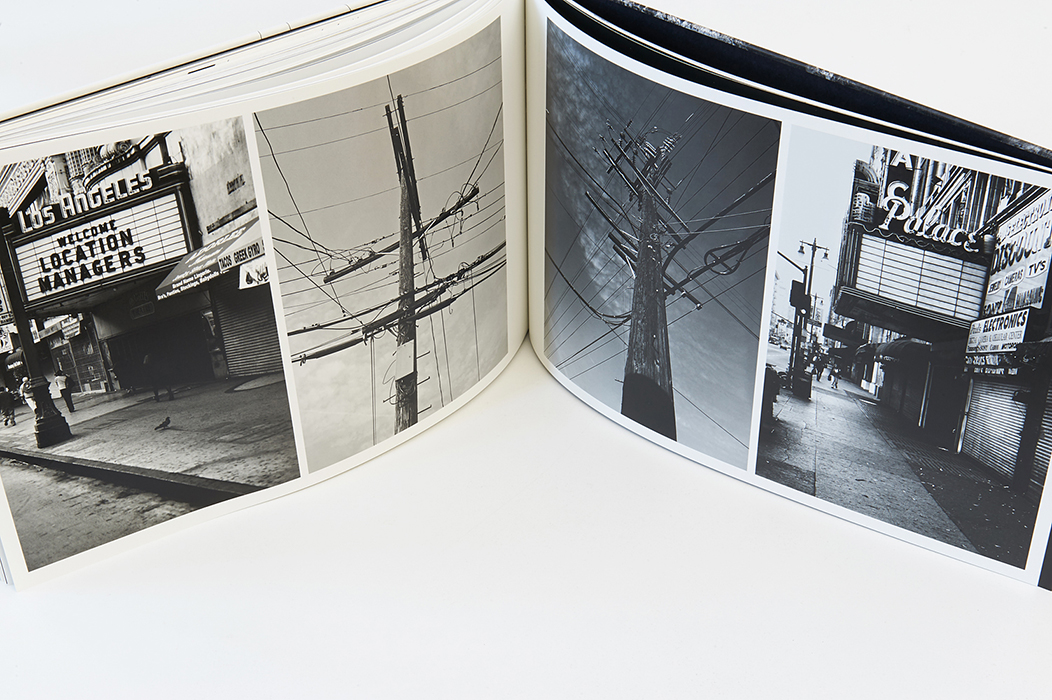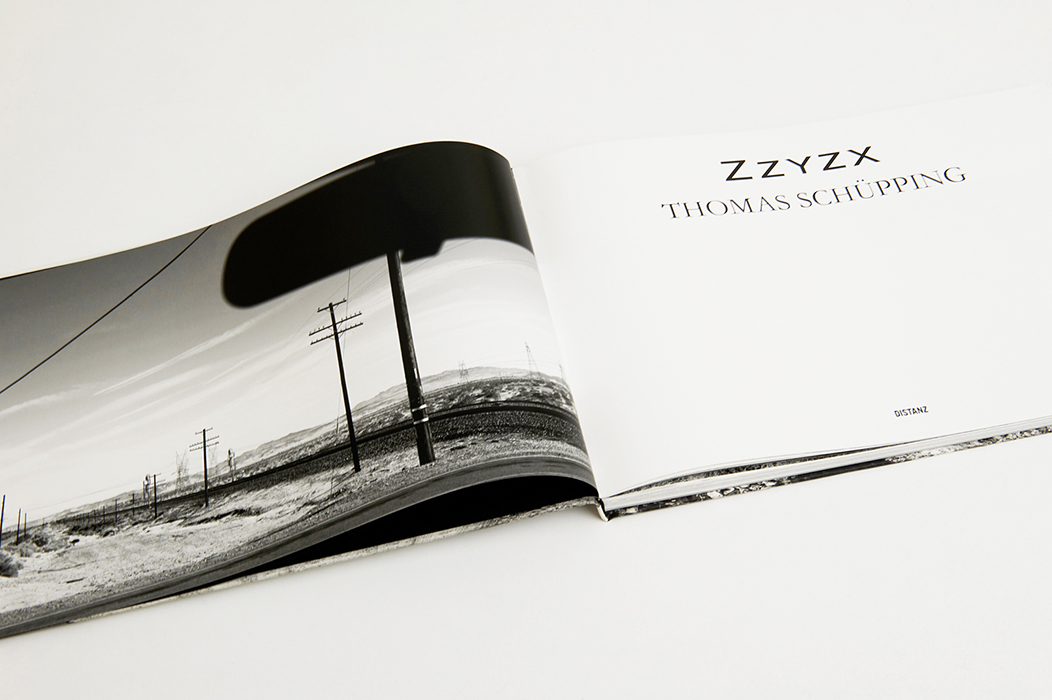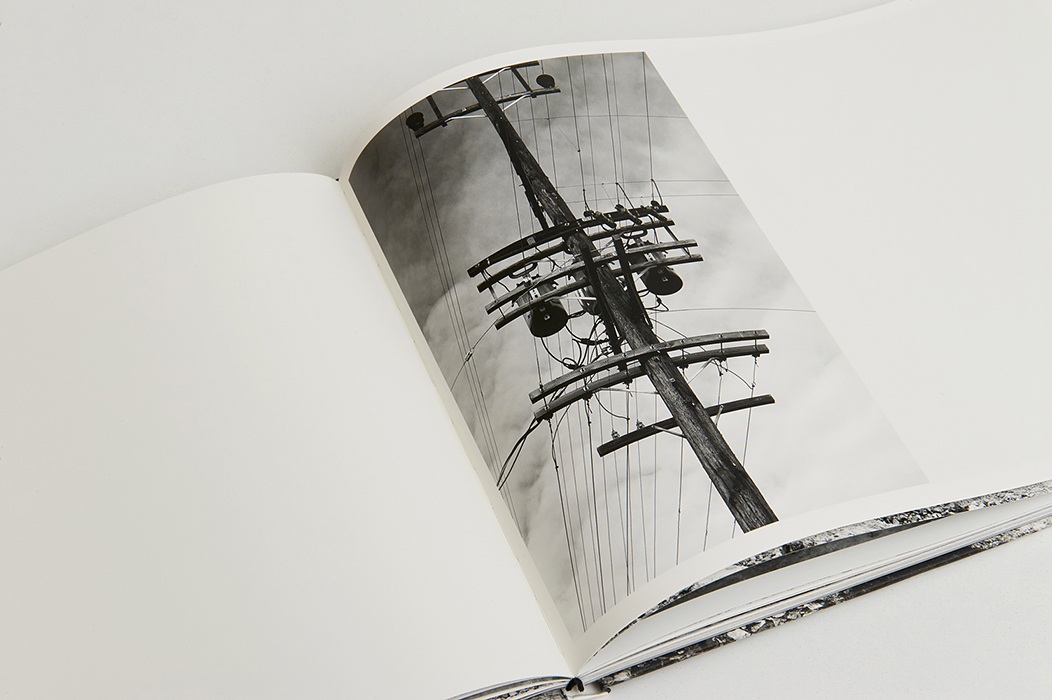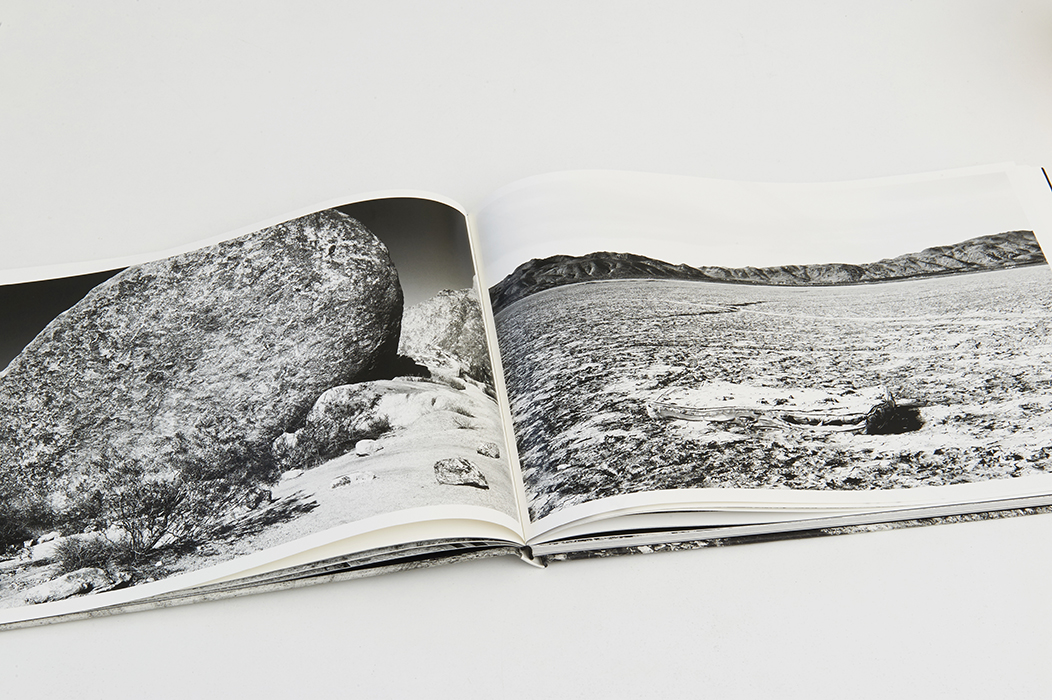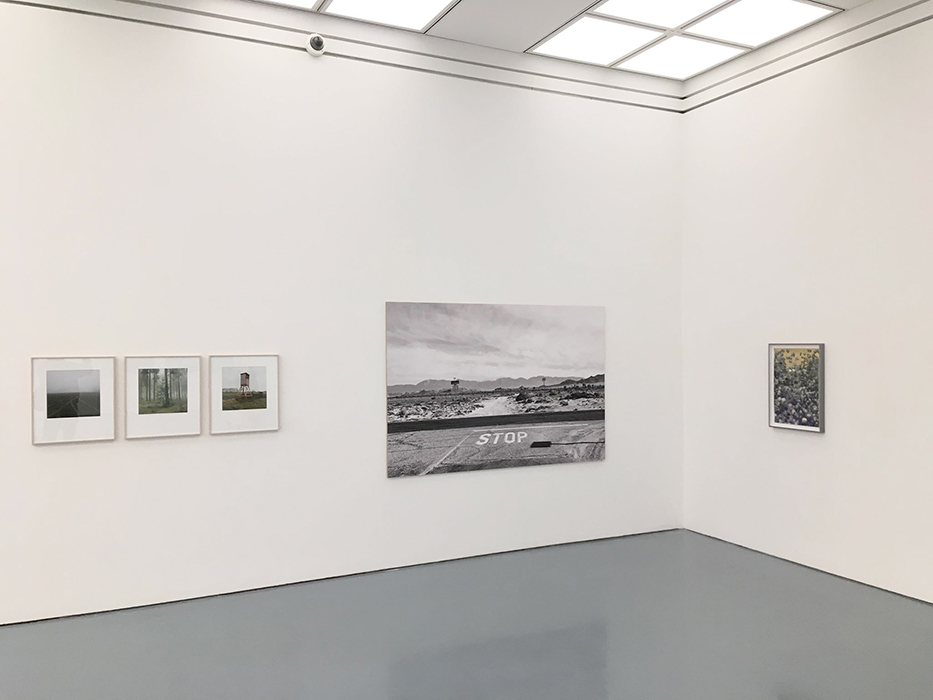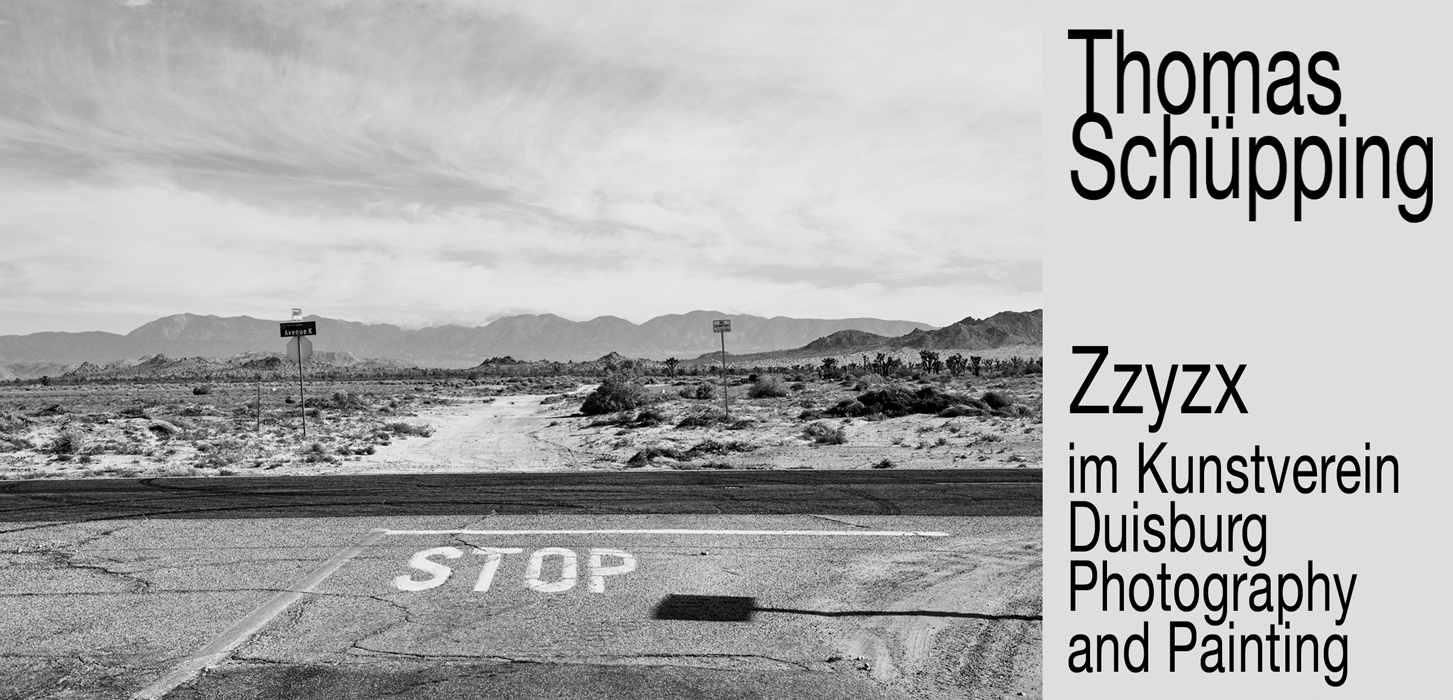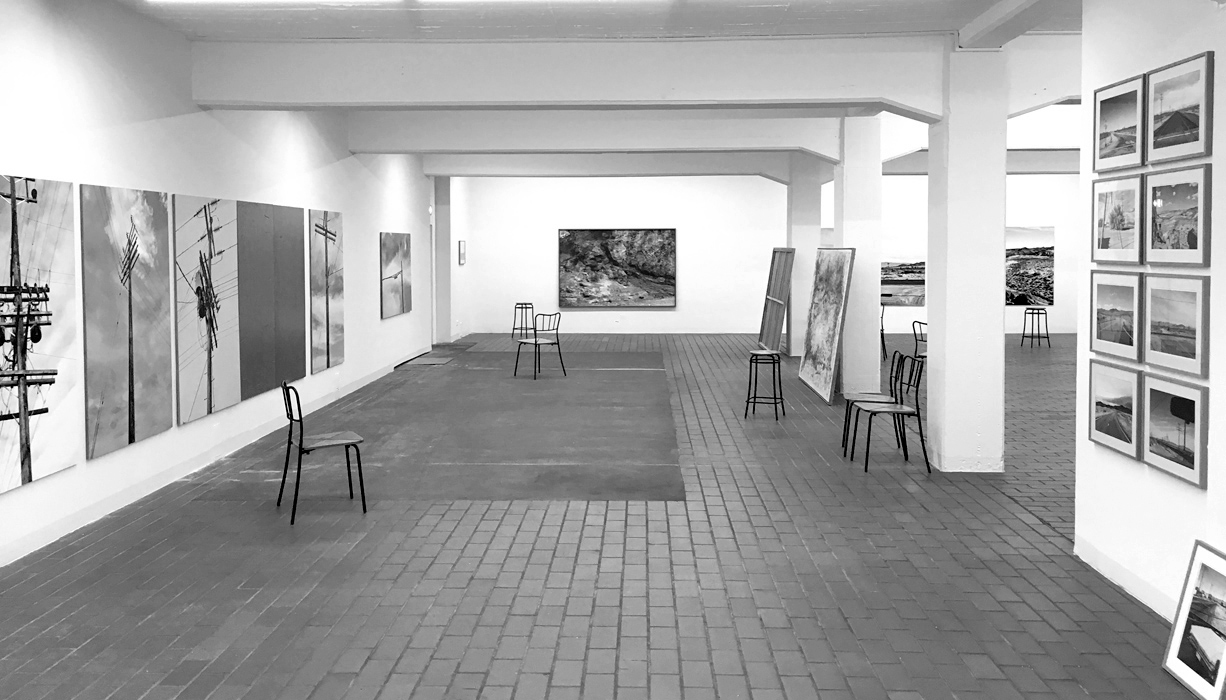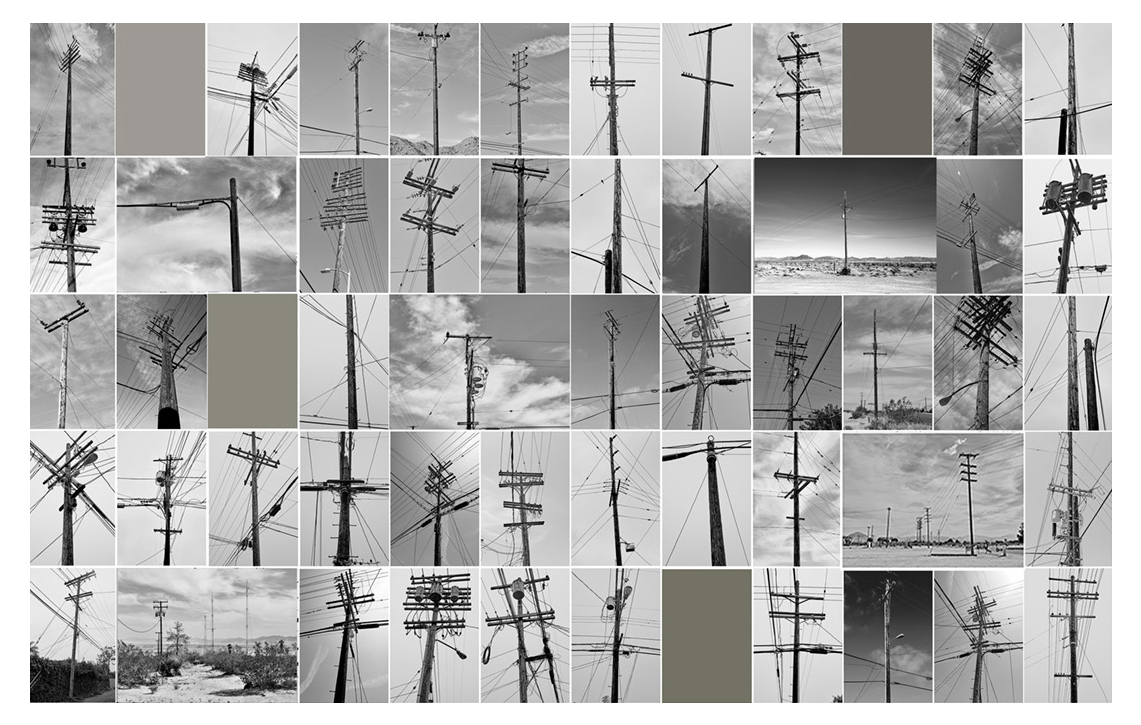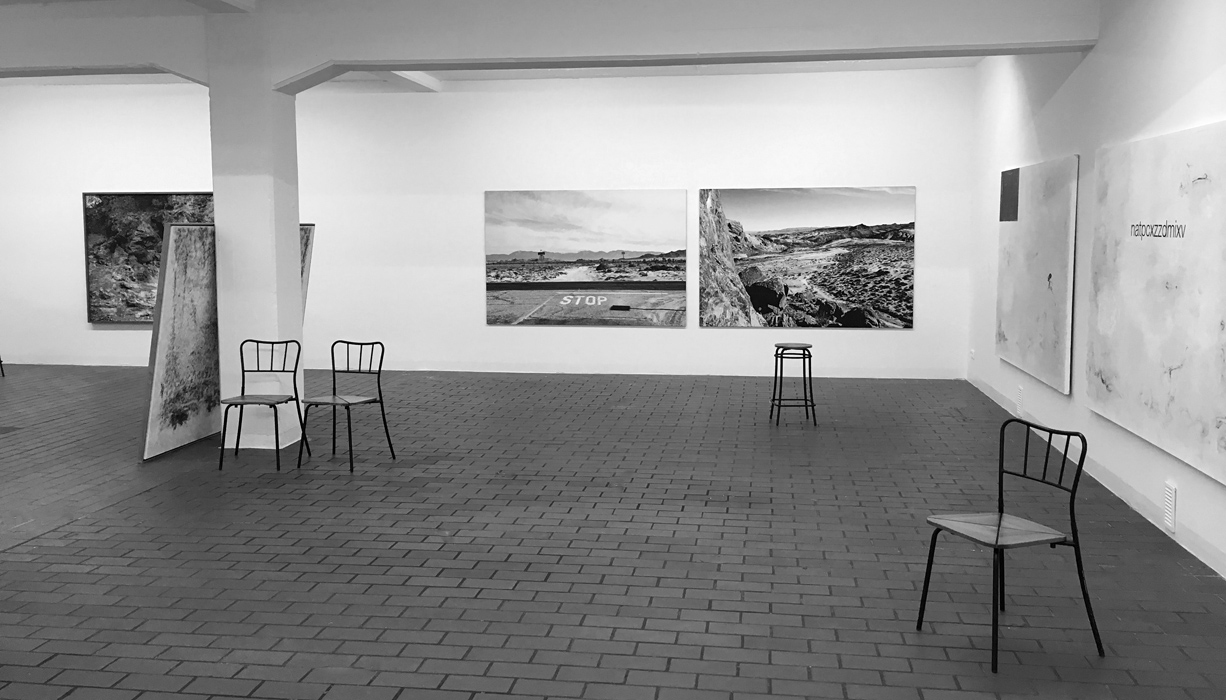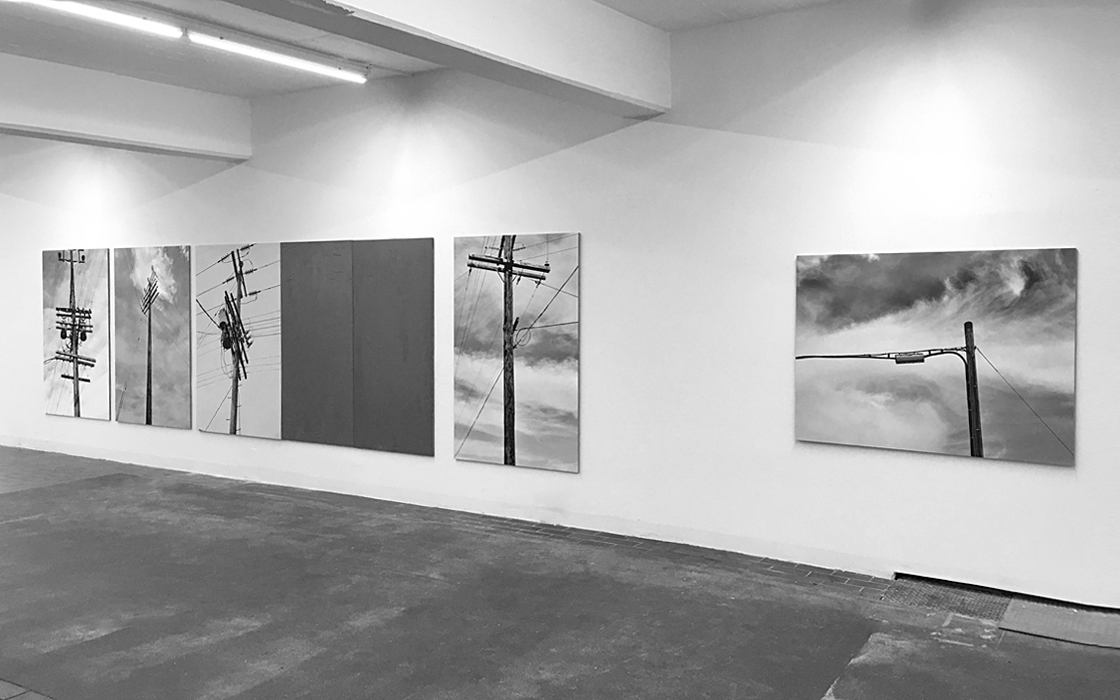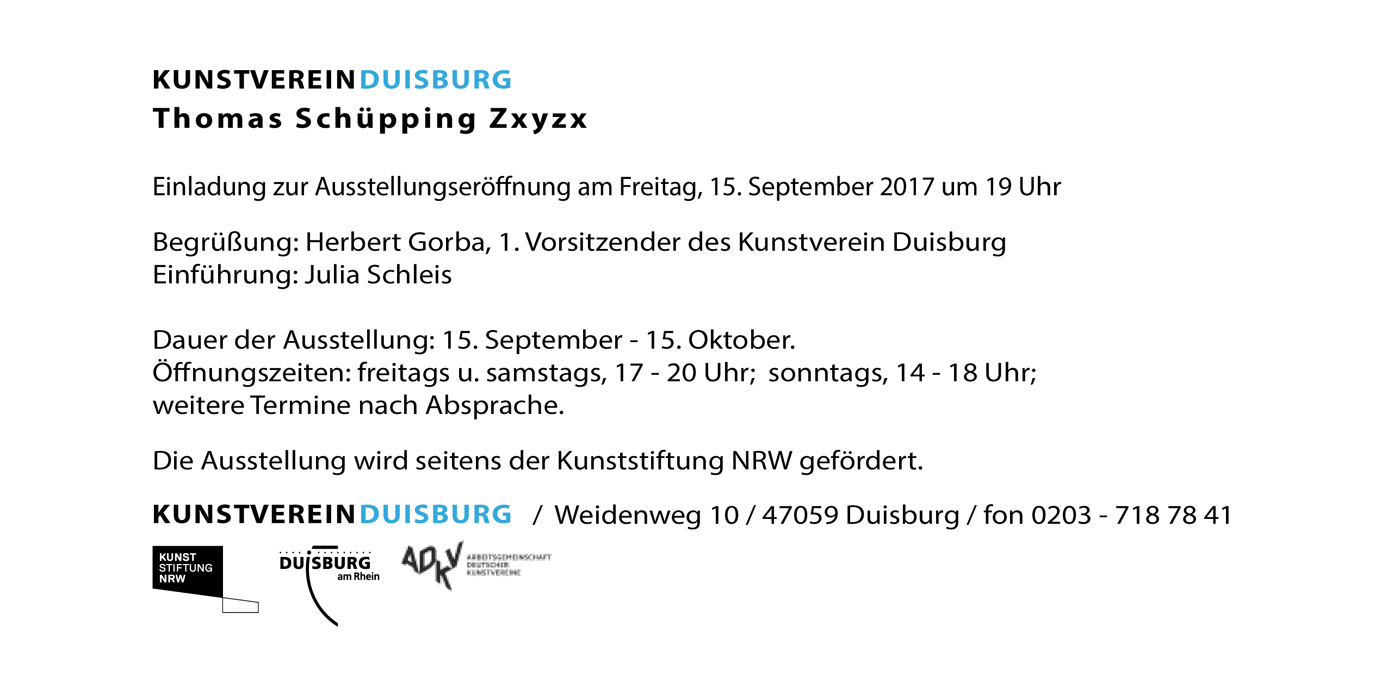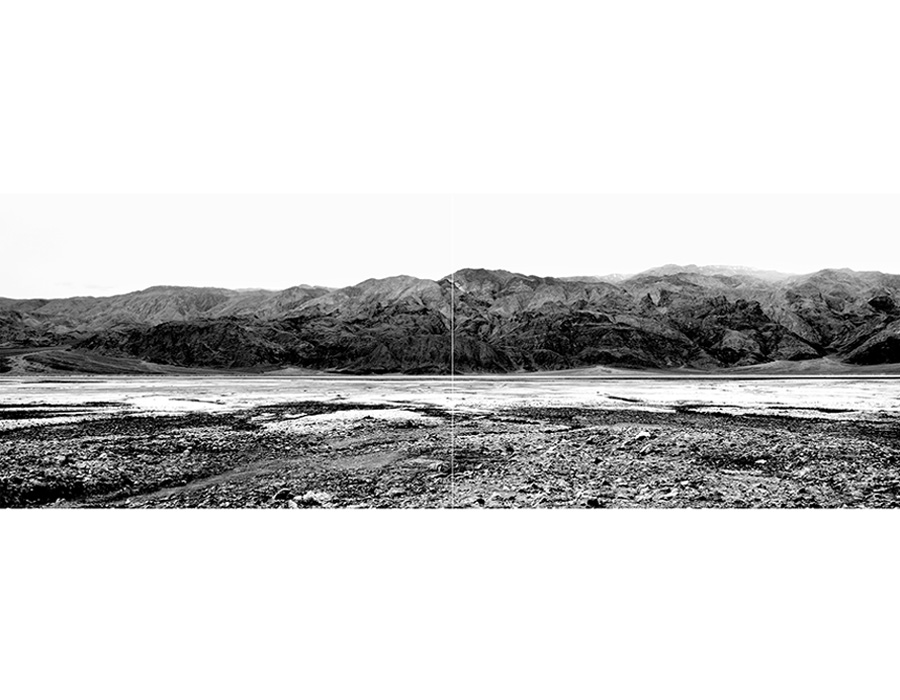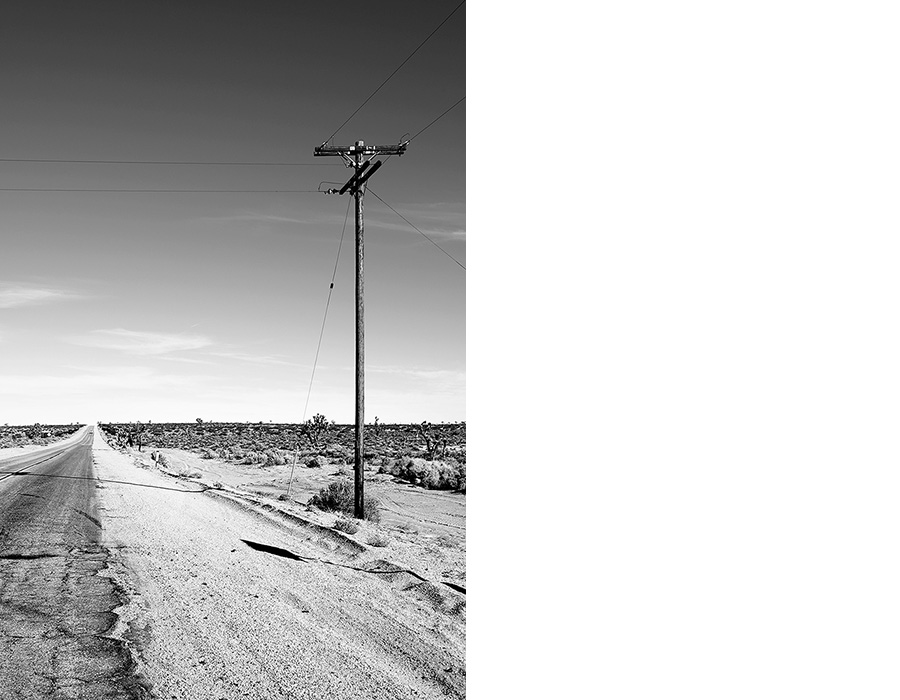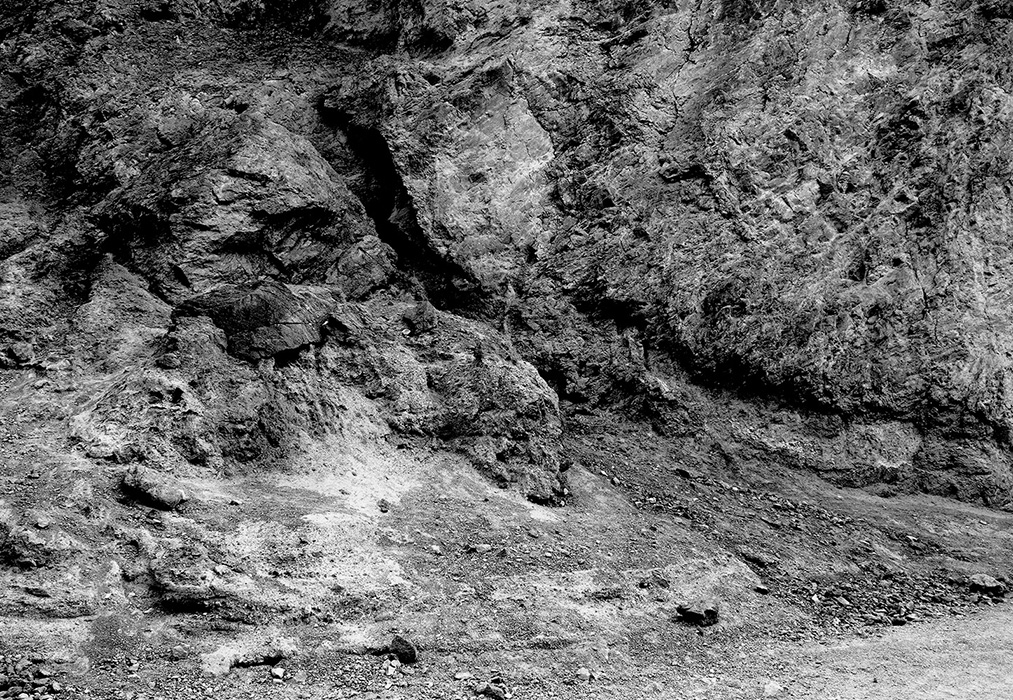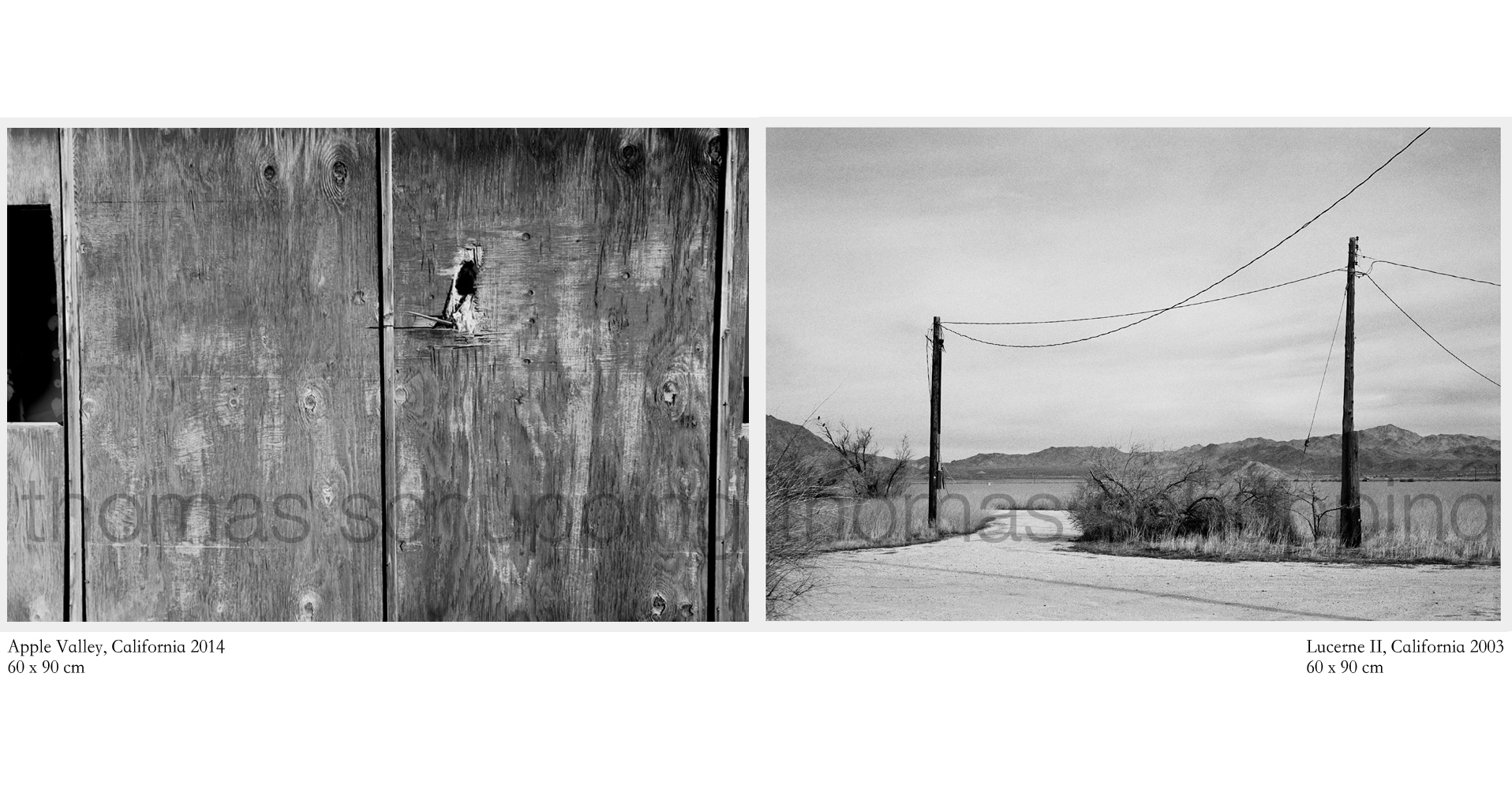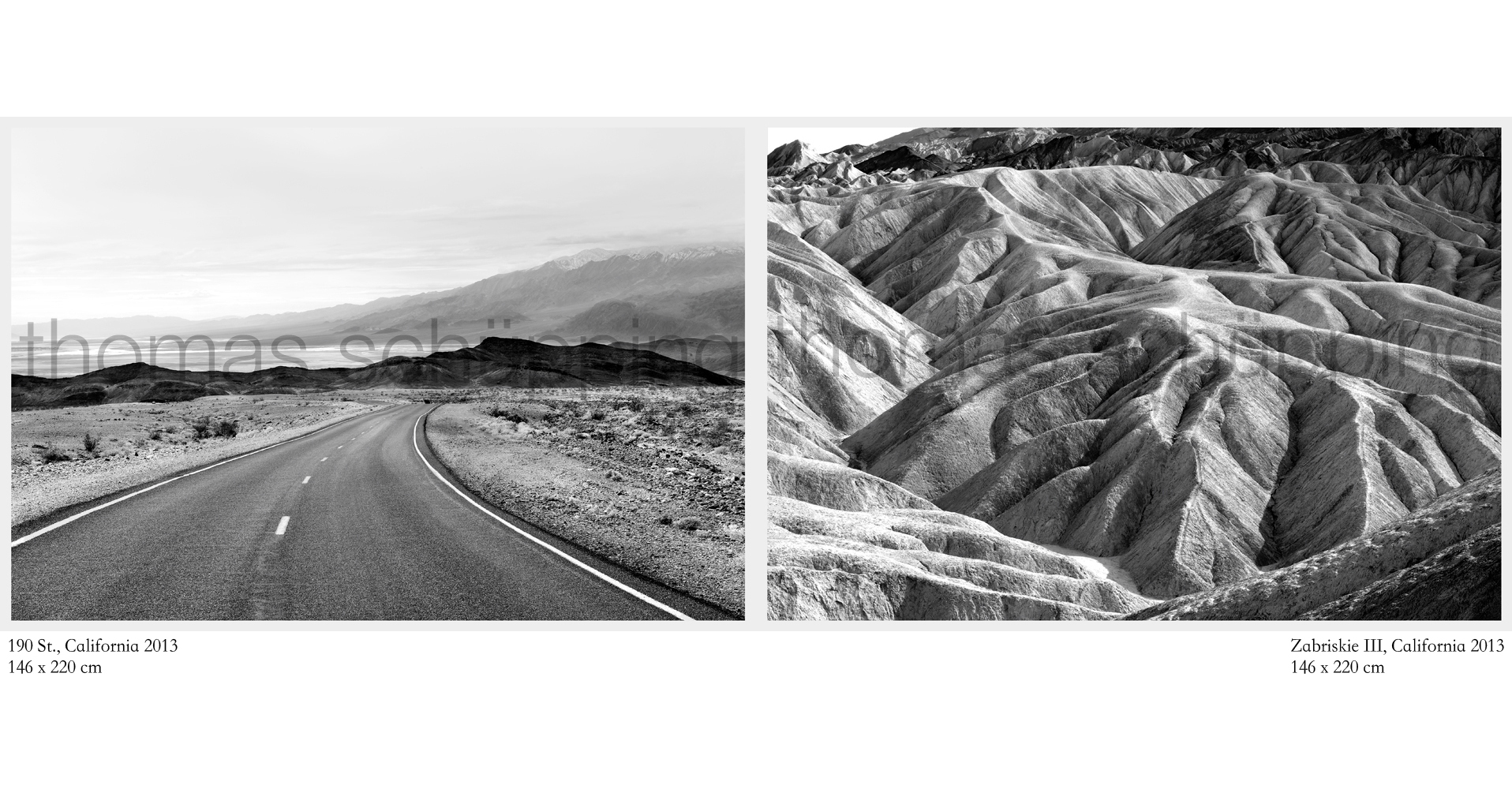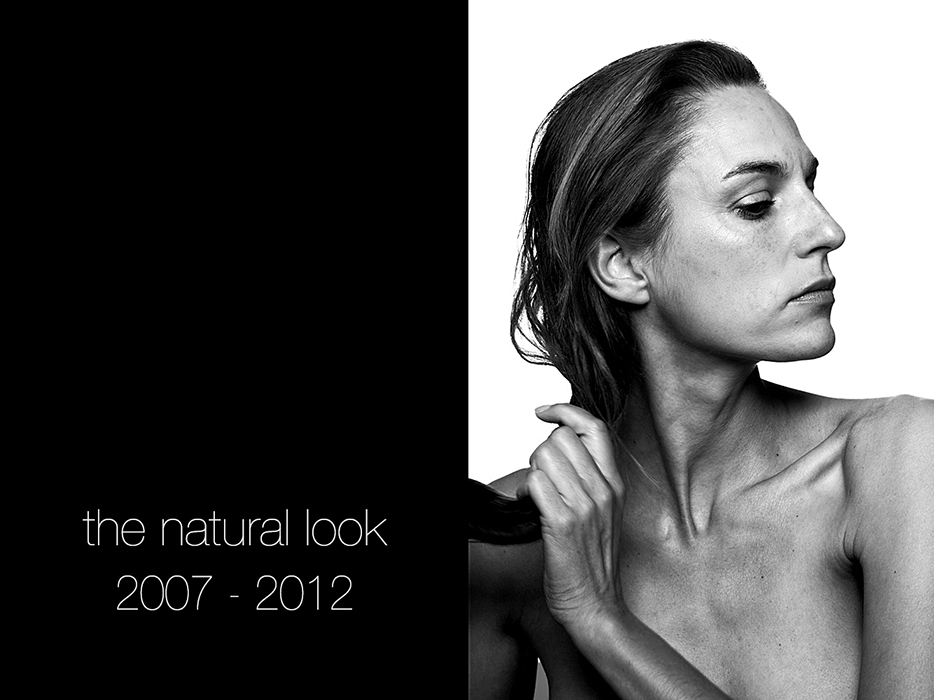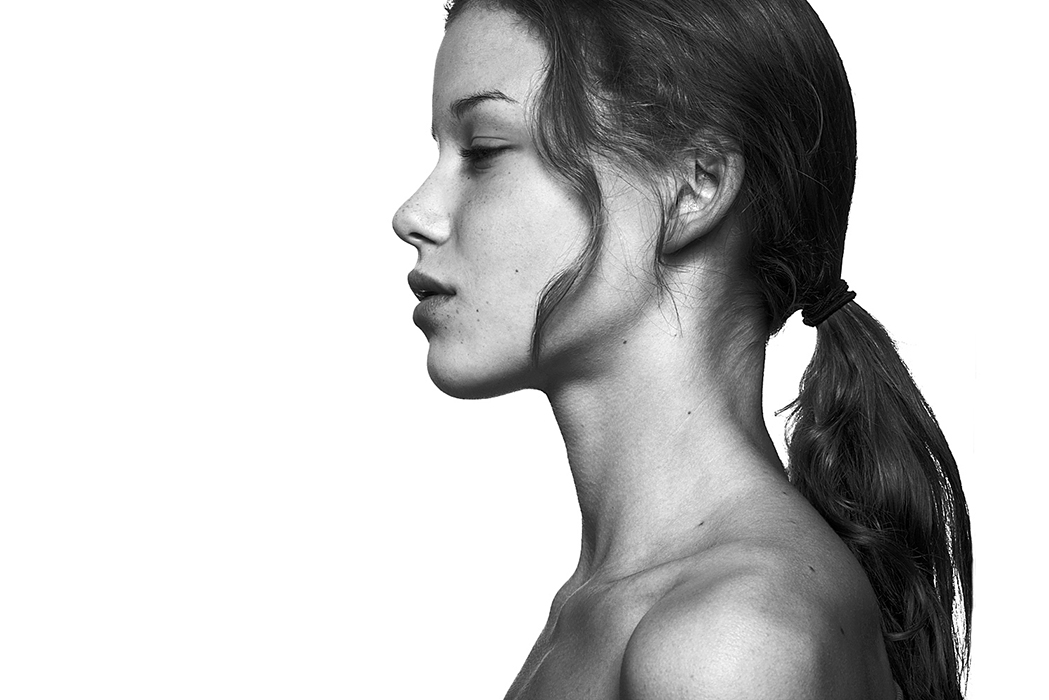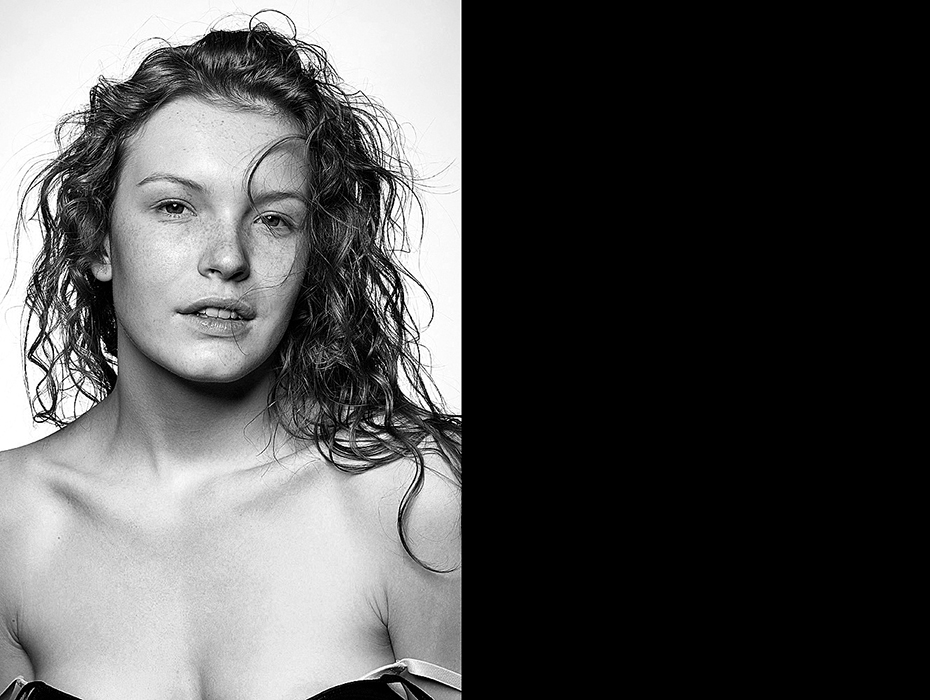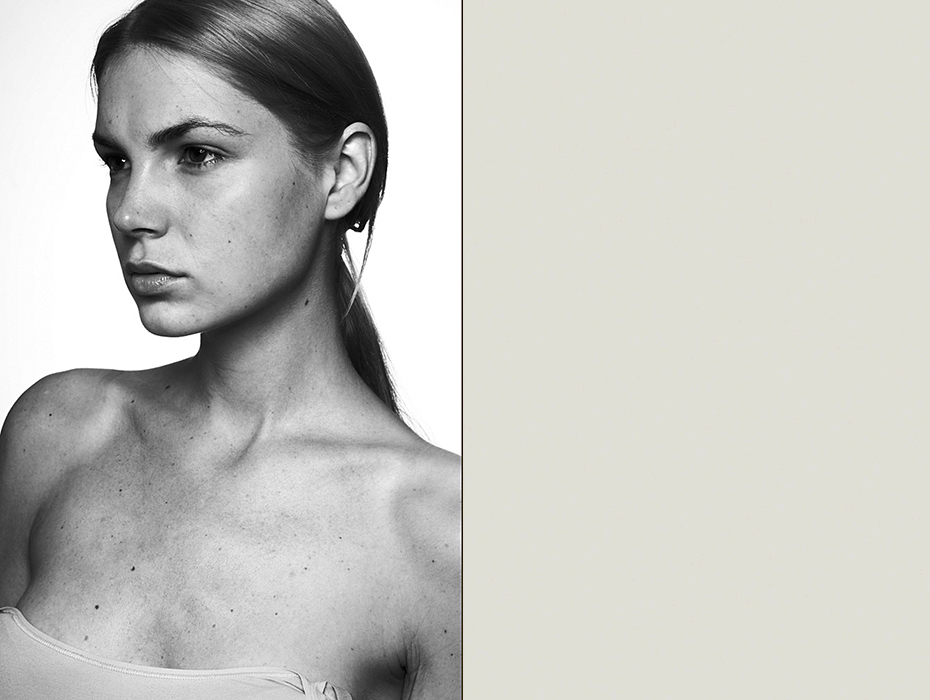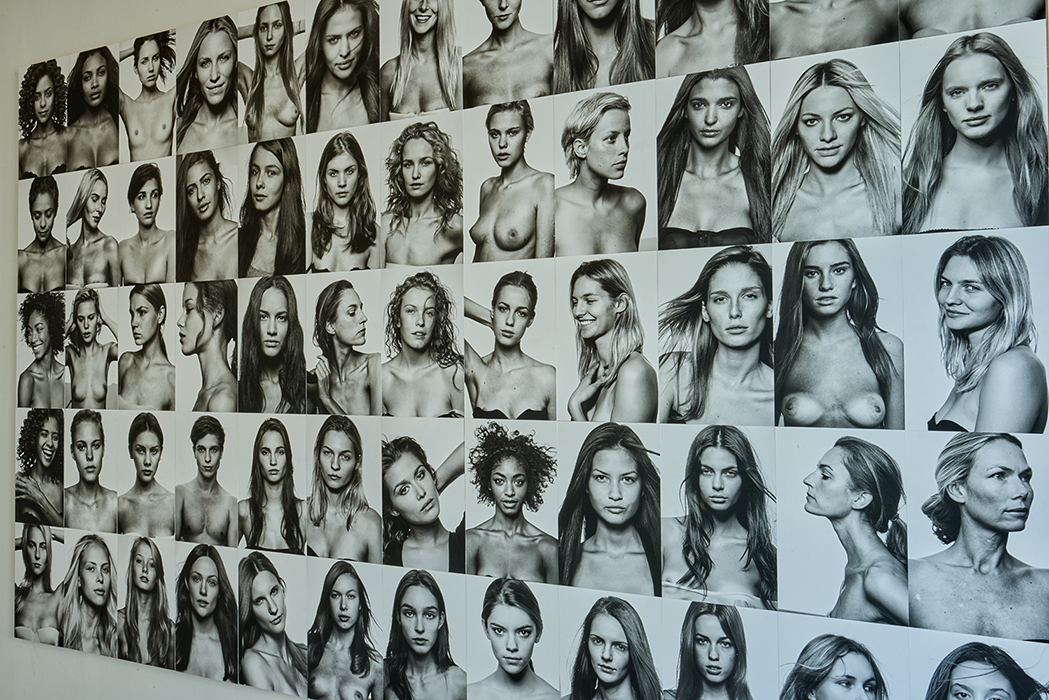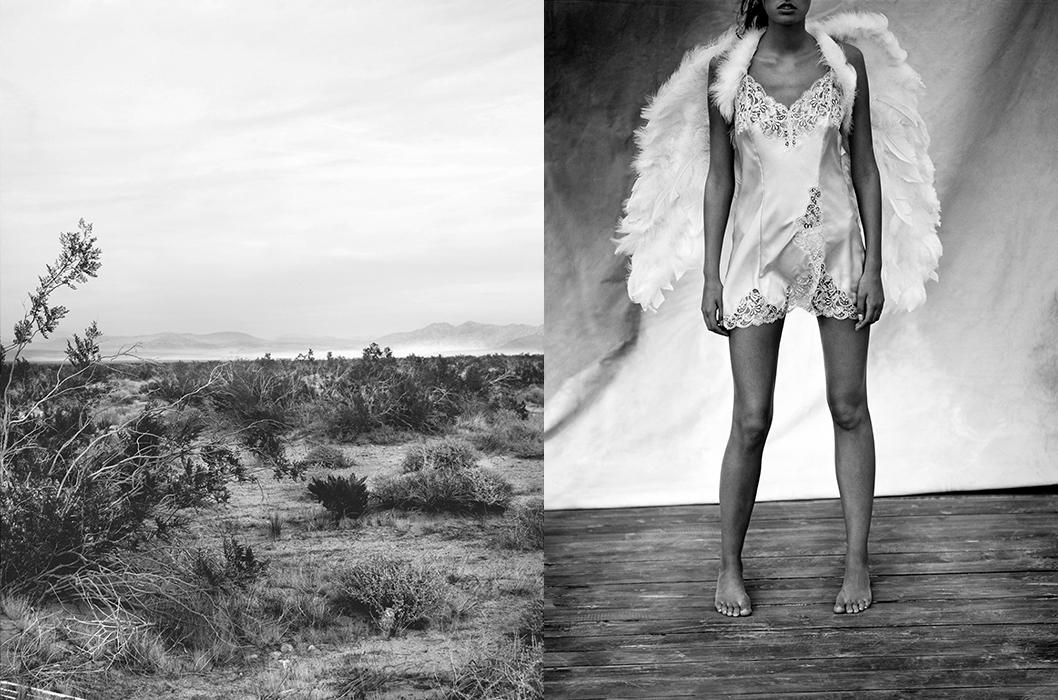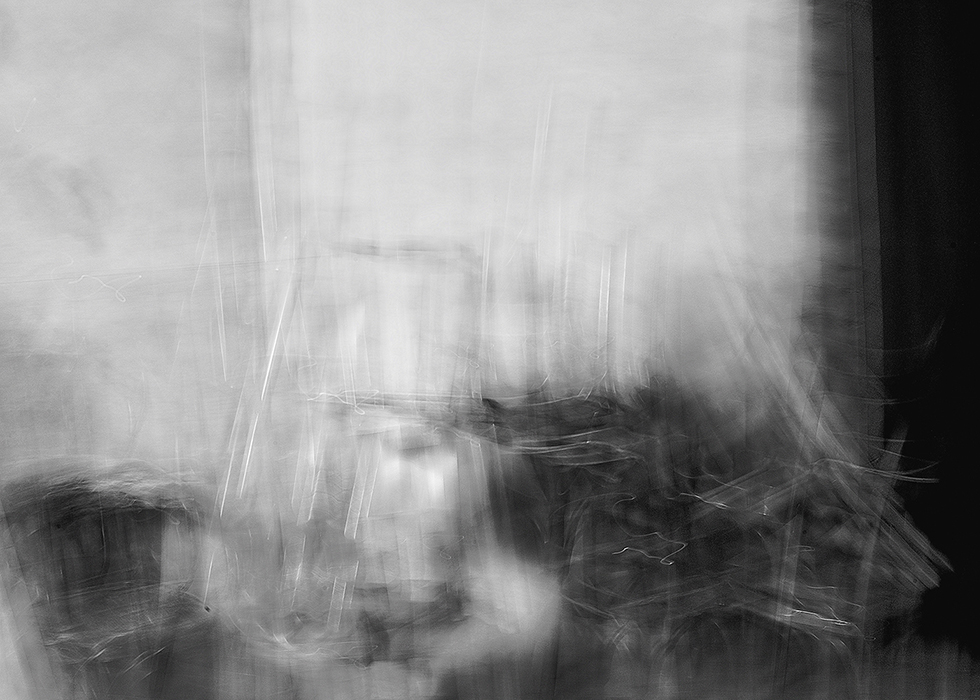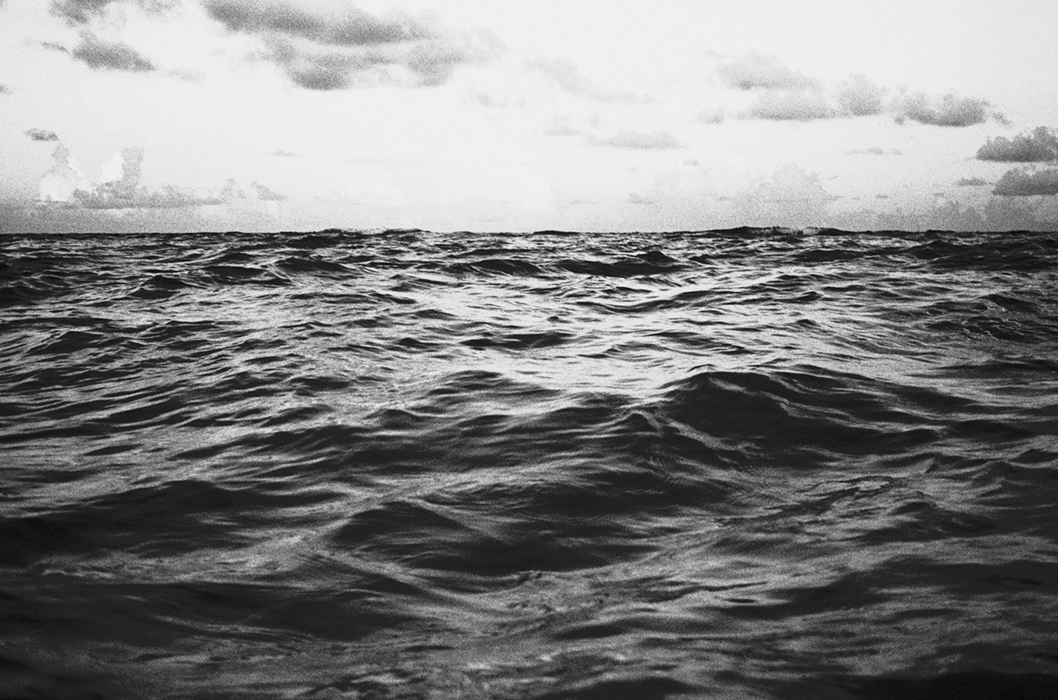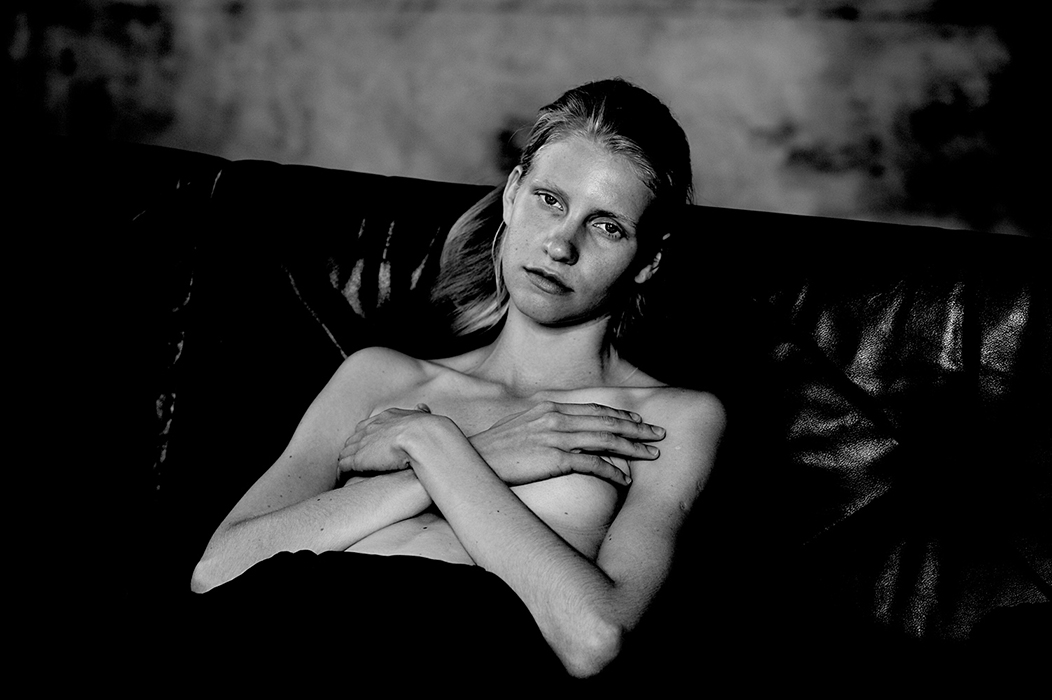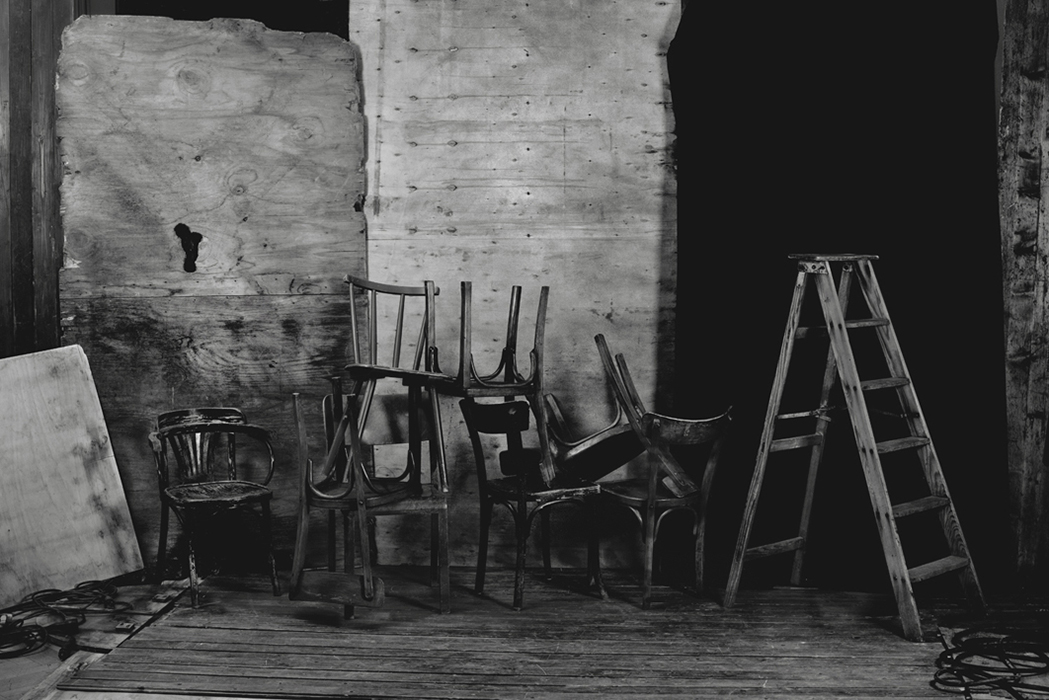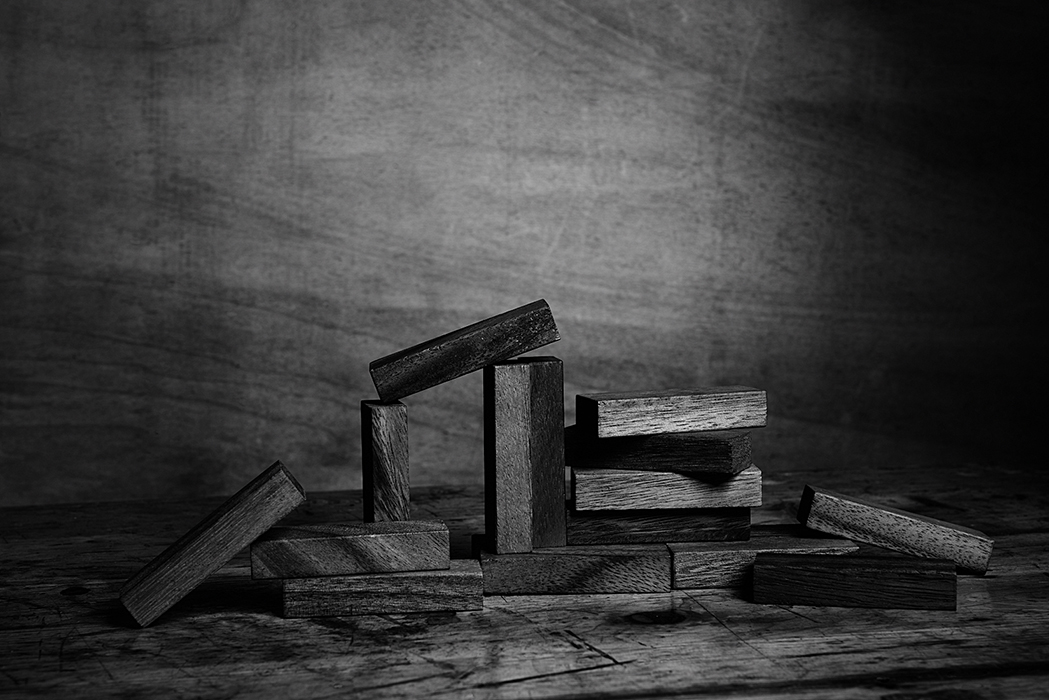painting by thomas schüpping
Exhibition DIE GROSSE 2017 Museum Kunstpalast Düsseldorf Thomas Schüpping
museum kunstpalast die grosse 2023
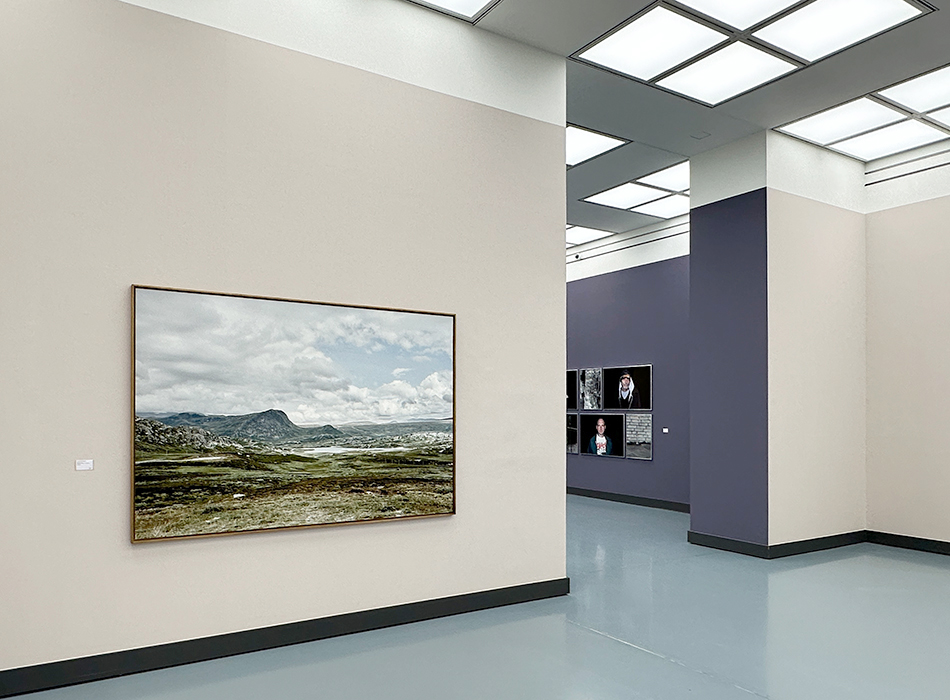
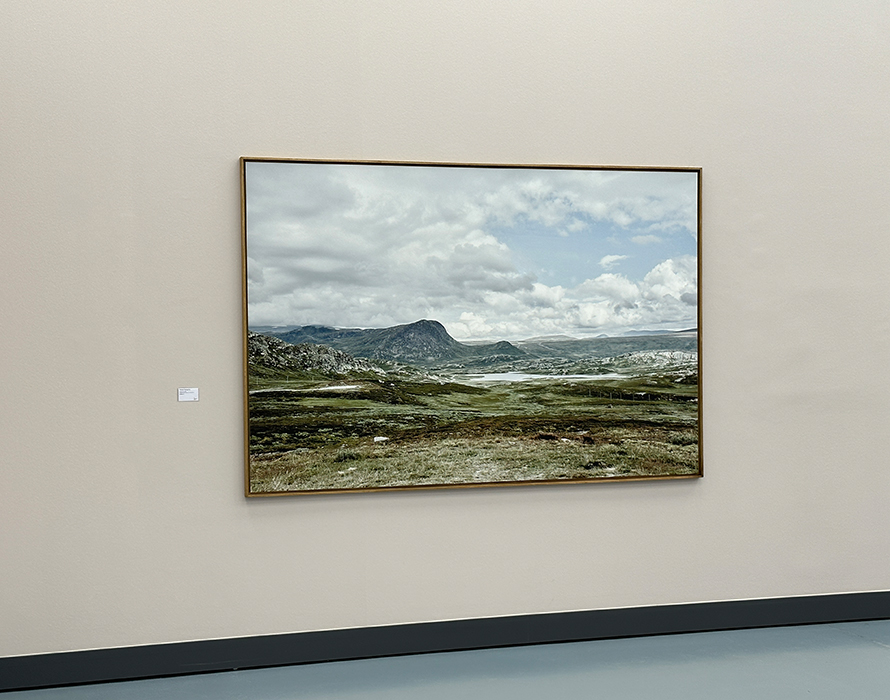
norway one
dancing chairs by thomas schüpping
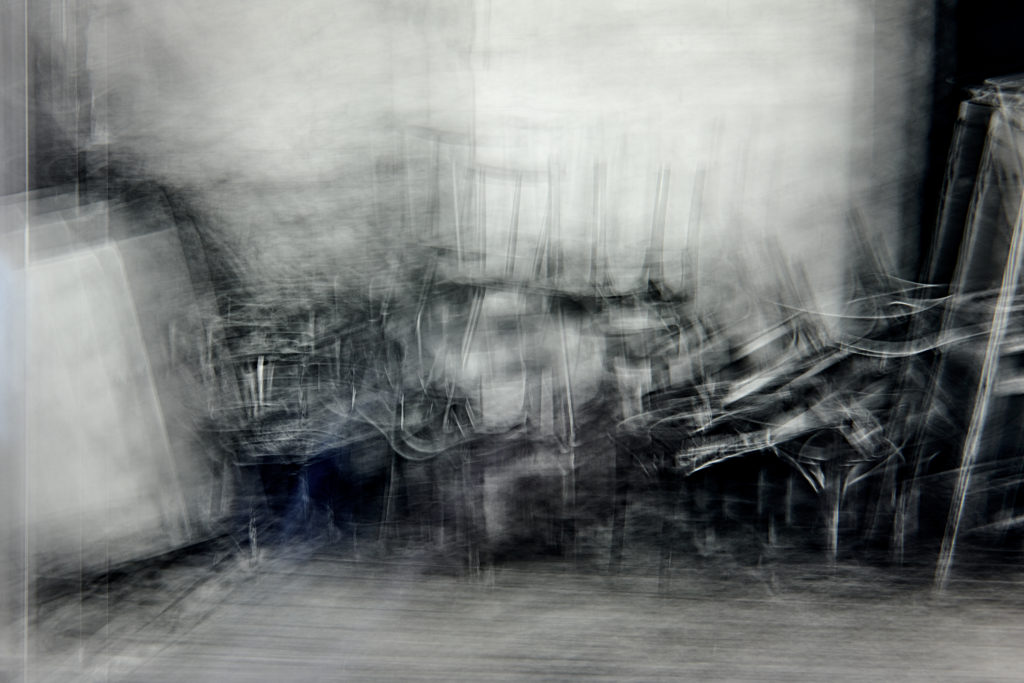
dancing chairs 3 by thomas schüpping
dancing chairs 5 by thomas schüpping
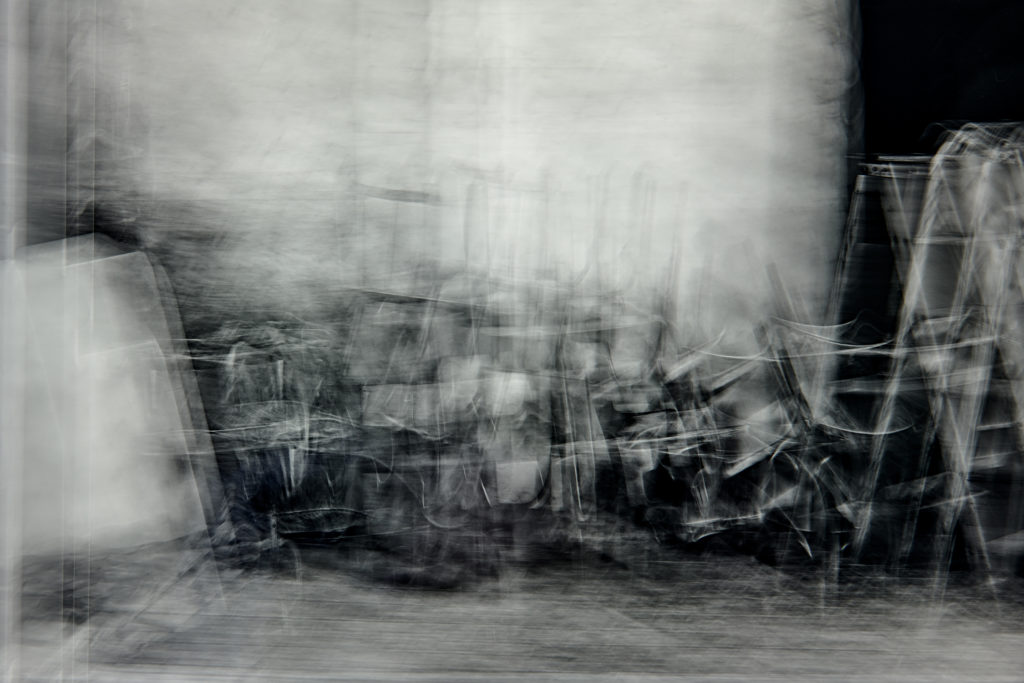
dancing chairs 7 by thomas schüpping
silent landscapes II by thomas schüpping
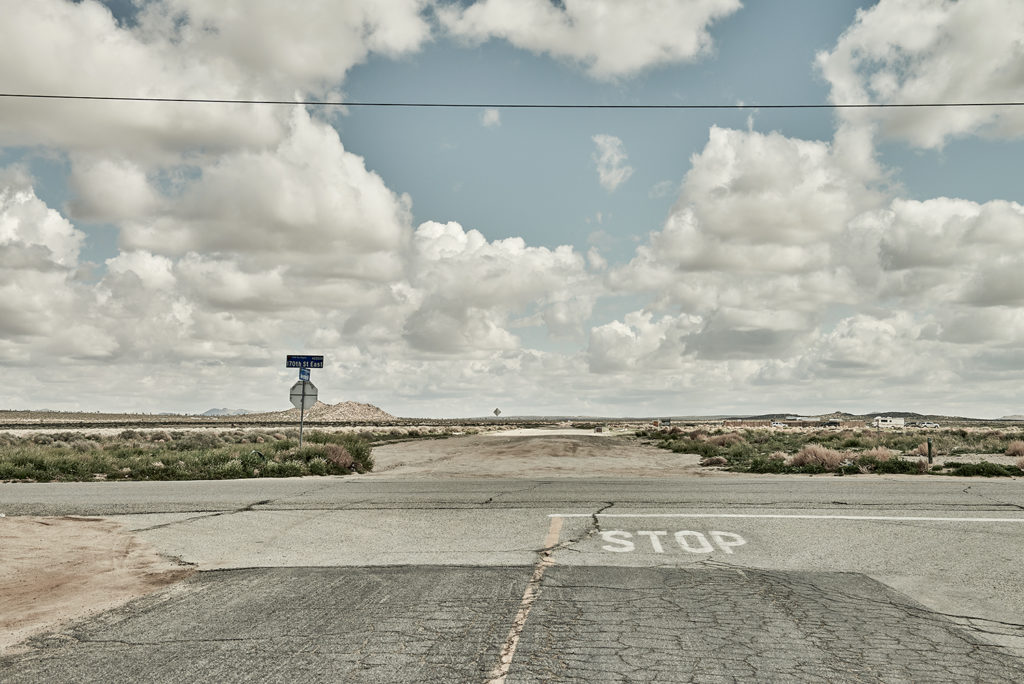
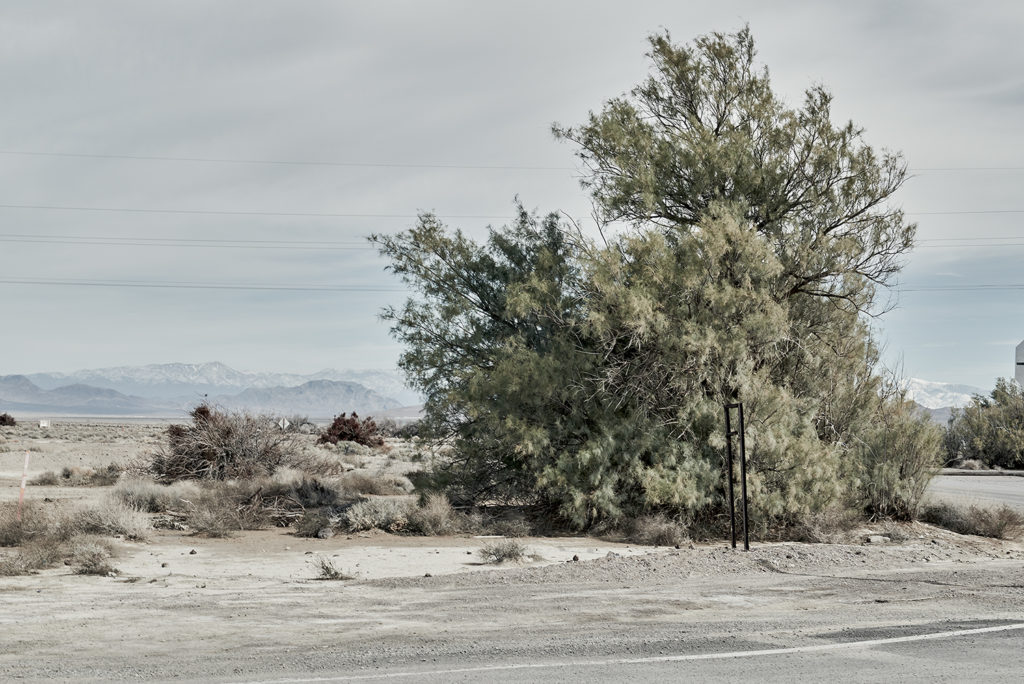
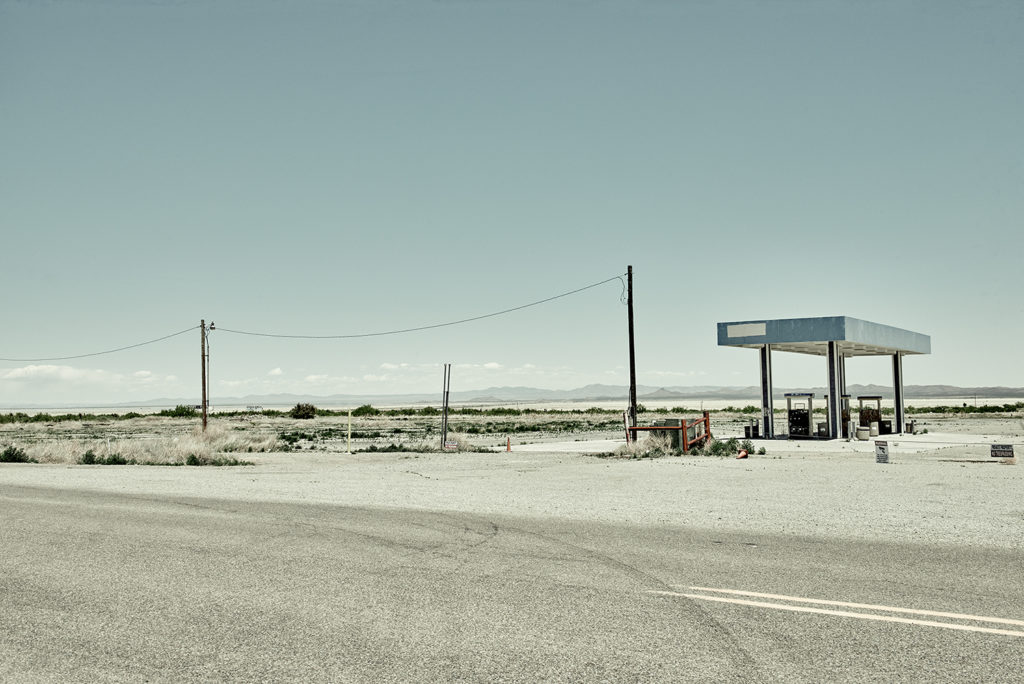
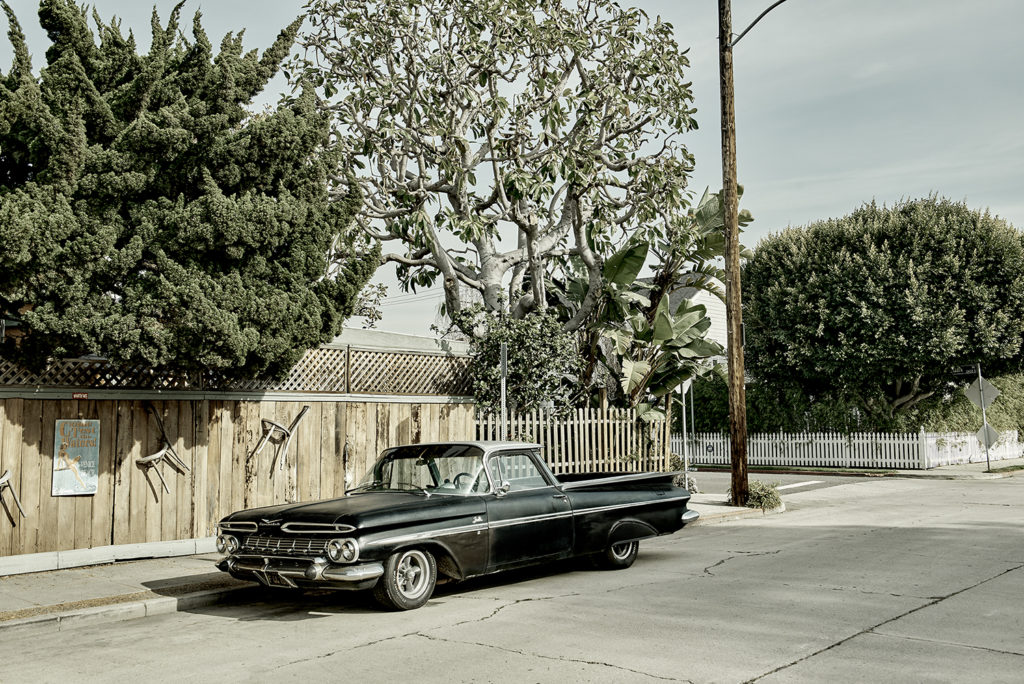
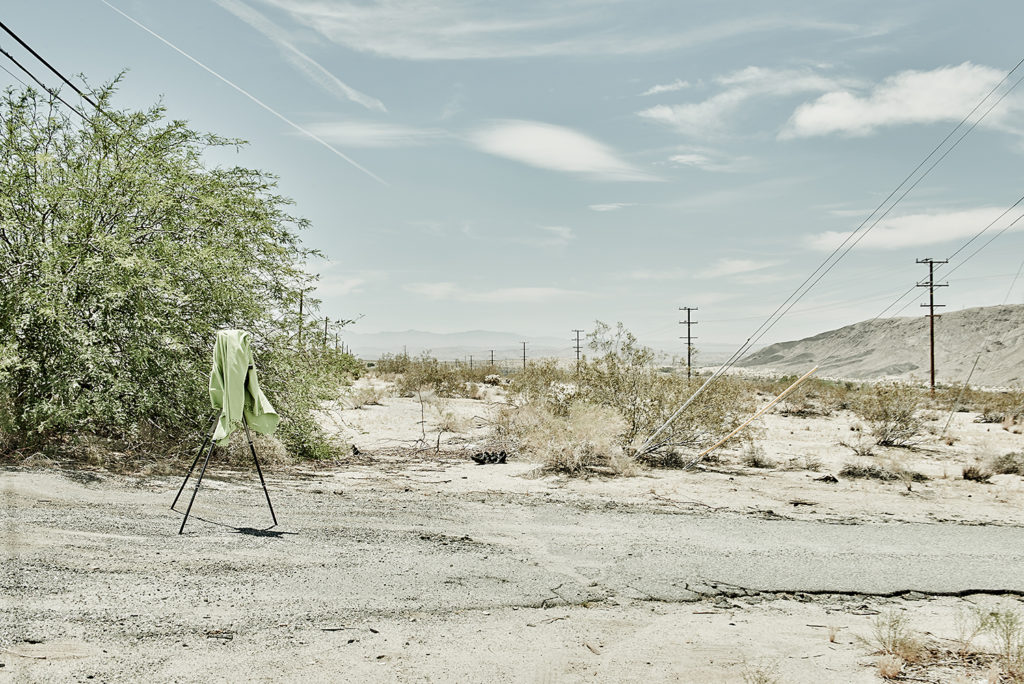
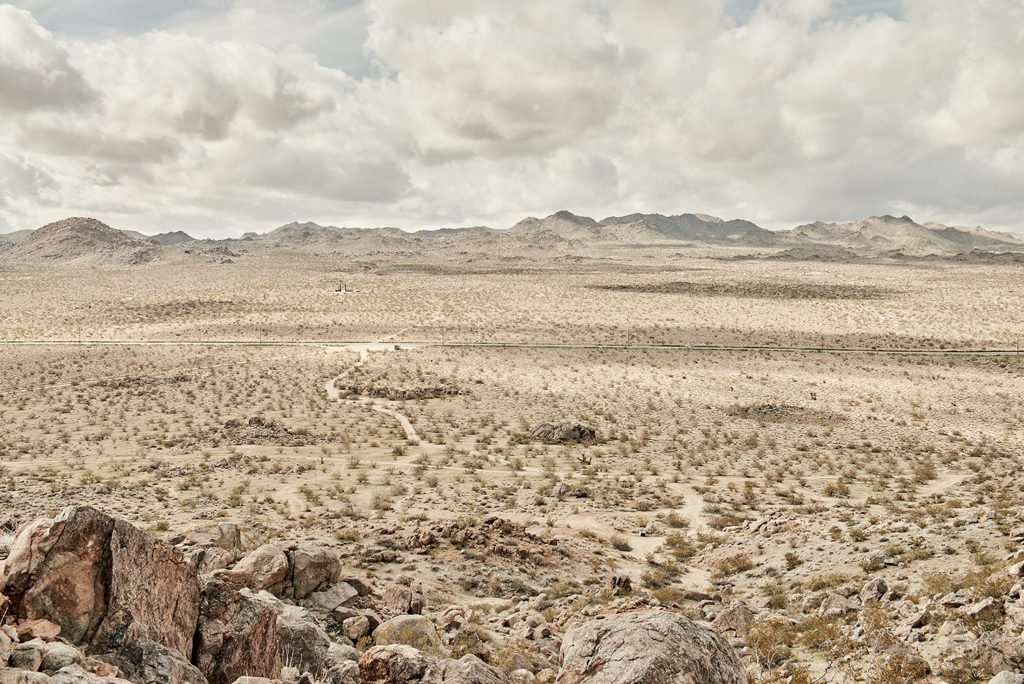
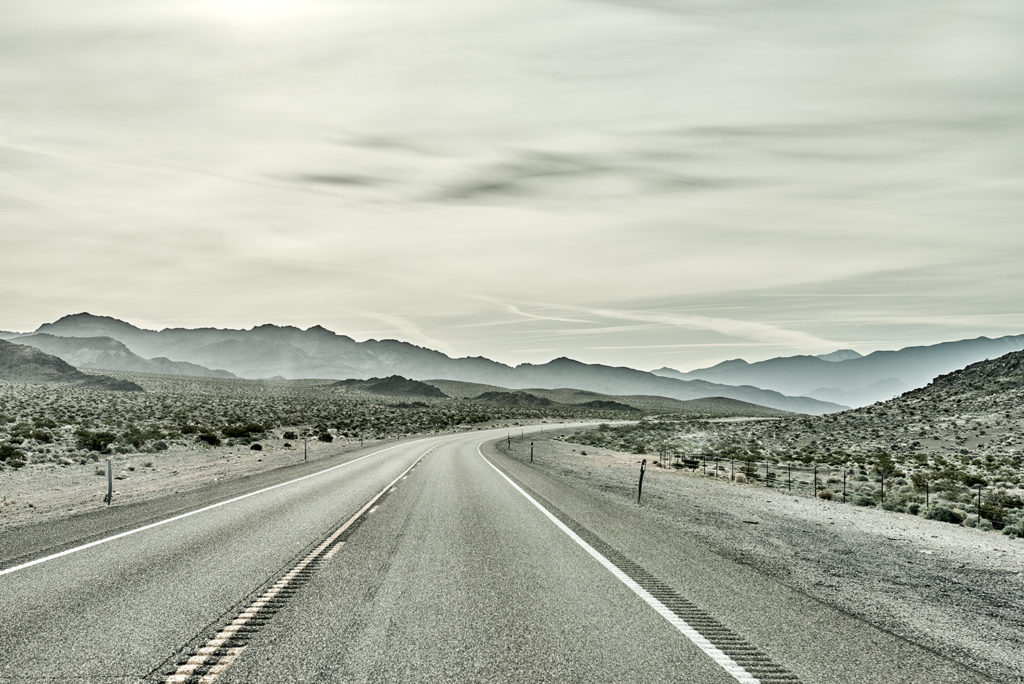
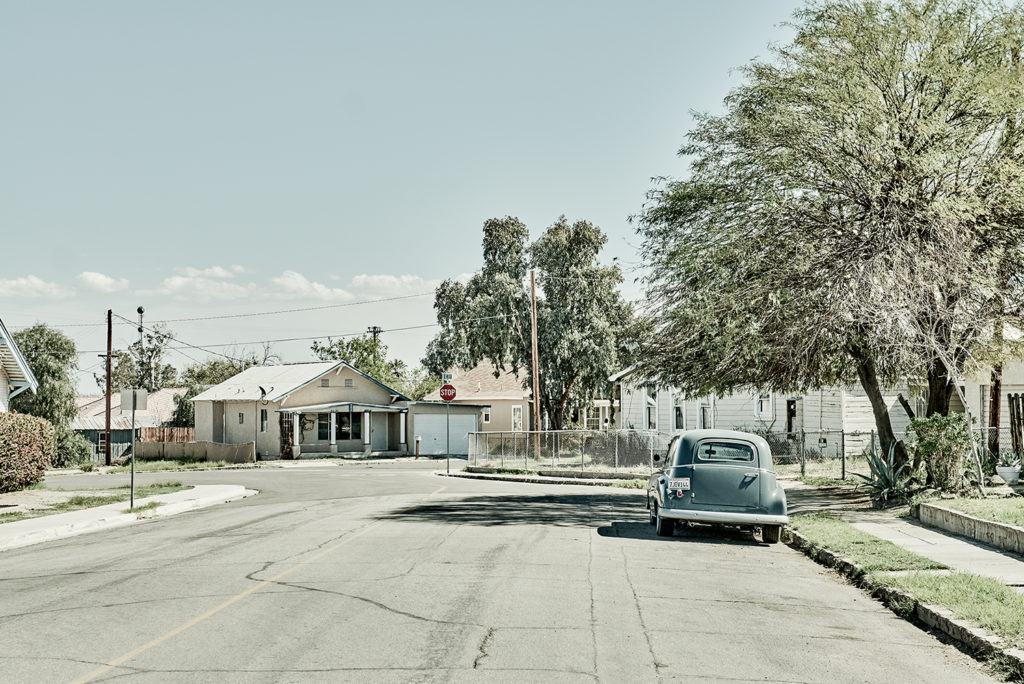
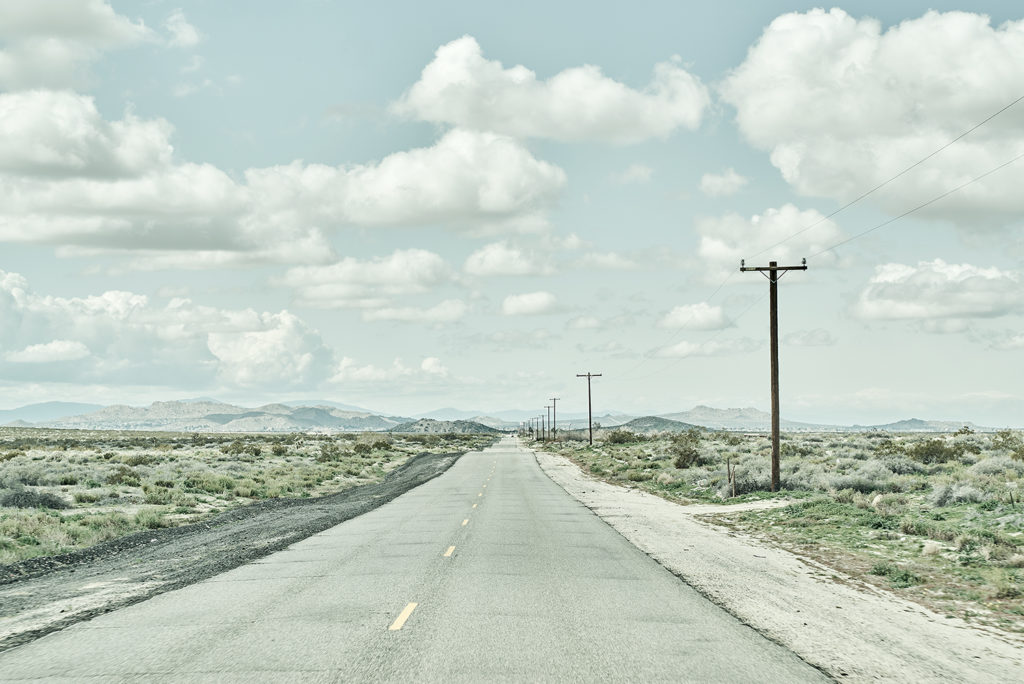
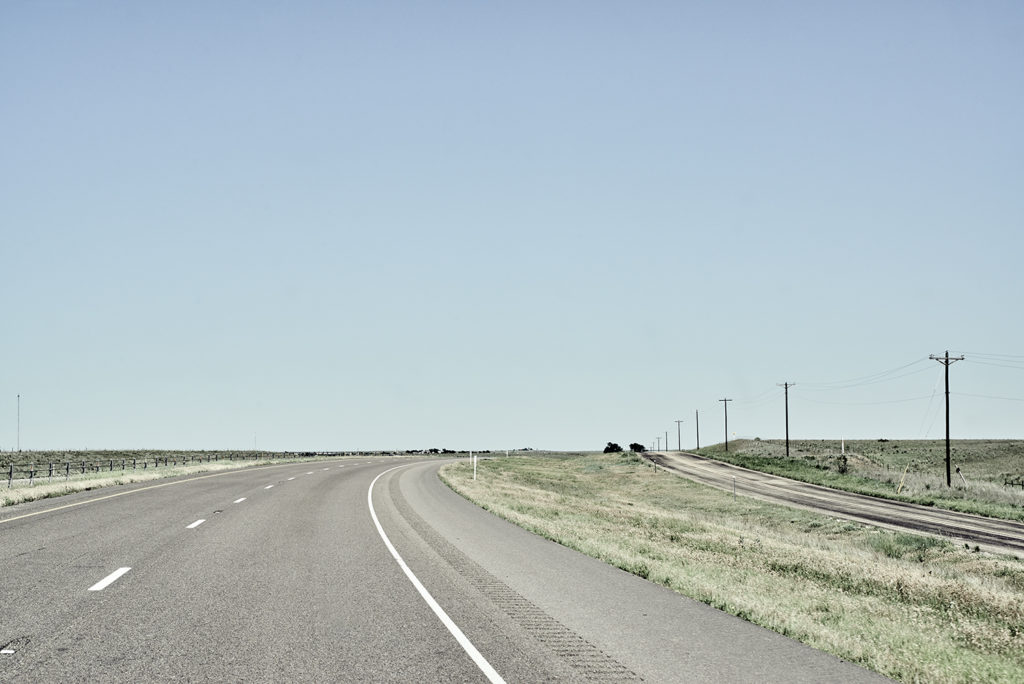
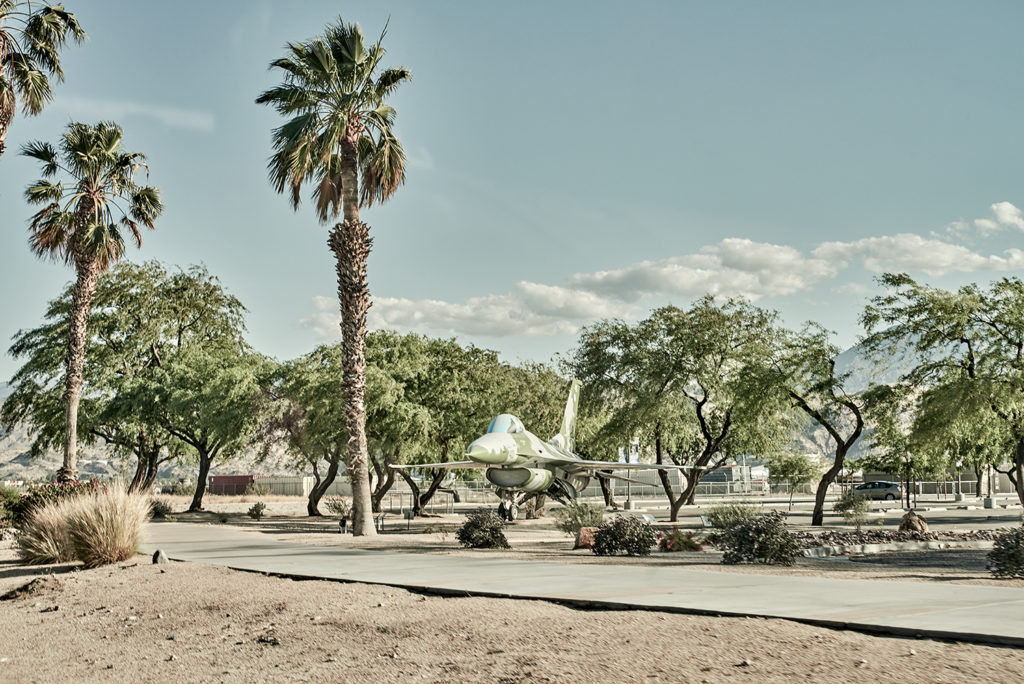
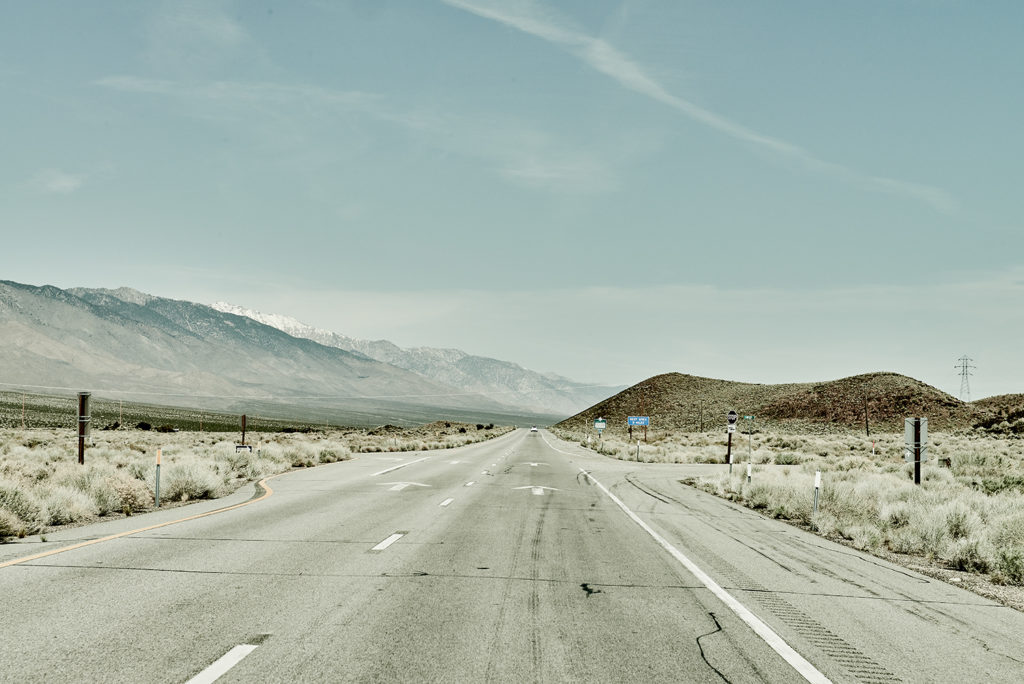
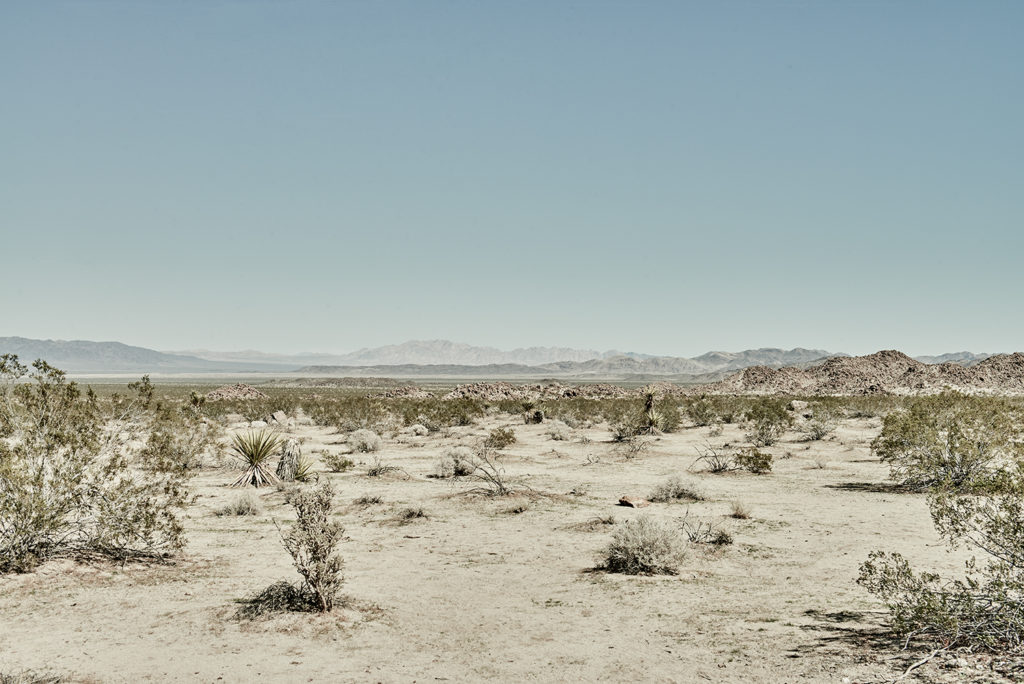
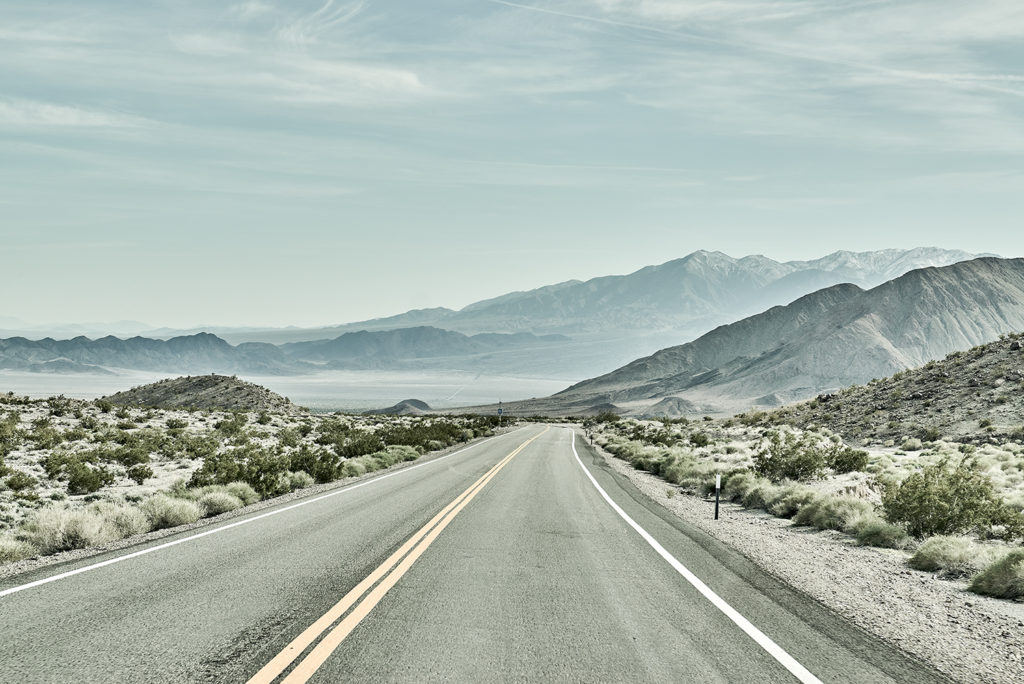
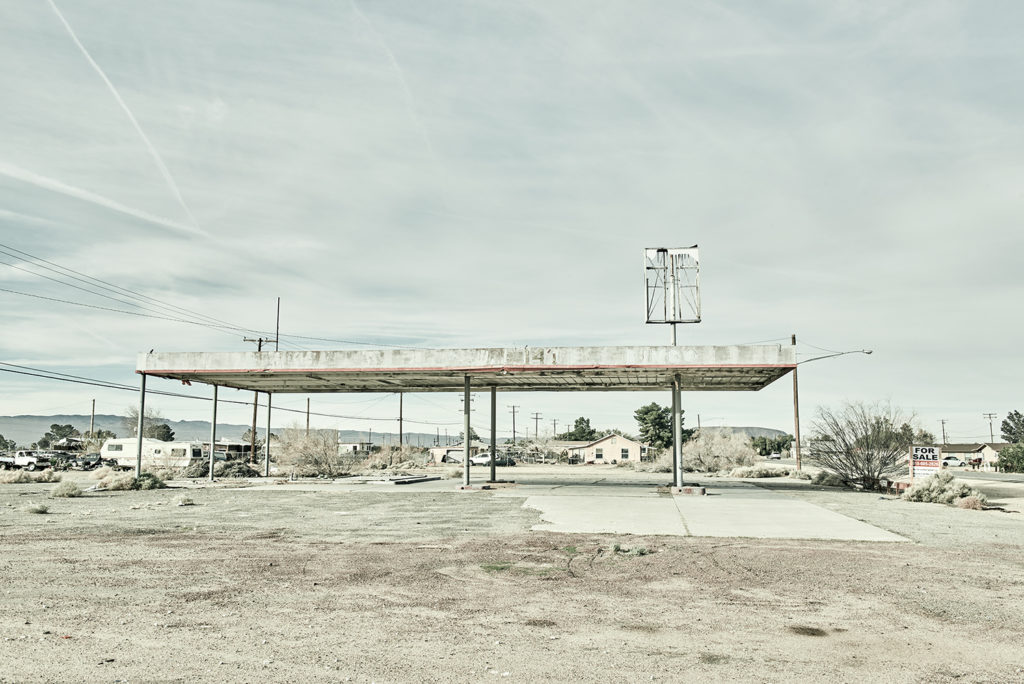
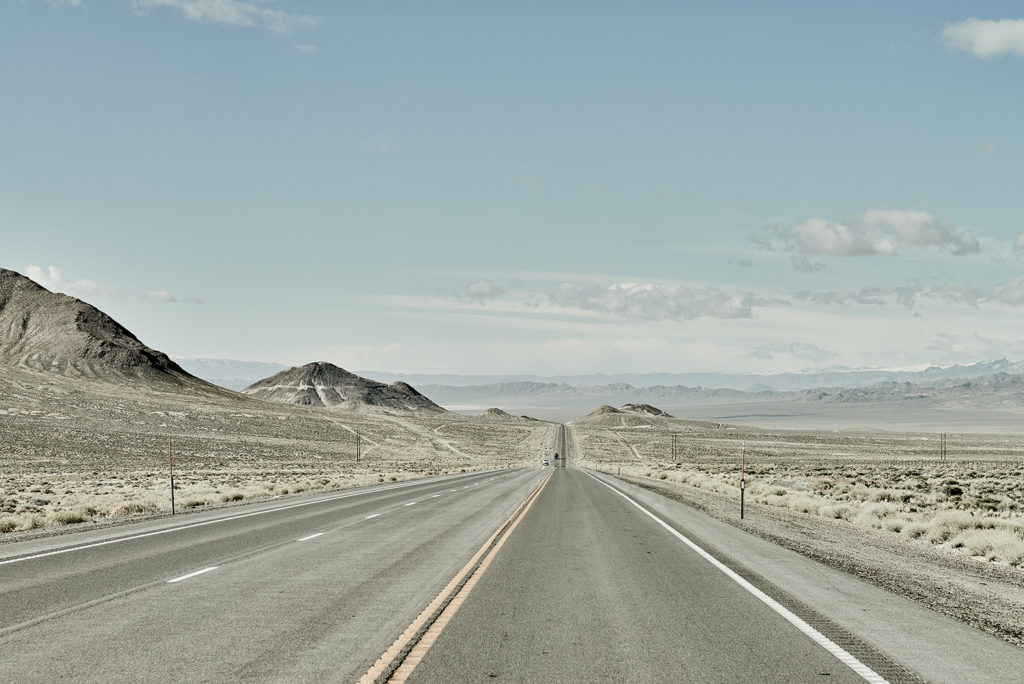
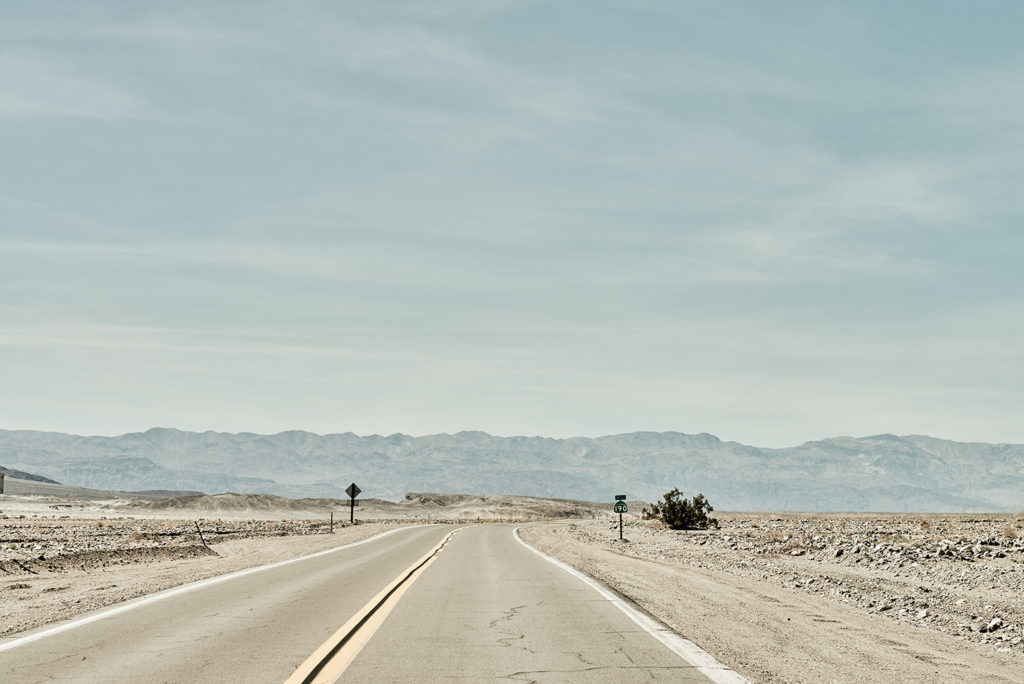
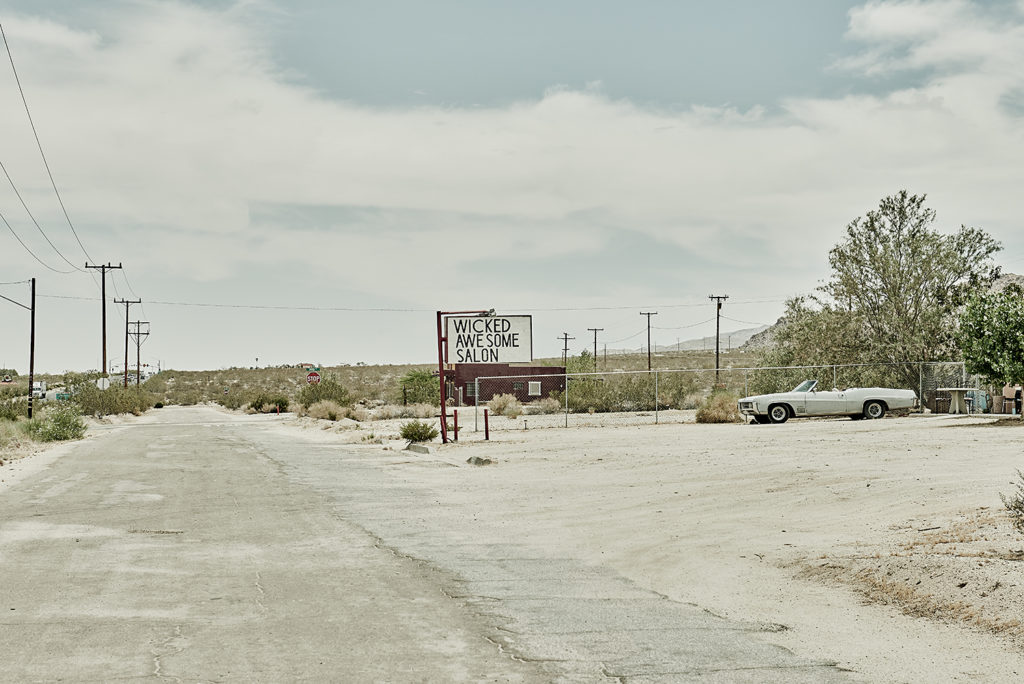
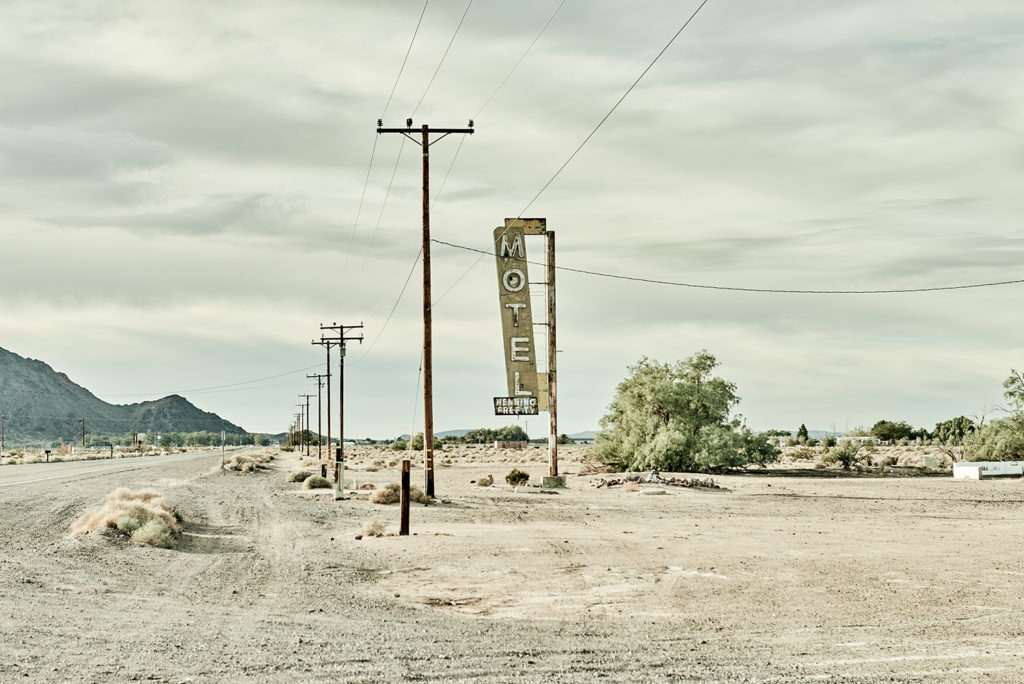
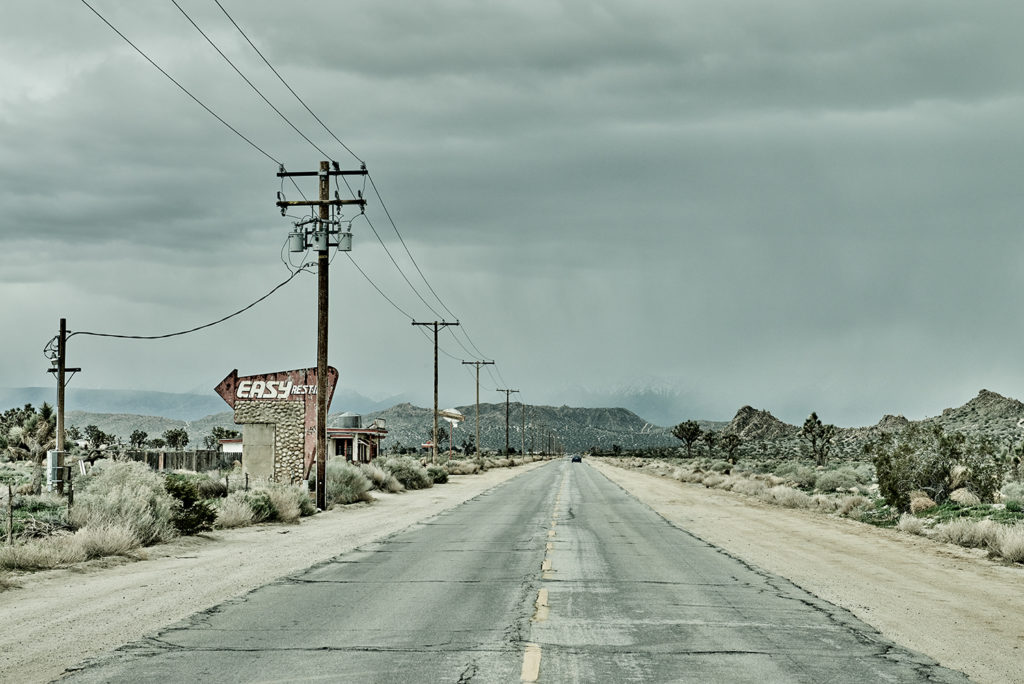
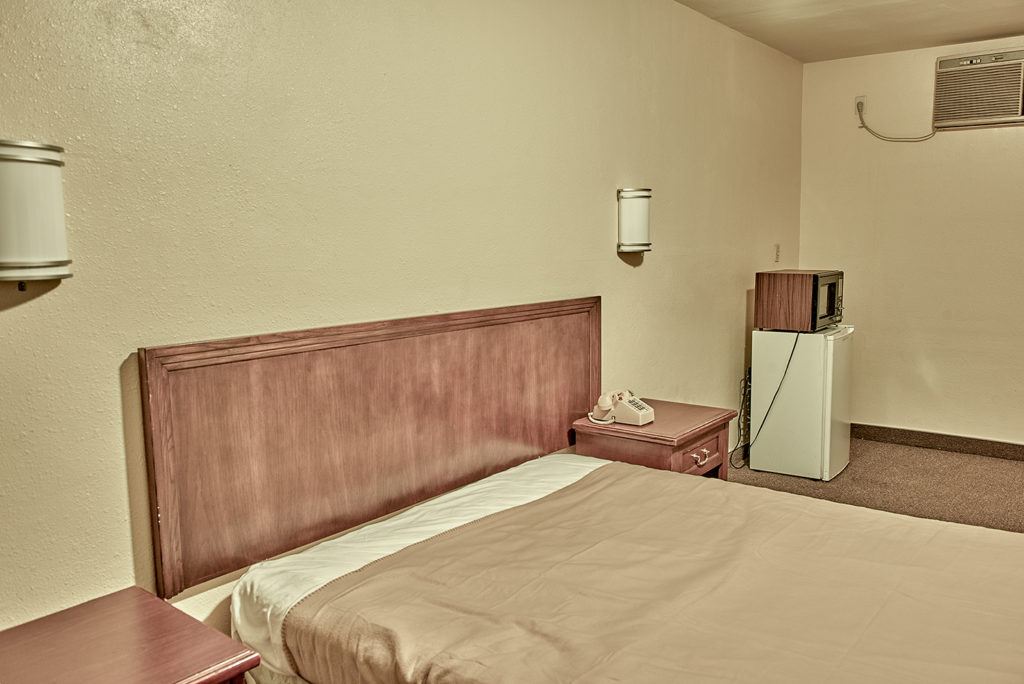
Norway by thomas schüpping
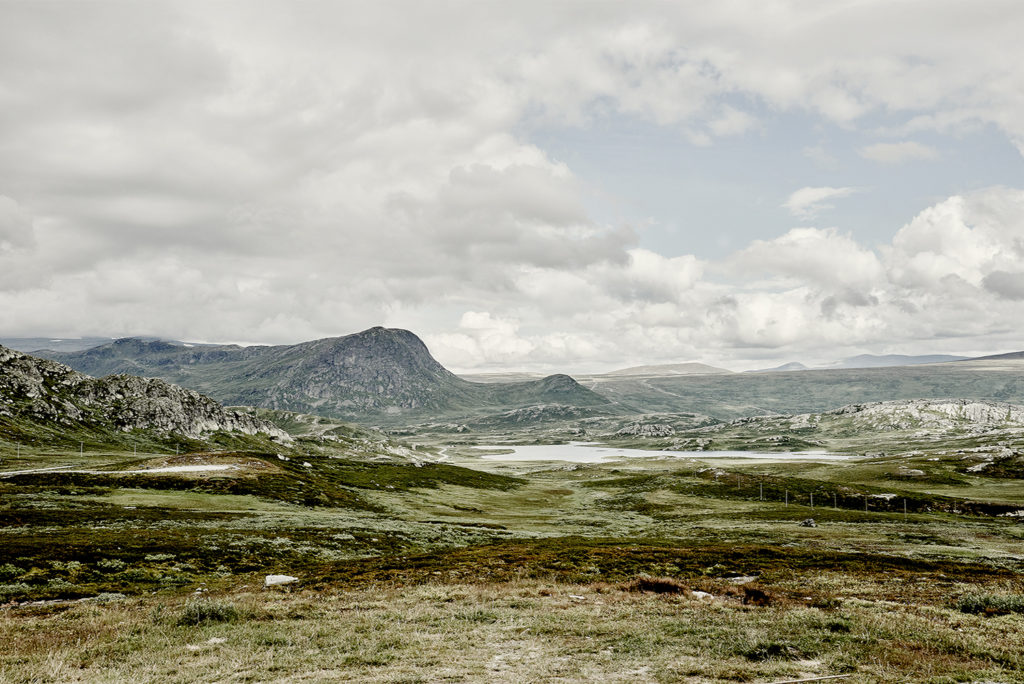
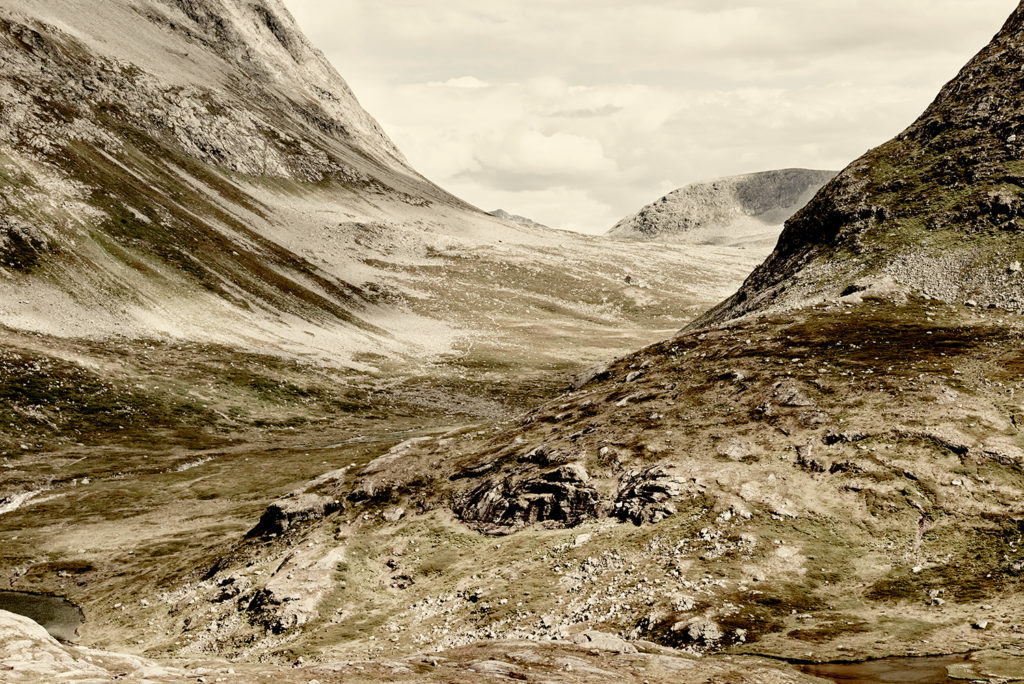
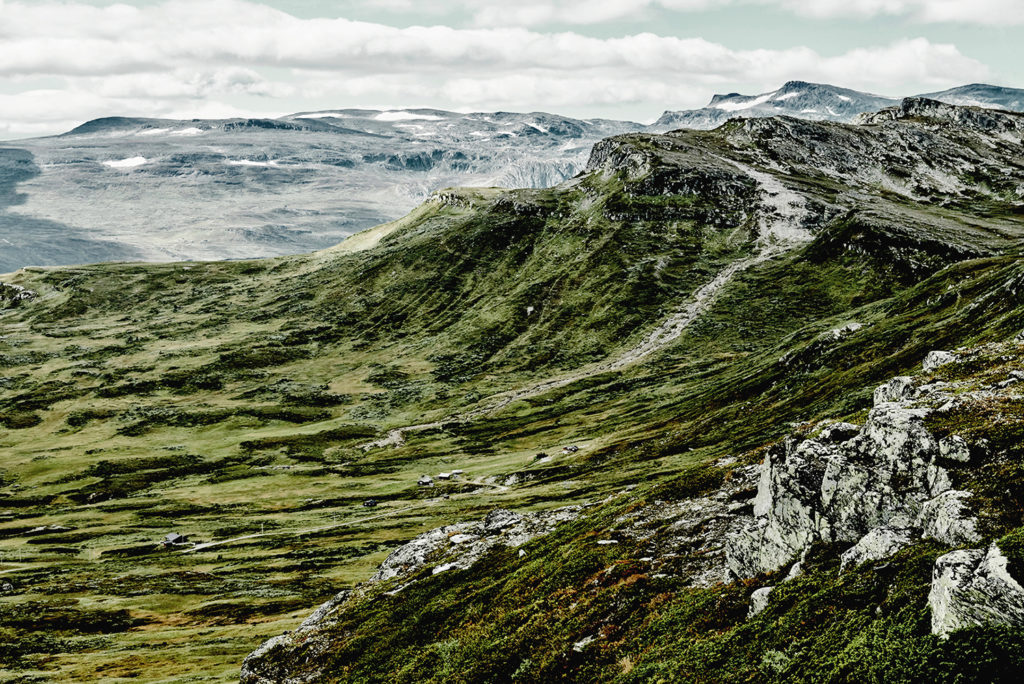
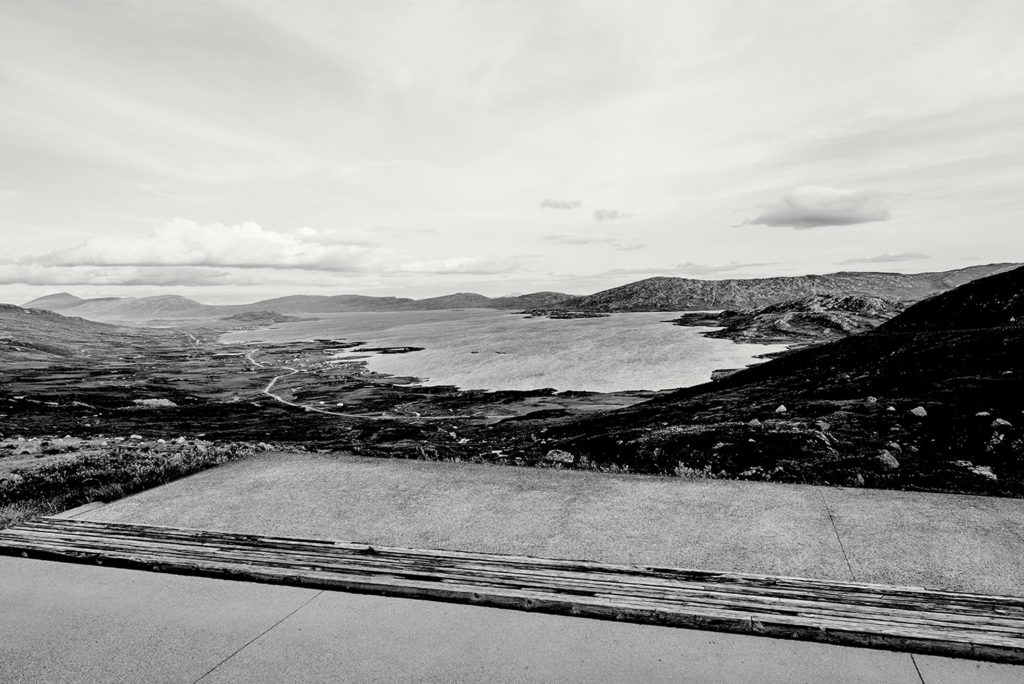
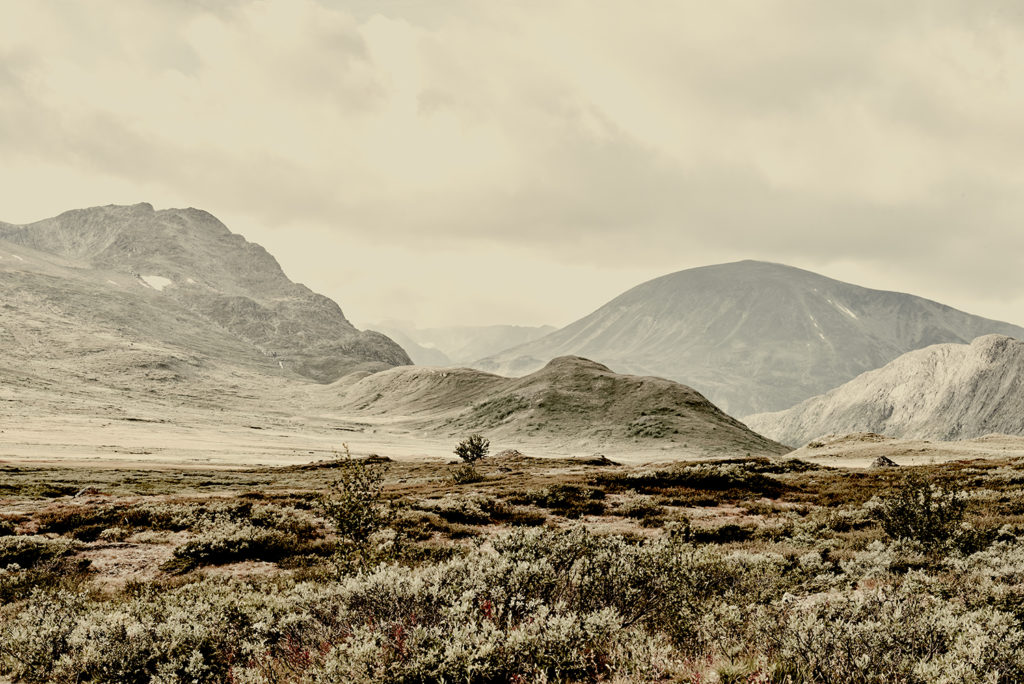
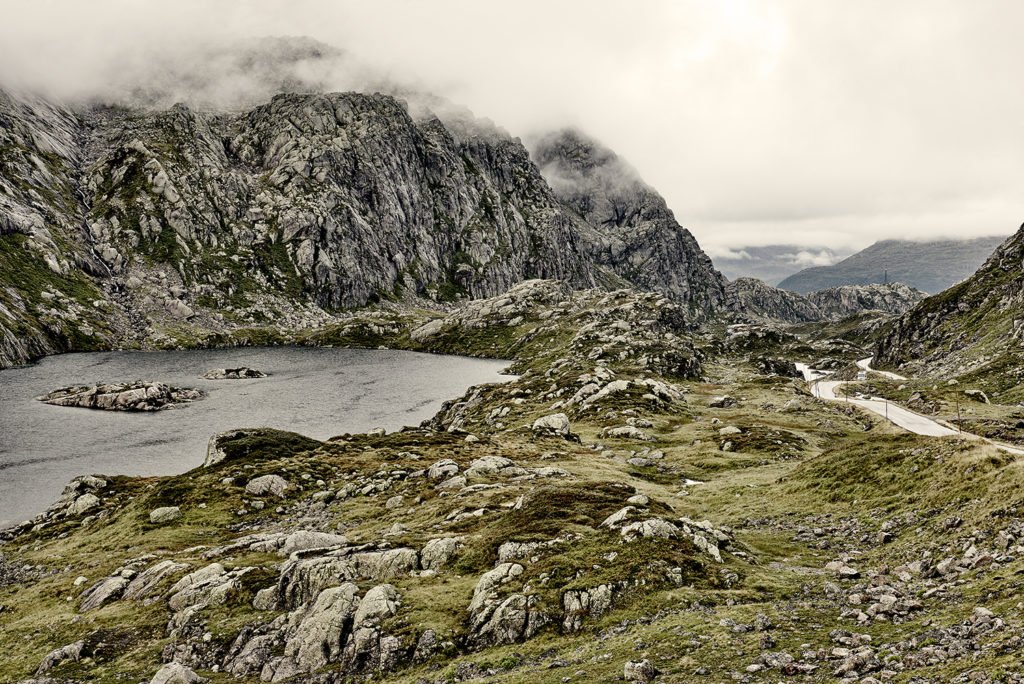
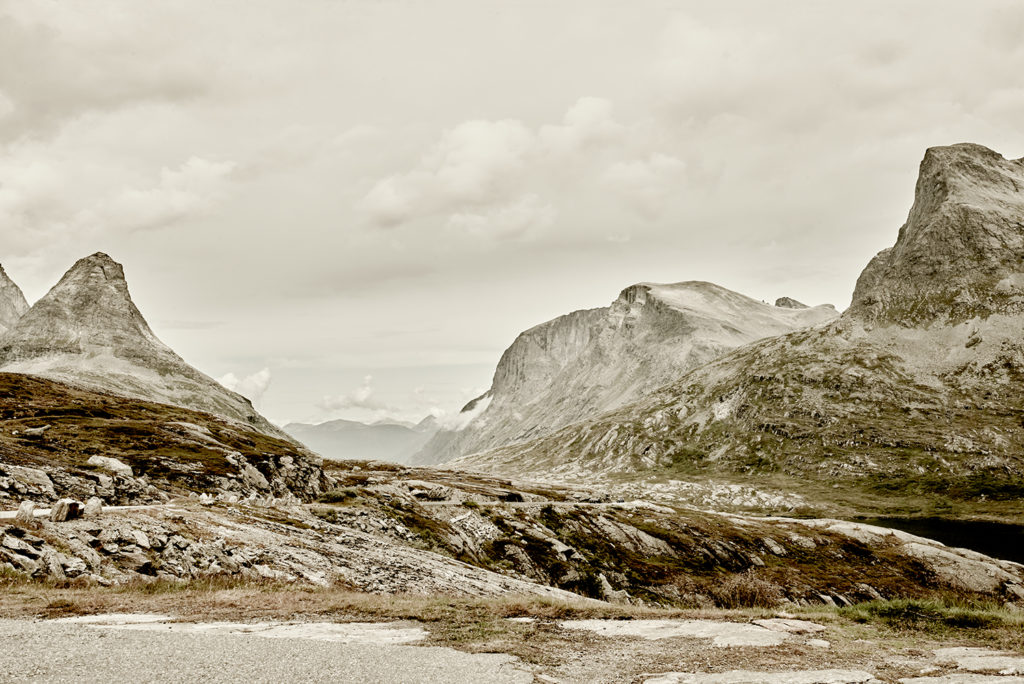
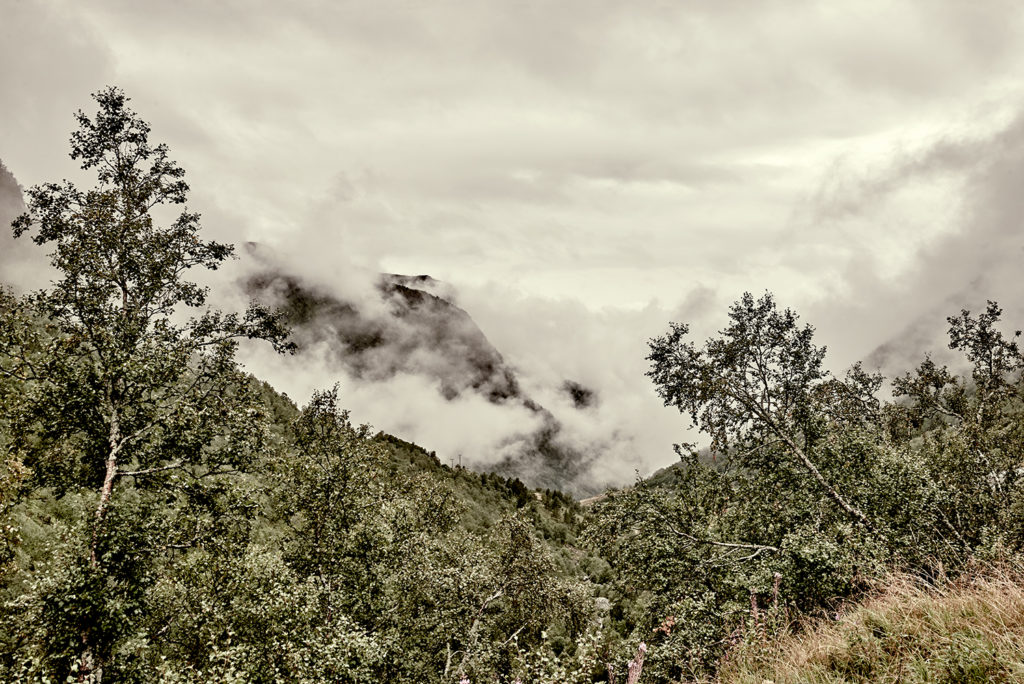
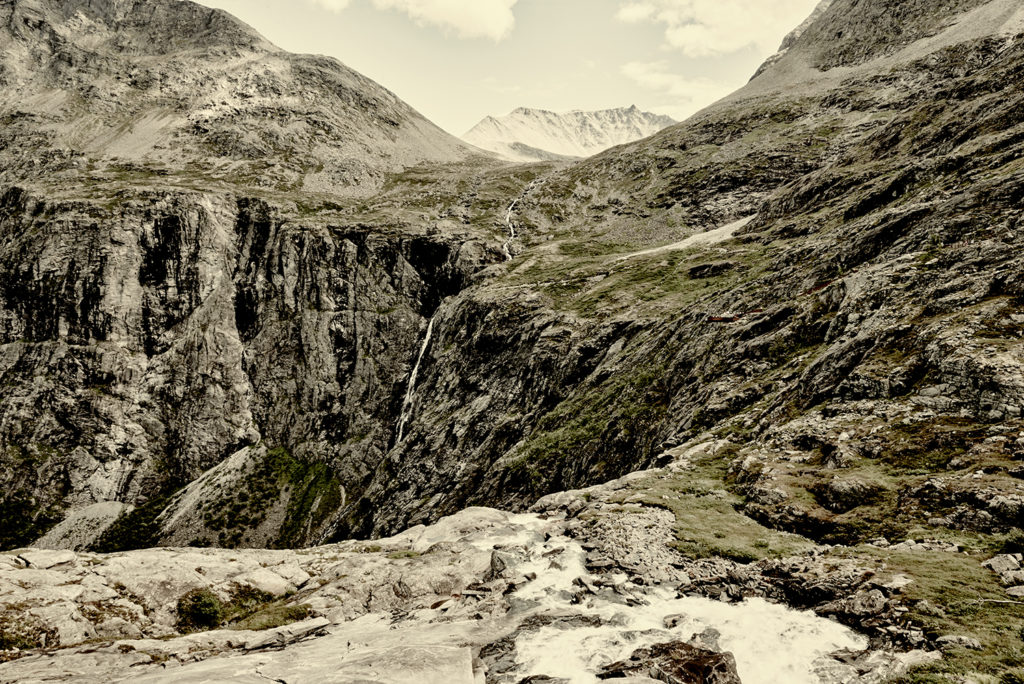
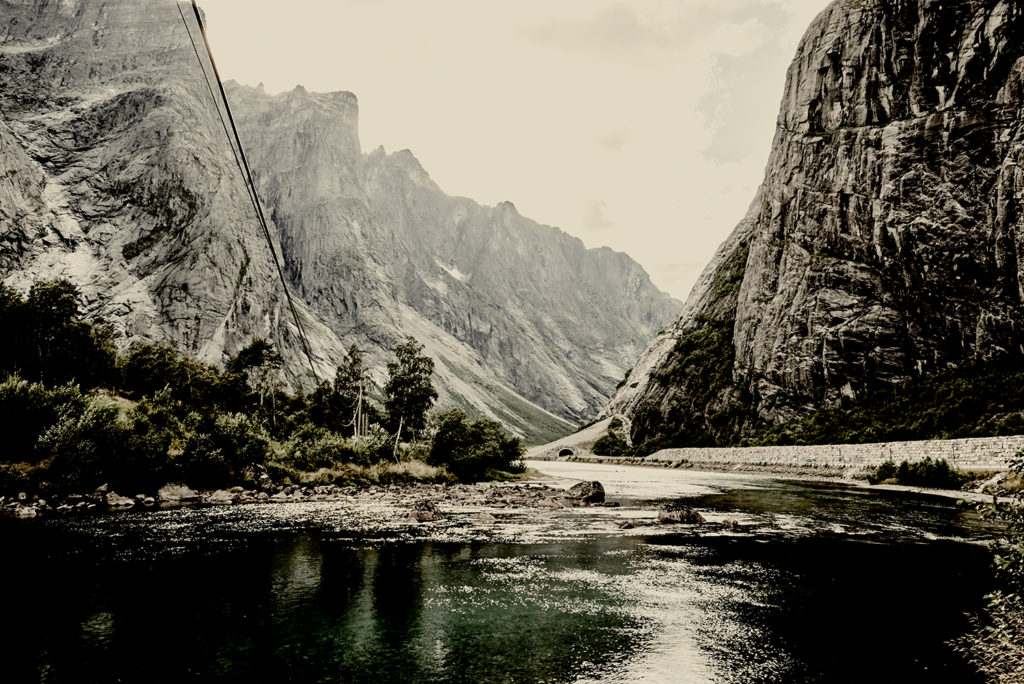
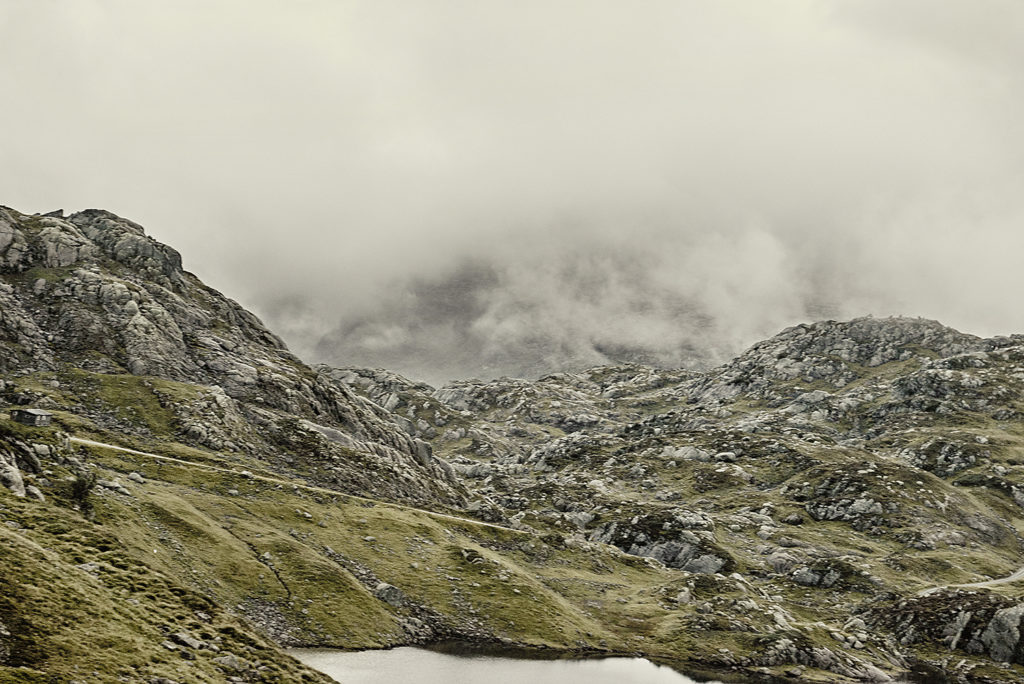
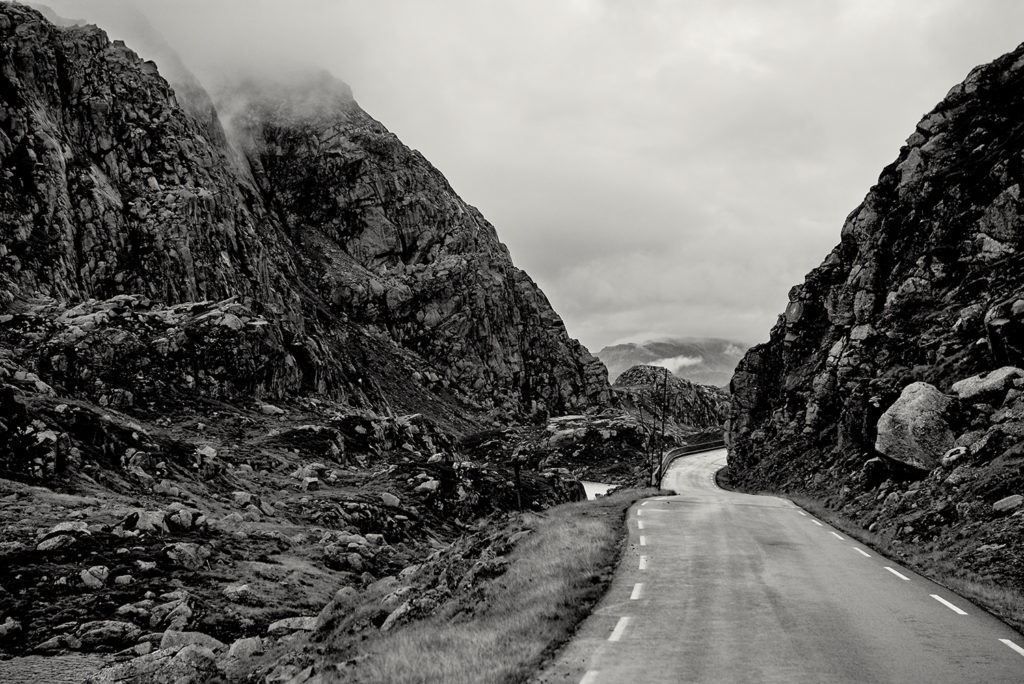
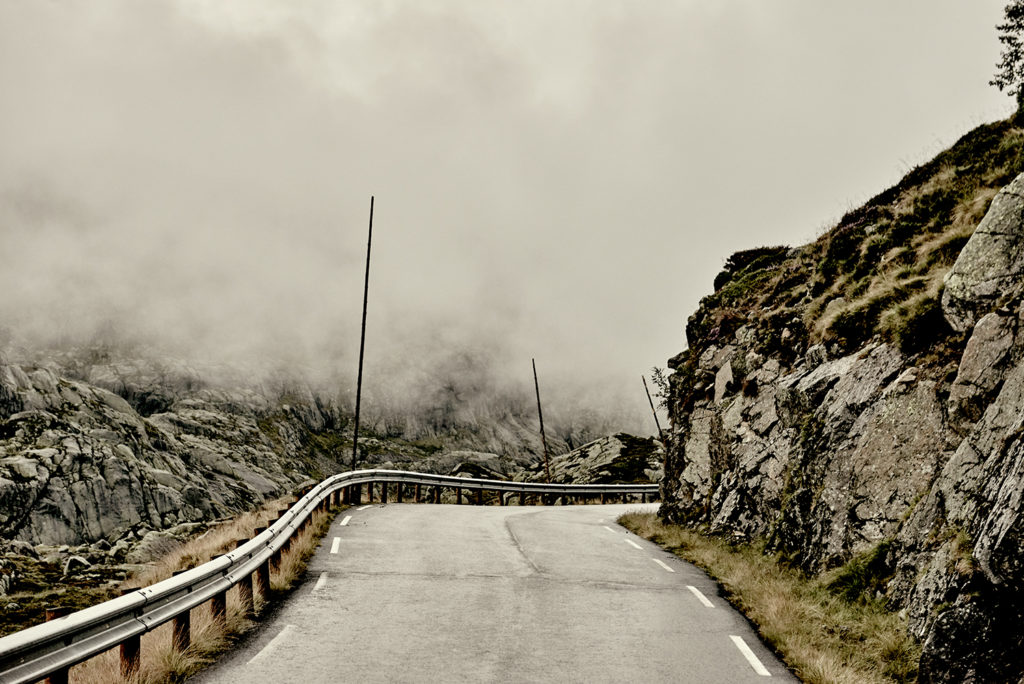
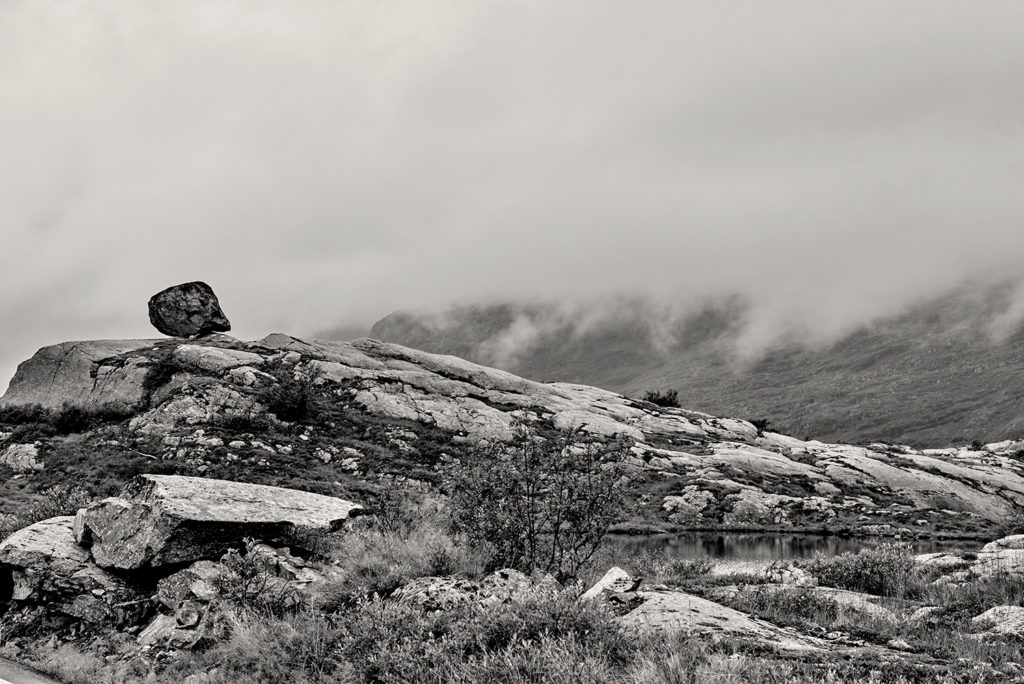
jotunheimen by thomas schüpping
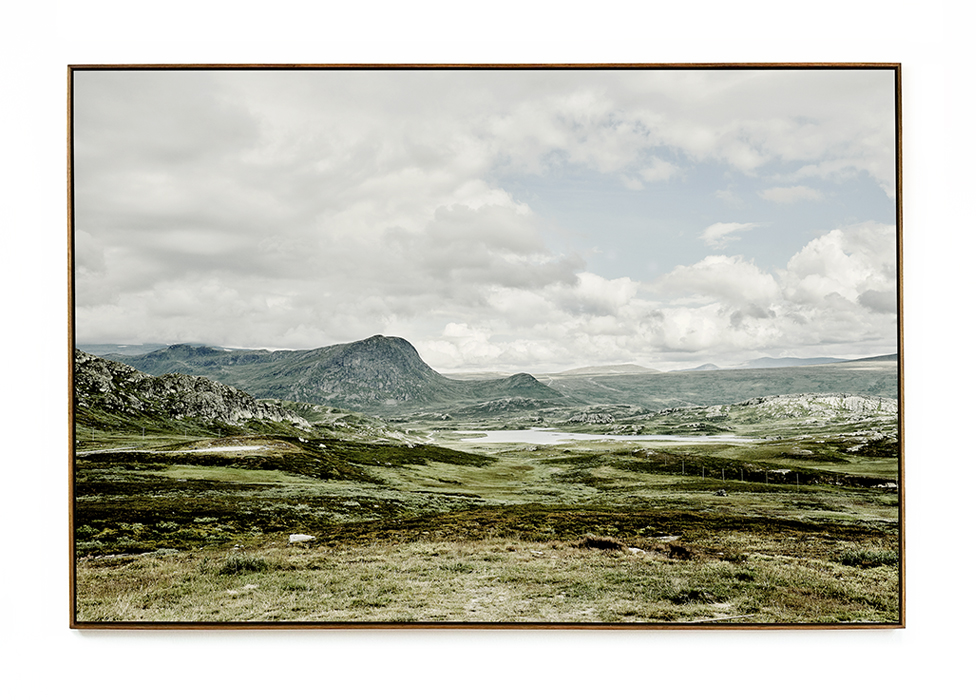
thomas schüpping jotunheimen 1
desert story by thomas schüpping
thomas schüpping painting
thomas schüpping painting-photgraphy-
Thomas Schüpping „ZZYZX“
thomas-schüpping-zzyzx-15
high voltage
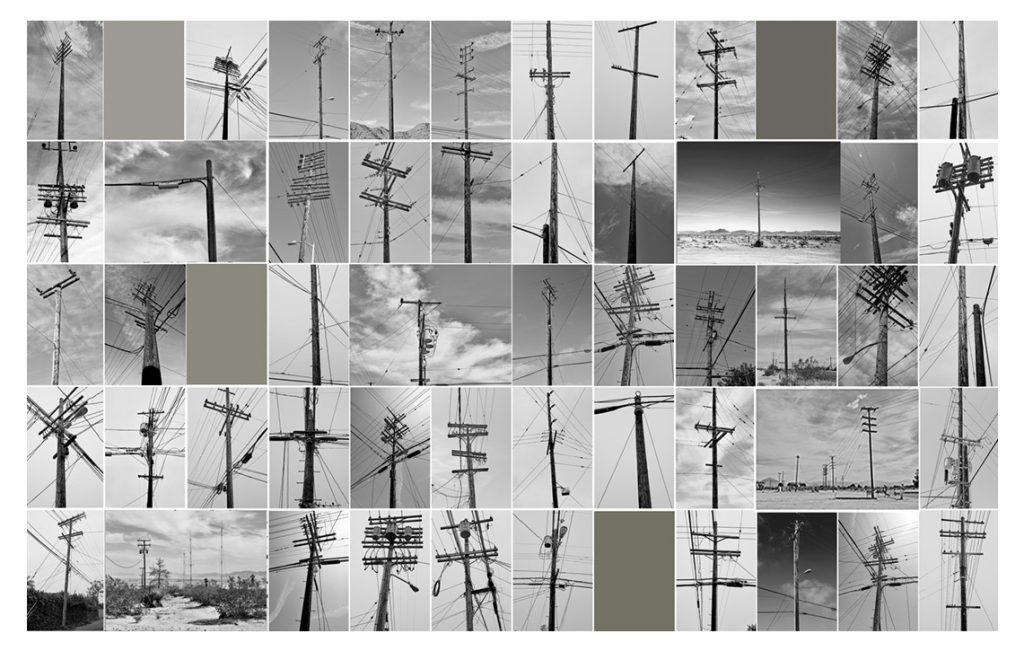
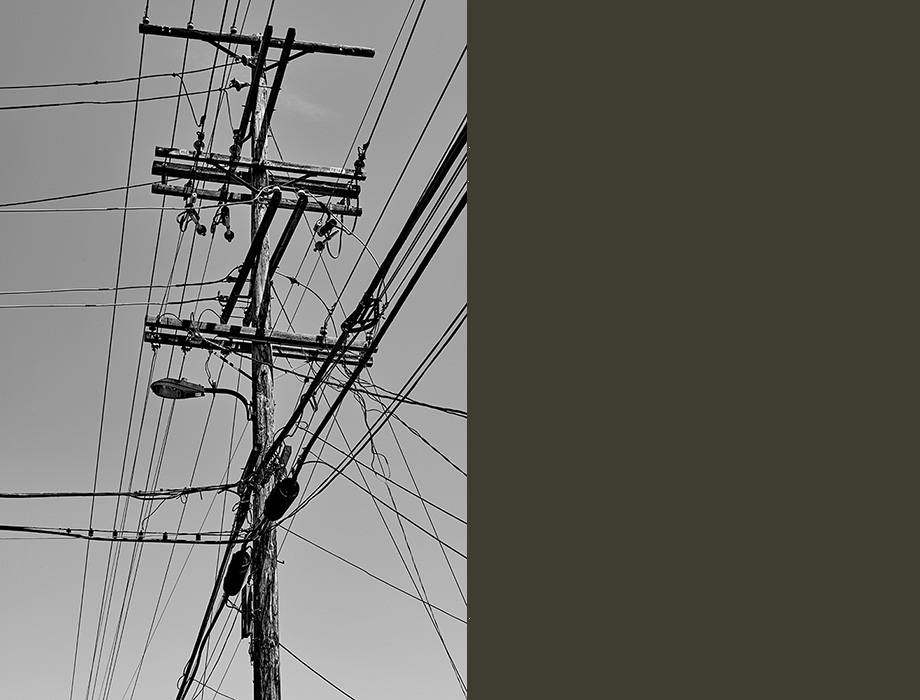
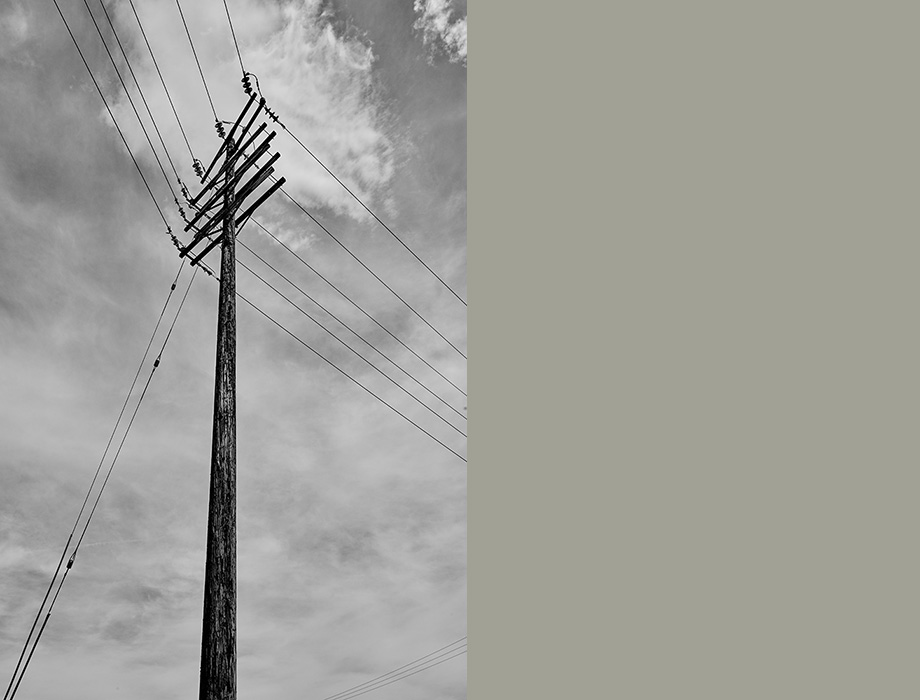
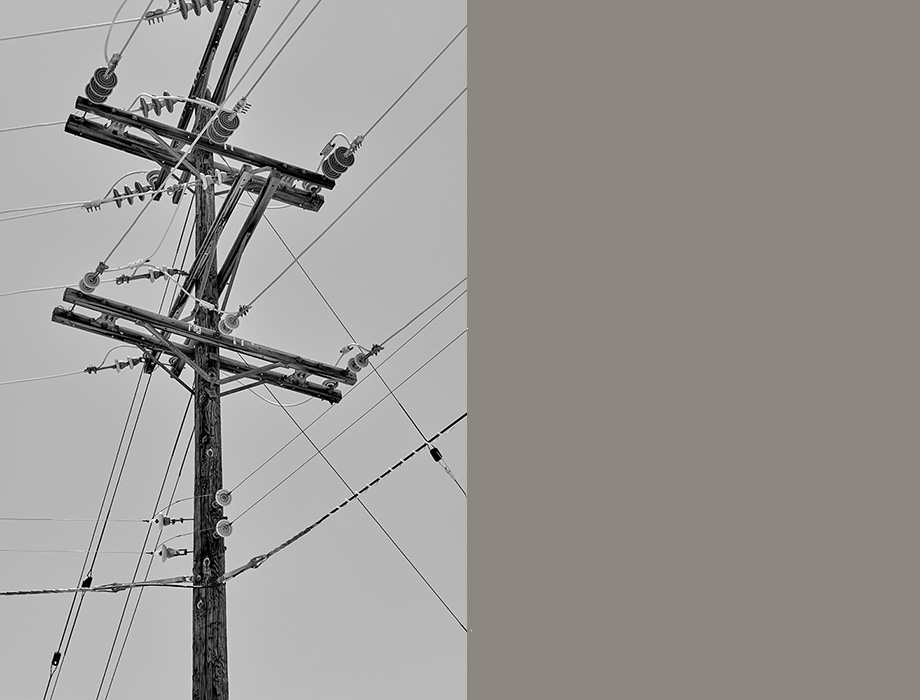
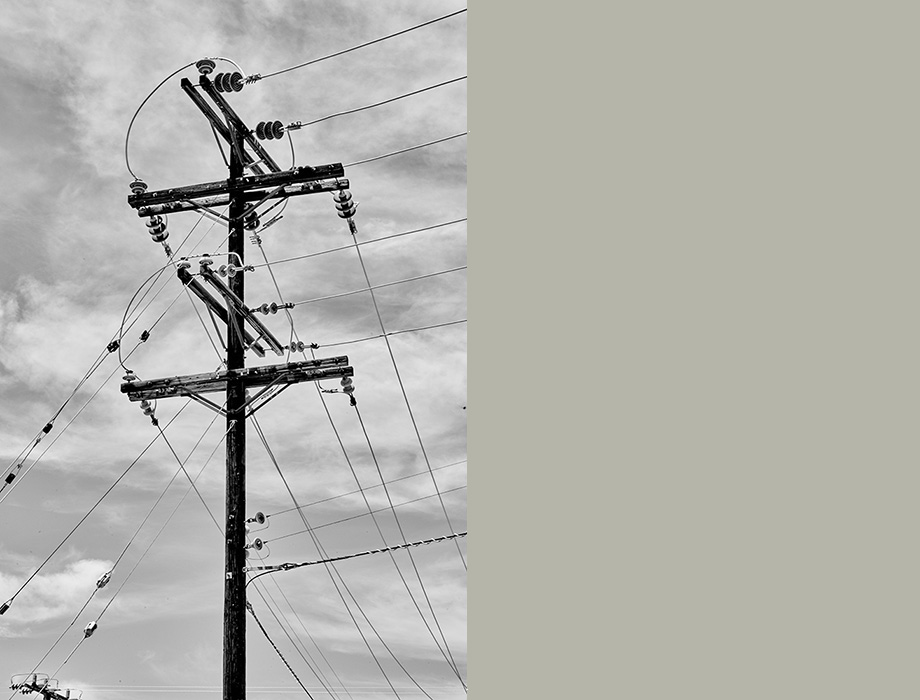
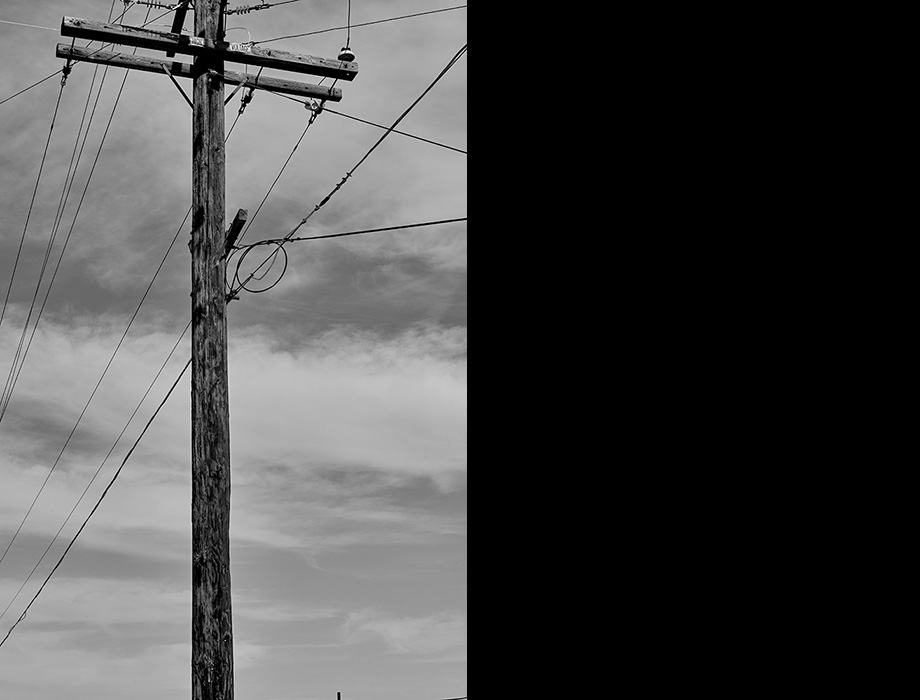
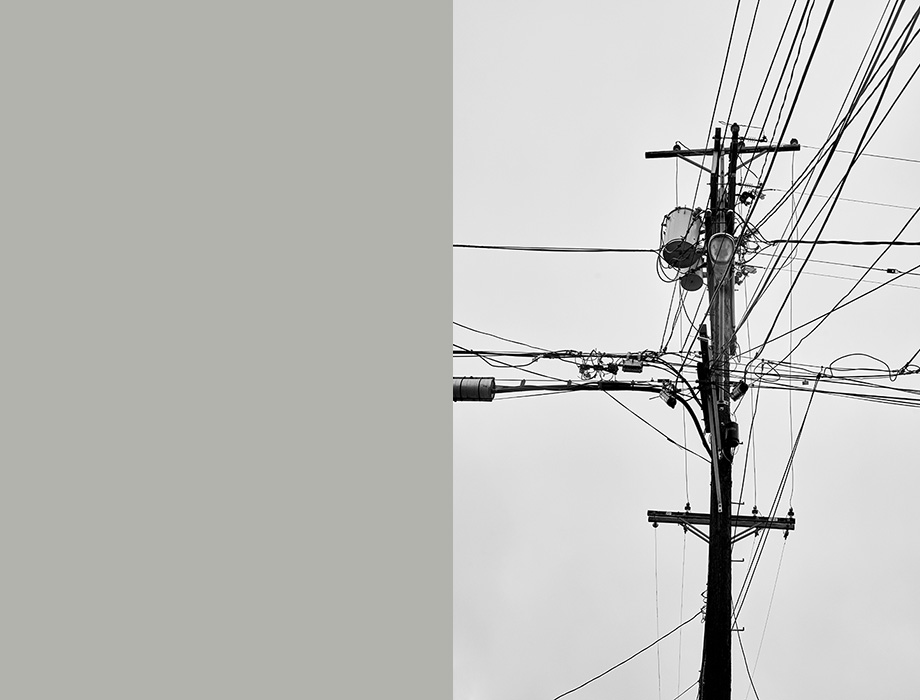
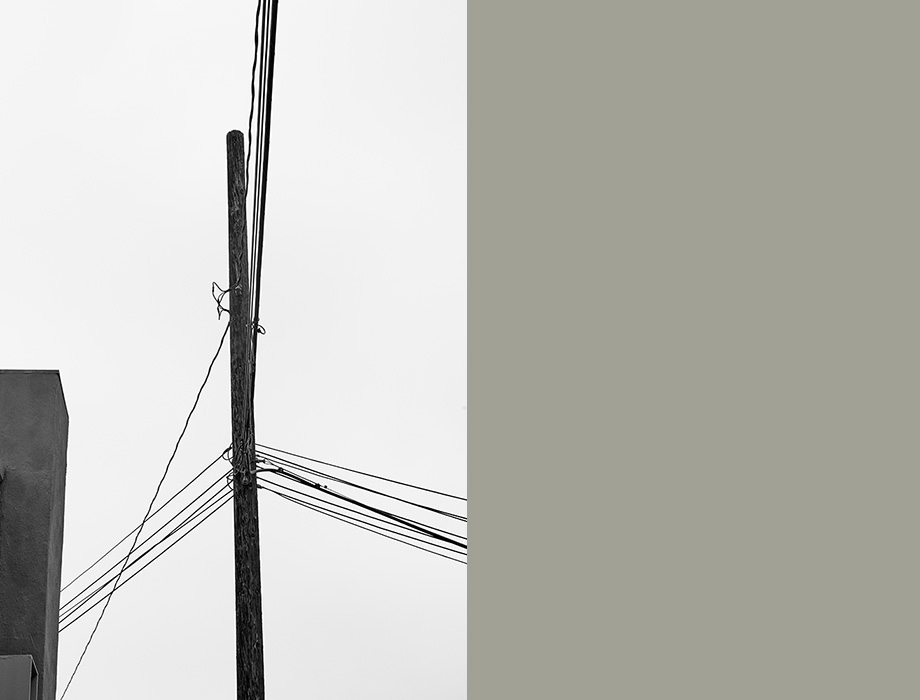
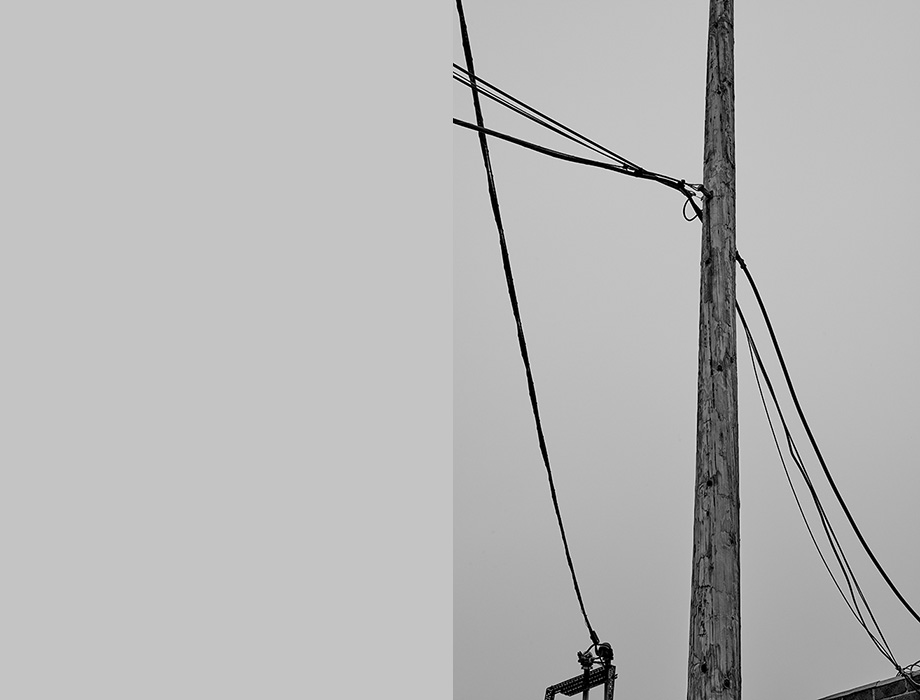
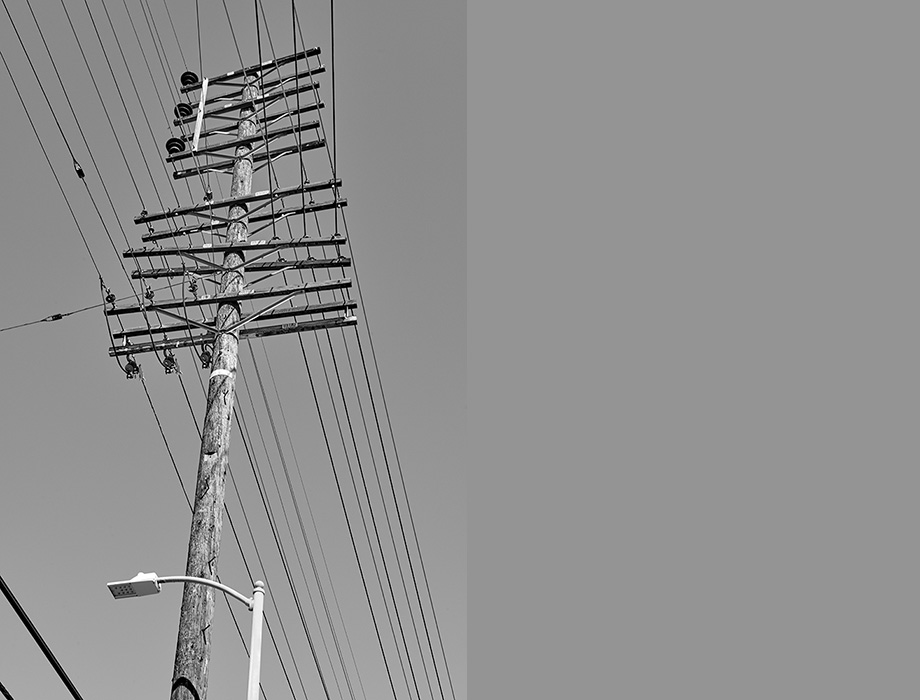
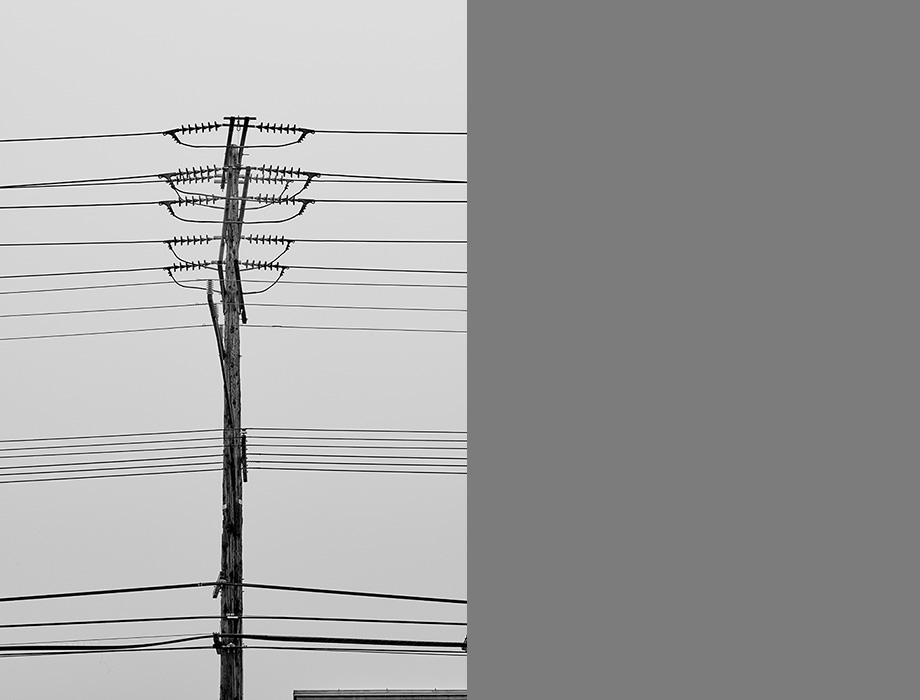
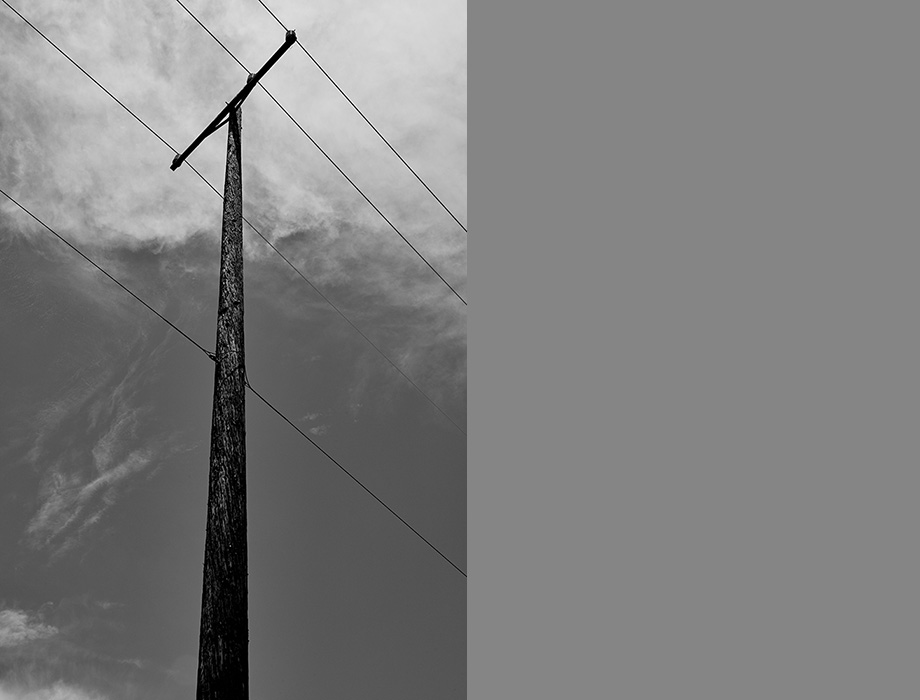
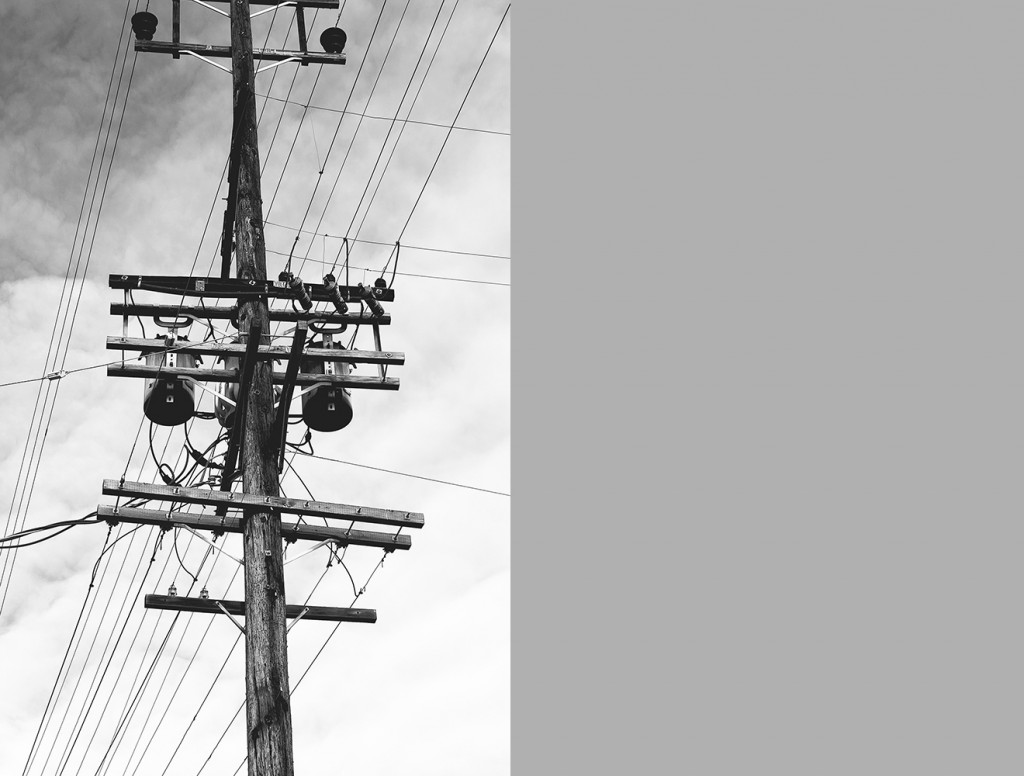
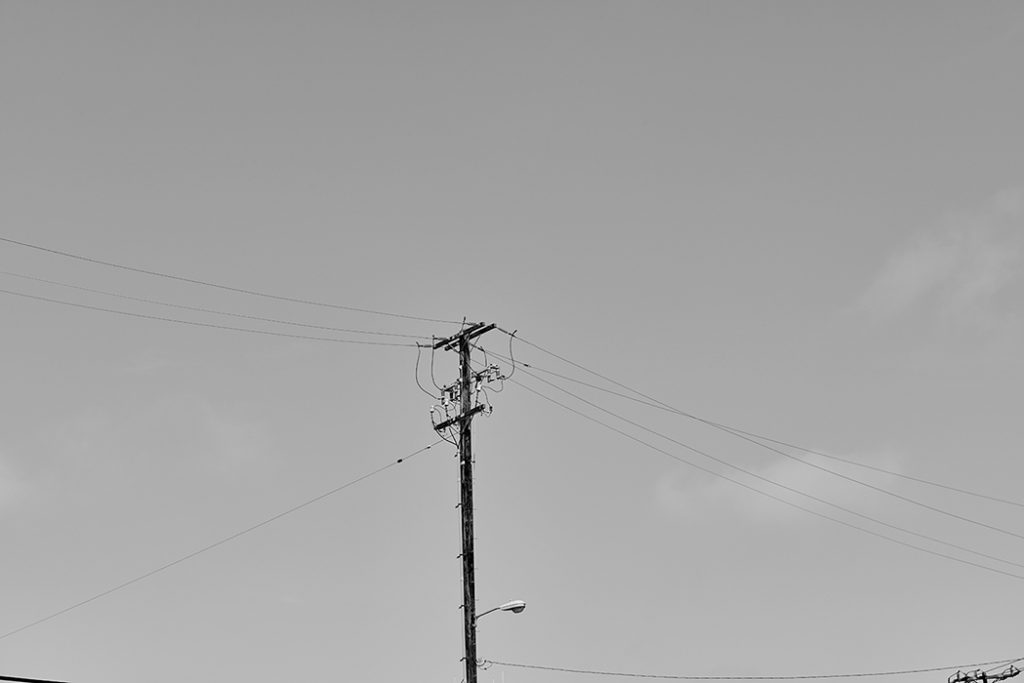
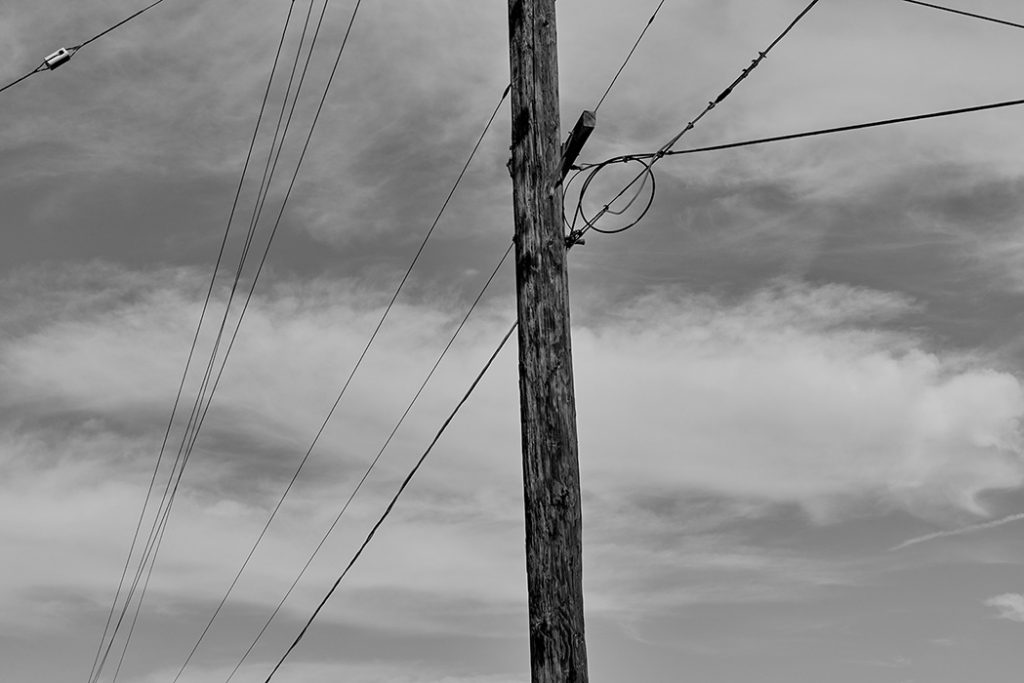
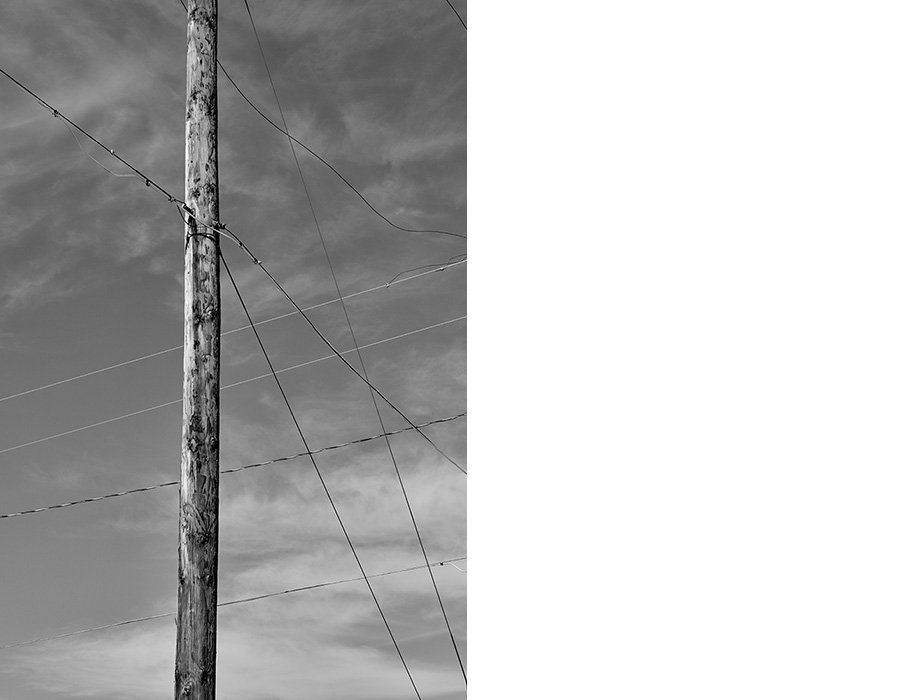
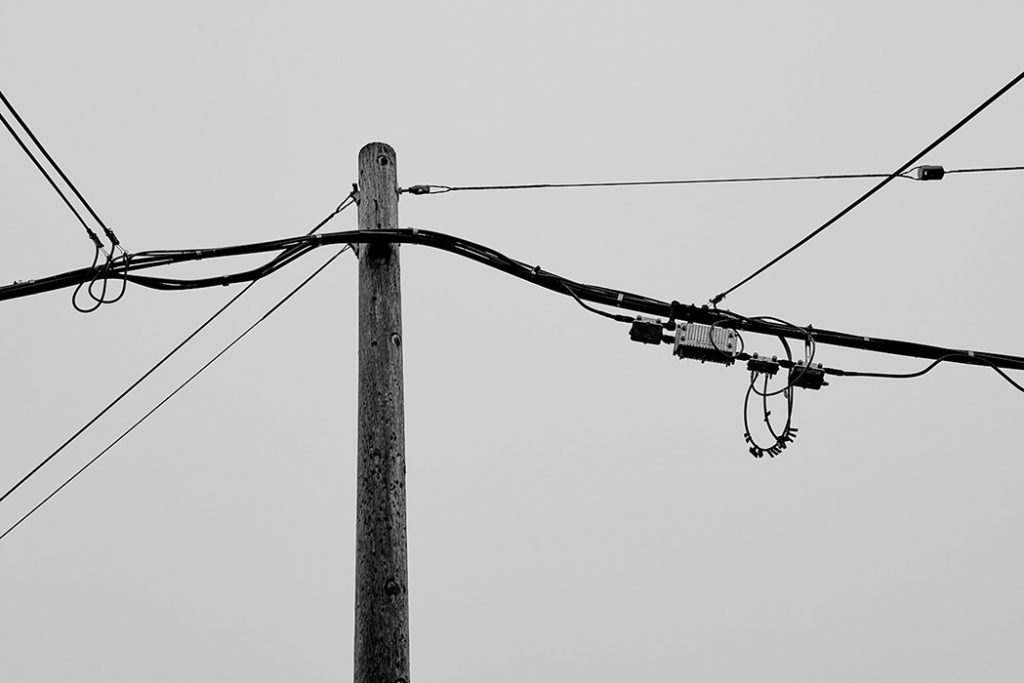
Thomas Schüpping Exhibition DIE GROSSE 2018 Museum Kunstpalast Düsseldorf
thomas schüpping time
thomas schüpping exhibition „zzyzx“ kunstverein duisburg
stille landschaften zzyzx 2000-2015
Stille Landschaften
„Die Landschaft änderte sich merklich: die höhere Böschung, die sogar streckenweise die Sicht nach der einen wie nach der anderen Seite versperrte, wurde fast ununterbrochen von dichten Büschen überragt, hinter denen sich hier und da ein Kiefernstamm erhob. Bis hierher wenigstens schien alles in Ordnung zu sein.“
Alain Robbe-Grillet, Der Augenzeuge, 1955 [1]
Welchen Sinn mag es haben, Landschaften und urbane Situationen – fernab der gewohnten Umgebung, fernab jeder Sensation – fotografisch festzuhalten? Wenn nicht einmal die (bewahrende oder vermittelnde) Dokumentation das Ziel ist? Ließe sich durch solche Ausschnitte vorgefundener Realität eine Erkenntnis gewinnen, die über die Landschaft selbst oder eine äquivalente Erfahrung hinausreicht, oder sind die Fotografien Metaphern für ein Anderes? Mit Nachdruck hat Walter Benjamin auf das Defizitäre von Fotografie hingewiesen, sie als Gefahr für die synästhetische – wirkliche – Wahrnehmung empfunden und mithin einen Verlust des Sinnlichen konstatiert. Benjamin spricht vom „Hier und Jetzt des Originals“, welches seine „Echtheit“ konfiguriere. Im Hinblick auf die Natur führt er dazu wie folgt aus: „Es empfiehlt sich, den (…) für geschichtliche Gegenstände vorgeschlagenen Begriff der Aura an dem Begriff einer Aura von natürlichen Gegenständen zu illustrieren. Diese letztere definieren wir als einmalige Erscheinung einer Ferne, so nah sie sein mag. An einem Sommernachmittag ruhend einem Gebirgszug am Horizont oder einem Zweig folgen, der seinen Schatten auf den Ruhenden wirft – das heißt die Aura dieser Berge, dieses Zweiges atmen.“ [2]
Thomas Schüpping fotografiert Landschaften und urbane Situationen mit einer Intensität, die nach der Aura als authentischem Zustand des Eigentlichem fragt und den eigenen Standpunkt zwischen Präsenz und Absenz bedenkt. Er schafft Surrogate für Ursprünglichkeit und reine Schönheit.
Die Fotografien, um die es hier geht, hat Schüpping sämtlich in den Vereinigten Staaten geschossen: In der Mojave-Wüste, in dem Death Valley, in Nevada und Los Angeles und zuletzt New York. In der Mehrzahl aber handelt es sich um Situationen an der Peripherie der Zivilisation, wobei die Spuren des Aufgelassenen gegenüber denen der Besiedlung überwiegen.
Den weitaus größten Teil nehmen die Aufnahmen in der Mojave-Wüste ein. Schüpping konzentriert sich auf den kalifornischen Teil mit Temperaturen von über 45° C im Sommer. Er verzichtet auf touristische Attraktionen zugunsten des Unverbrauchten und Selbstbestimmten. Ihm liegt am Selbstverständnis der Landschaft, die er in ihrer relativen Monotonie aufnimmt, dazu in schwarz-weiß, überwiegend im Querformat. Er hält die Vegetation in der Weitläufigkeit der Wüste fest, welche sich über das Bild hinaus fortsetzt. Mitunter verlaufen durch sie Autostraßen und Schienenstränge, die wirken, als wären sie schon immer hier gewesen. Die Spannungsmasten vermessen in ihrem Rapport die Ferne und weisen auf Elektrifizierung und Telekommunikation; aber es scheint, als wäre die Zeit irgendwann stehen geblieben und die Technik außer Betrieb. Bei einzelnen Aufnahmen rückt Schüpping konstruktive Elemente – Fremdkörper in der Natur – deutlich ins Bildzentrum, wie etwa bei dem Klettergerüst auf einem Spielplatz, den er mit dem Abstand mehrerer Jahre noch einmal fotografiert hat. Aber auch da, immer wirken die Landschaften und Gegenden, die er in der Mojave-Wüste fotografiert hat, großzügig und in ihrer Leere lapidar, unabänderlich. Zu erwähnen ist, dass Schüpping, der sich in anderen Werkgruppen dem Menschen und seinem Antlitz in Ausschließlichkeit zuwendet, bei diesen Landschaftsaufnahmen ganz auf Personen verzichtet hat. Aber beiden Bereichen liegt das gleiche Engagement zugrunde: Thomas Schüpping arbeitet das Da-Sein seiner Sujets heraus, im „Entdecken – Sehen des einen Motivs“ [3], wie er dazu sagt. Konsequenter Weise geht er bei seinen Aufnahmen in der Wüste ohne archivarische oder karthographische Absicht dem Behausten wie auch dem Verlassenen nach, den Begleiterscheinungen des Transitverkehrs, der selbst kaum intakt ist. Er zeigt Gehöfte, die von Gebüsch halb verdeckt und als Motels nur noch teilweise genutzt werden, mit ihren Billboards und Schildern. Die Straße signalisiert die Durchfahrt ohne Halt. Und sie definiert den Horizont in seiner räumlichen Dimension. „Die Gerade ist eine Vorwegnahme der Hochgeschwindigkeit: die Geradlinigkeit der Trasse zwischen zwei Polen, zwischen zwei Städten nahm die Spur der schnellen Vehikel vorweg, den Reifenabdruck der Autoreifen wie den Kondensstreifen der Düsenjets am Himmel“, schreibt Paul Virilio in seiner „Bunkerarchäologie“. [4]
Thomas Schüpping schildert das Danach und den Verzicht. In seinen stärksten Fotografien lässt er uns die vollständige Entschleunigung spüren. Das passiert ganz ohne die Evidenz von Bewegung. Nur ganz selten ist in der Ferne ein Fahrzeug auf seiner Strecke zu sehen; einige Bilder zeigen einen Autofriedhof. Hingegen konzentriert sich die Hälfte der Aufnahmen auf die Schilderung der Wüste selbst, dort, wo sie vom Menschen unberührt ist. Thomas Schüpping wendet sich in seiner Fotografie der Gegend in ihrer gewachsenen Struktur zu; in den letzten Jahren betrifft dies besonders Bergketten und Anhöhen hinter einer weitläufigen Ebene. Sein Blick schweift von der höchsten Stelle über die Gebirge, deren Ausläufer nun wie die Pranken riesiger Urmenschen wirken. Dann wieder, bei anderen Bildern, nimmt er eine niedrige Perspektive ein, mit der er Piero della Francesca’s Untersicht in den Naturraum überträgt und dessen unabsehbare Weite betont. Im Vordergrund wachsen einzelne Büsche oder karge Baumstämme, mitunter die Joshua-Palmlilie. Schüpping notiert die Schärfe und Feingliedrigkeit der Blätter ebenso wie das Zerklüftete der Gesteinsformationen. Die Kamera hält jede Erhebung und jeden Riss in der trockenen Ebene fest – sachlich und präzise, dabei in tonaler Nuancierung, vermitteln diese fotografischen Schilderungen die Natur in ihrer Selbstbehauptung und spröden Sinnlichkeit.
Schüpping organisiert seine Aufnahmen nach klassischen Verfahren. Er arbeitet mit der Achsensymmetrie, etwa wenn er das Gleisbett von vorne in die Tiefe führt und so die Landschaft teilt. Und er komponiert seine Fotografien nach dem Goldenen Schnitt in einer konstruktiven Anlage; im Gespräch beruft er sich auf die Traditionen des Bauhaus. In seinen Aufnahmen verlaufen die Schichtungen der Natur häufig leicht schräg vom linken zum rechten Bildrand, wodurch eine unterschwellige Dynamik entsteht und die Syntax der Region augenscheinlich wird. Die konzentrierte Stilllegung in der panoramatischen Überschau und das demokratische visuelle Abtasten sind innerhalb der Landschaftsfotografie von Thomas Schüpping nicht voneinander zu trennen. Erinnert dieser Wechsel von Nähe zu Ferne, der keiner ist, nicht auch an die Wahrnehmung der Maler zwischen Klassizismus und Romantik, die nach Italien aufbrachen und die Alpen überquerten und auf diese Weise noch zu Komplizen der Geologen wurden, etwa Caspar Wolf und Joseph Anton Koch?
Schüpping erfasst die Landschaft in dem Sinne, dass er Augenzeuge ist, alle Dinge mit der gleichen Ernsthaftigkeit registriert und auf diese Weise die natürliche Verfasstheit bannt – unter den Auspizien, dass sie sich permanent wandelt und nie ganz zu erfassen ist. Er wählt die „klassische“ Fotografie an Ort und Stelle zur Erfahrung der Landschaft in Zeiten, in denen jeder Stein vom Weltraum aus digital gesichert, vermessen und ausgewertet wird. Er führt die Natur wieder der direkten Aneignung zu: als unbekanntes Terrain, als Welt ohne Menschen. Aber Schüpping liegt nicht am aufklärerischen Impetus eines Robert Adams, bei dem einzelne Sujets zu Zeugnissen und mithin Denkmälern werden. Vielmehr behält er sich auf seinen Fahrten das Planlose vor, ist ausschließlich und interessiert sich gerade nicht für die Eingriffe der Zivilisation oder für geographische Prozesse in der Natur. Schon das unterscheidet ihn auch von den Nachfolgern der New Topographic Movement. Er formuliert das vermeintlich ewig Gleiche und das schier Unendliche, und er wählt dazu die Textur des Kargen. Und er zeigt, dass diese „gewöhnlichen“, unspektakulären Orte ganz und gar nicht „leer“ sind, es aber der ausgiebigen Hinwendung bedarf, um ihre Vielschichtigkeit zu ahnen. In einem komplexen Prozess des Positionierens, Schauens und Wartens auf das rechte Licht wird das Erlebnis hier zur Einsicht. „Wir nehmen wahr – wir sehen. Wir sehen mit unseren Augen, und wir sehen mit unserem Geist. Wir wollen die Wahrheit über das Leben und alles Schöne sehen. Sie sind beide für uns ein großes Geheimnis“ [5], schreibt Agnes Martin, und Thomas Schüpping würde dies gewiss sofort unterschreiben.
Thomas Hirsch
[1] A. Robbe-Grillet, „Der Augenzeuge“, 1955, Frankfurt/M.: Suhrkamp, 1986, S. 175.
[2] W. Benjamin, „Das Kunstwerk im Zeitalter seiner technischen Reproduzierbarkeit“, 1936, Frankfurt/M.: Suhrkamp, 1977, S. 14f.
[3] Gespräch mit Thomas Schüpping im Atelier in Düsseldorf, 26. März 2013.
[4] Paul Virilio, „Bunkerarchäologie“, 1991, München, Wien: Carl Hanser Verlag, 1992, S. 19.
[5] Agnes Martin, „Ruhe und Stille in der Kunst“, 1974 / 1992, in: Dieter Schwarz (Ed.), Agnes Martin, Writings, 6. Aufl., Ostfildern-Ruit: Hatje Cantz, 2005, S. 91.
silent landscapes zzyzx 2000-2015
https://www.thomasschuepping.de/uebersicht.html
Silent Landscapes
„The landscape changed perceptibly: the higher embankment, which even obscured what was on either side of the road in some places, was lined with a virtually unbroken hedge of thick bushes behind which rose the occasional trunk of a pine tree. This far, at least, everything seemed to be in order.”
Alain Robbe-Grillet, The Voyeur, 1955 [1]
What sense might there be in photographically capturing landscapes and urban settings—far from the usual environment, far from any attraction – if (preserving or mediating) documentation is not even the goal? Is a recognition that stretches out over the landscape itself, or an equivalent experience, achieved through such extracts of found reality? Or are the photographs metaphors for something else? Walter Benjamin had emphasized the shortcomings of photography, finding it a danger to the synaesthetic – real-perception, and thus establishing a loss of sensuousness.
Benjamin speaks of the “here and now of the original” which configures its “authenticity.” In regards to nature he explains as follows: “The concept of aura (…) with reference to historical objects may usefully be illustrated with reference to the aura of natural ones. We define the aura of the latter as the unique phenomenon of a distance, however close it may be. If, while resting on a summer afternoon, you follow with your eyes a mountain range on the horizon or a branch which casts its shadow over you, you experience the aura of those mountains, of that branch.” [2]
Thomas Schüpping photographs landscapes and urban settings with an intensity that questions the aura as the authentic state of the real and considers its own standpoint between presence and absence. He creates surrogates for originality and pure beauty.
The photographs dealt with here were all shot in the United States: in the Mojave Desert, Death Valley, Nevada, and Los Angeles. They are almost always settings on the periphery of civilization, where the traces of abandonment predominate those of settlement.
The photographs in the Mojave Desert make up by far the largest share. Schüpping focuses on the Californian section of the desert where temperatures in the summer reach over 110º F (45º C). He avoids tourist attractions in favor of the untouched and the self-determined. A self-understanding of the landscape, which he photographs in its relative monotony in black and white, and usually in landscape format, is in his interest. He captures the vegetation in the vastness of the desert that continues beyond the image. Now and then highways and railroads course through, seeming as though they were always there. The high-voltage towers measure the distance in their rapport, and reference electrification and telecommunication; yet it seems as though time stands still and the technology is out of service. In individual photos Schüpping places constructed elements – foreign bodies in nature – clearly as the focus of the image, like the jungle gym in a playground, which he photographed again after an interval of several years. But there again, the landscapes and surroundings he photographs in the Mojave Desert always seem generous and straightforward in their emptiness, unchanging. Worth noting is that while most of the landscape photos here do without human subjects, in several other groups of works Schüpping turns his attention to people and faces exclusively. But both areas form the basis of the same engagement: Thomas Schüpping carves out the being-there of his subjects in, as he says, the “discovery – the seeing of the one motif.” [3] Without archival or cartographic intention in his photographs in the desert, he consistently pursues the inhabited as well as the abandoned, the side effect of transport traffic which itself is hardly intact. He shows rural architecture half hidden in bushes and only still partly used as motels, with their billboards and signs. The road signals the non-stop passage through – and it defines the horizon in its spatial dimension. “The straight line prefigures high speed: the rectitude of the mark between two poles, between two cities, anticipated the tracing of high-speed vehicles, automobile tire tracks, as well as the trail of jet exhaust gasses in the sky,” writes Paul Virilio in his book “Bunker Archeology.“ [4]
Thomas Schüpping depicts the hereafter and abandonment. In his strongest photographs he allows us the feeling of full deceleration. This happens entirely without the evidence of movement. Only very seldom is a vehicle seen driving in the distance; some images show a graveyard of cars. In contrast, half of the photographs are focused on the portrayal of the desert itself, in the places where it remains untouched by humans. In his photography Schüpping turns to the natural texture of the region; in recent years particularly mountain ranges and hills behind a vast plain. His gaze wanders from the highest point on the mountains, their foothills seeming like the paws of giant prehistoric men. Then again in other images he takes a lower perspective, carrying over the low-set view of Piero della Francesca into nature, emphasizing its indefinite expanse. In the foreground single bushes or barren tree trunks grow, here and there is a Joshua tree. Schüpping records the sharpness and intricacy of the leaves as well as the rugged rock formations. The camera captures every projection and every crack in the dry plain – factual and precise, while tonally nuanced, these photographic depictions convey nature in its assertiveness and brittle sensuousness.
Schüpping organizes his photographs according to a classic method. He works with the axis of symmetry, for instance, extending the railroad track bed from the foreground deep into the distance and in this way dividing the landscape. He composes his photographs according to the Golden Ratio in a constructive arrangement; in conversation he refers to the tradition of the Bauhaus. In his photographs the natural stratifications often run at a slight angle from the left edge of the image to the right, creating a subliminal dynamic and revealing the syntax of the region. A concentrated suspension in the panoramic overview and a democratic visual sampling are inextricably linked in the landscape photographs of Thomas Schüpping. Does this exchange from nearness to distance, though it is neither, recall not also the perception of the painters between classicism and romanticism who went off to Italy, crossing the Alps and, in this way, were even accomplices of geologists, like Caspar Wolf and Joseph Anton Koch?
Schüpping records the landscape in the sense that he is a witness, registering everything with the same seriousness and, in so doing, captures the natural condition – under the auspices that it is constantly changing and never quite able to be fully grasped. He chooses this “classical” photography on site and place to experience the landscape in times in which every stone can be digitally retained, measured, and evaluated from space. He redirects nature to immediate acquisition: as an unknown terrain, as a world without people. But for Schüpping it is the enlightening impetus of a Robert Adams, for whom individual subjects become witnesses and thus monuments. Rather he retains a haphazardness on his journeys, unrestricted and interested in not just the intervention of civilization or the geographic processes in nature.
This separates him from the followers of the New Topographic movement. He formulates the seemingly eternal sameness and the almost infinite, and chooses as well the texture of this austerity. He shows that these “ordinary,” unspectacular places are not totally “empty,” but require unstinting attention to divine their complexity. In an intricate process of positioning, looking, and waiting for the right light, the experience is here for inspection. “We perceive – We see. We see with our eyes and we see with our minds. We want to see the truth about life and all of beauty. Both are a great mystery to us,” [5] writes Agnes Martin, and to this Thomas Schüpping would surely subscribe.
Thomas Hirsch
[1] Alain Robbe-Grillet, “The Voyeur,“ 1955, English edition, translated by Richard Howard, New York, 1958.
[2] Walter Benjamin, “The Work of Art in the Age of Mechanical Reproduction,“ 1936, English edition, translated by Harry Zohn, New York, 1969.
[3] In conversation with Thomas Schüpping in his studio in Düsseldorf, March 26, 2013
[4] Paul Virilio, “Bunker Archeology,“ New York, 1994.
[5] Agnes Martin, “The Still and Silent in Art,“ 1974 / 1992, in: Dieter Schwarz (ed.), Agnes Martin, Writings, 6th edition, Ostfildern-Ruit, 2005.
thomas schüpping zzyzx-publishing house: distanz
thomas schüpping nothing but the truth
Nothing but the truth
For some years now Thomas Schüpping has been considered one of Germany’s top photographers. Yet outside of the public eye he has forged an independent photographic oeuvre that sets his work at odds with the spectrums of meaning and myths that prevail in his genre. Although he takes up its subjects and locations, even works with the same settings and models, he nonetheless rids himself of their suggestive appearance and views them afresh – as if for the first time. Filled with amazement and respect he realizes idea of capturing something photographically with absolute devotion, the precision and skill of the experienced photographer. Over the years he has created several bodies of photographic images, and though the individual image is valid in itself, its significance is only revealed within the corresponding sequence of images. This is especially true of the portrait, one of the key subjects in Schüpping’s artistic work.
There is immense consistency in the manner the portraits are realized. High-grade black-and-white images with a high proportion of black, they are ideally suited to large-format prints. The strong contrast of light and dark serves to reinforce the impression of sober object photography. The sole subject: anonymous young women of a particular generation, shot from the front and depicted as heads or busts against a neutral, lit space. They seem to hint at specific meanings, and the fact that they belong to a successful class of society is conveyed by such aspects as self-confidence, generally looking straight into the camera, perhaps in conjunction with a raising or lowering of the head. Aside from gestures and facial expression accessories likewise play a role. A strip of fabric conceals the breasts. The hair is assigned a special meaning within the overall composition: What is essential is how and in what color it frames the face with its embodiment, what presence it has for the portrait, also the place it occupies in the composition purely as a flowing shape. In this Thomas Schüpping takes up a topical aspect familiar to him from his day job; he has even featured hair exclusively as an all-over in relative abstraction.
In his portraits Thomas Schüpping forgoes striking features and the “styled” aspect of the models, which characterizes images in the fashion domain and indeed is increasingly becoming a social topic. We need only think of the inflationary interest in cosmetic surgery and a canonized vision of beauty. Thomas Schüpping does not resort to alienation effects or editing in realizing his portraits of women. It is precisely the natural look of his images and models that is important to him. Most of the women wear no make-up, blemishes in their skin remain visible. The light is consistent and not even remotely dramatic, although there is an occasional allusion to drama in a “wafting” of the hair or raising of the arms. The one perfect shot does not exist; rather it is a principle of this body of work that the same model can feature repeatedly in an almost identical stance or with a slightly altered behavior towards the camera, yet always with a calm and natural air. While not forgetting the camera opposite them, the women depicted are completely genuine. The gaze is held for a seeming eternity, but without the subject staring, and this produces quiet encounters: When is a model really at one with herself, and what can be said about her response to being photographed? What does it mean to lower your head, or tilt it to one side; what kind of mood does it communicate? To what extent do the face, how it is formed, gestures, facial expression and behavior in front of the camera reflect life experiences and attitudes? Is it possible for anything to be concealed, and is not an emotional sensitivity expressed in this sober revelation?
It is through constancy in his research, deciding on the right detail, the aspect of looking and being looked at, that Thomas Schüpping achieves a spectrum between restraint, meditative oneness and dominance in front of and behind the camera. He subtly shifts the focus to the woman’s personality, there is no need to pose. The sensuality they transport is genuine. There is, incidentally, never anything provocative about nakedness, it simply is a natural part of the physical. And by forgoing pathos and arrangements in his photographic portraits Thomas Schüpping reveals the emptiness inherent in rituals, replacing artificiality with naturalness. He operates on the divide between the self-evident and the profound, and casually reveals a human image that falls far short of showiness and is superior to status. The outer appearance is ephemeral, beauty, though celebrated is a passing thing; rather beauty lies in the personality itself – these are the messages his images convey. “Generally, I am also concerned with expression. What an image expresses,” writes Thomas Schüpping.
With his series of portraits of (anonymous) women Schüpping can be linked with the highly diverse photographic images by fashion and portrait photographers, artists employing photography, and Concept artists such as Bettina Rheims, Bernhard Prinz, Roland Fischer, Roni Horn, and Michael Schmitt an. Thomas Schüpping employs a personal pictorial idiom that relies on the principle of simplicity. He takes a stance against the eminent acceleration of vision in infotainment media. Today, clarity of gaze is an enormous statement, an attestation of factuality and the ability to engage in dialog. How genuine, after all, are the portraits offered to us every day on the Internet, say on Facebook? By contrast, it is astonishing that looking directly at someone in the everyday encounters and passing strangers in the street is considered downright rude … Yet the direct gaze of the women in Thomas Schüpping’s photographs refuses to be feigned. Their restraint actually leads to openness, which in turn generates intensity, culminating in personality and individuality. Schüpping reflects on the everyday world that surrounds us, on this side of the stage of self-positioning and its patterns in the public domain. He provokes life’s mundaneness. However, the mundaneness that Thomas Schüpping reveals in his images is anything but boring. Instead, he shows us the resonating space in which our lives take place.
Thomas Hirsch, 2012
thomas schüpping nichts aber die Wahrheit
Schon seit Jahren gehört Thomas Schüpping hierzulande zu den wichtigen Fotografen. Unbemerkt von der Öffentlichkeit hat er daneben ein freies fotografisches Werk geschaffen, mit dem er sich ziemlich gegenläufig zum Bedeutungsspektrum und zu den Mythen seines Genres verhält. Zwar greift er dessen Sujets und Orte auf, arbeitet sogar mit den gleichen Kulissen und Models, aber er entledigt sich ihres suggestiven Scheins und sieht sie neu – und wie zum ersten Mal: Voller Erstaunen und Respekt wird die Idee der fotografischen Bannung mit ganzer Hinwendung umgesetzt, mit der Genauigkeit und Versiertheit des erfahrenen Fotografen. Im Laufe der Jahre sind dazu mehrere Werkgruppen fotografischer Bilder entstanden. Die einzelne Aufnahme besitzt für sich Gültigkeit, ihre Tragweite aber vermittelt sich erst als Folge von Bildern. Dies gilt im besonderen für die Porträts als einem der zentralen Sujets von Schüppings künstlerischer Arbeit.
Die Aufnahmen der Porträts kennzeichnet in ihrer Einheitlichkeit eine große Konsequenz. Sie sind schwarz-weiß in hoher Graduation mit hohem Schwarzanteil, vorgesehen für den großformatigen Abzug. Der harte Kontrast von Hell und Dunkel fördert noch den Eindruck des Nüchternen, von Sachfotografie. Ausschließliches Sujet sind nicht weiter identifizierte Frauen einer bestimmten jüngeren Generation, die im Ausschnitt, als Häupter und Büsten vor einem neutralen Lichtraum, frontal im Gegenüber fotografiert sind. Sie geben bestimmte Bedeutungsebenen vor. Dass sie einer gesellschaftlich arrivierten Schicht zugehören, vermitteln beiläufige Gegebenheiten, etwa das selbstbewusste Verhalten mit dem meist direkten Blick in die Kamera, das mit dem Heben oder auch Senken des Kopfes verbunden sein kann. Neben Gestus und Mimik spielen die Accessoires eine Rolle. So verbirgt ein Streifen Stoff die Brust. Innerhalb der Bildkomposition kommt den Haaren eine besondere Bedeutung zu: Wesentlich ist, wie diese in welchem Farbton das Gesicht mit seinem Inkarnat umfangen und welche Präsenz sie für das Porträt und als rein grafischer Verlauf im Bildraum einnehmen. Thomas Schüpping greift damit ein motivisches Moment auf, welches ihm aus seiner angewandten Tätigkeit vertraut ist; mitunter hat es dort sogar in Ausschließlichkeit – als All-over in relativer Abstraktion – das Format besetzt.
Bei seinen Porträts nun verzichtet Thomas Schüpping auf jede äußere Auffälligkeit und auf das „Gestylte“ des Models, welches die Aufnahmen im Modebereich kennzeichnet und überhaupt mehr und mehr ein gesellschaftliches Thema ist. Denken wir nur an das inflationäre Interesse an Schönheitsoperationen und an einer kanonisierten Vision von Schönheit. Thomas Schüpping realisiert seine Frauenbildnisse ohne Verfremdungs- und Bereinigungseffekte. Das Ungekünstelte seiner Fotografien – und der Models – ist ihm gerade wichtig. Die Frauen sind weitgehend ungeschminkt, Veränderungen der Haut bleiben, wie sie sind. Das Licht ist gleichmäßig und fern jeder Theatralik, welche sich aber mitunter im „Wehen“ der Haare oder im Heben der Arme andeutet. Es gibt nicht die eine, die perfekte Aufnahme, vielmehr ist ein Prinzip dieser Werkgruppe, dass das gleiche Model wiederholt vorkommen kann in fast identischer Körperhaltung oder mit einem etwas anderen Verhalten gegenüber der Kamera, aber immer im Duktus des Selbstverständlichen und Unaufgeregten. Die porträtierten Frauen geben sich, wie sie sind, vergessen dabei aber die Kamera als Gegenüber nicht. Der Blick hält inne, eine Ewigkeit lang, ohne je starr zu wirken. Daraus resultieren stille Begegnungen: Wann ist das Model ganz bei sich und wie verhält es sich in seiner Hinwendung zur fotografischen Aufnahme? Was bedeutet es, den Kopf zu senken oder auf die Seite zu legen; welche Gestimmtheit vermittelt sich dadurch? Inwieweit teilen das Gesicht, seine Formung, die Mimik und das Verhalten vor der Kamera Lebenserfahrungen und Attitüden mit? Lässt sich überhaupt etwas verbergen, und kommt in der sachlichen Offenlegung nicht gerade eine innere Befindlichkeit zum Ausdruck?
Mit der Konstanz seiner Recherchen und schon der Entscheidung für den Ausschnitt, der Frage des Blicks und des Anblickens erreicht Thomas Schüpping ein Spektrum zwischen Zurückhaltung, meditativem Eins-Sein und Dominanz vor und gegenüber der Fotokamera. Auf subtile Weise rückt er die Persönlichkeit selbst in den Vordergrund, die porträtierten Frauen posieren nicht. Die Sinnlichkeit selbst, die sie vermitteln, ist wahr. Im übrigen, Nacktheit hat hier nie etwas Aufreizendes, sie ist Teil des Leiblichen. Und indem er in seinen fotografischen Porträts auf Pathos und Arrangement verzichtet, entlarvt Thomas Schüpping die Leere von Ritualen. Er ersetzt Künstlichkeit durch Natürlichkeit. Er handelt an der Grenze zwischen Selbstverständlichkeit und Tiefgründigkeit und legt lapidar ein Bild vom Menschen hinter aller Kulissenhaftigkeit und vor jedem Status frei. Alle äußere, mithin zelebrierte Schönheit ist vorübergehend; die Schönheit liegt vielmehr in der Persönlichkeit selbst – das sind Botschaften, die er in seinen fotografischen Bildern mitteilt. „Generell geht es mir auch um Ausdruck. Was drückt ein Bild aus“, schreibt Thomas Schüpping.
Mit seiner Serie der Porträts von (anonymen) Frauen schließt Schüpping an die so unterschiedlichen fotografischen Bilder von Mode- und von Porträt-Fotografen, Künstlern mit Fotografie und Konzeptkünstlern wie Bettina Rheims, Bernhard Prinz, Roland Fischer, Roni Horn oder Michael Schmitt an. Thomas Schüpping setzt in seiner eigenen Bildsprache auf das Prinzip der Einfachheit. Er kommentiert kontrovers die eminente Beschleunigung des Sehens in den Medien des Infotainments. In unseren Zeiten ist die Klarheit des Blicks ein ungeheuerliches Statement, eine Beglaubigung der Faktizität und der Dialogfähigkeit. – Wie wahr sind eigentlich die Porträts, die uns jeden Tag im Internet angeboten werden, etwa bei facebook? Demgegenüber erstaunlich: Im alltäglichen Aufeinandertreffen und aneinander vorbei Driften der Passanten gilt der unverstellte Blickkontakt geradezu als obszön … Der direkte Blick der Frauen in den Bildern von Thomas Schüpping aber verweigert sich der Inszenierung. Ihre Enthaltsamkeit führt tatsächlich zur Offenheit, darin Intensität: Daraus lässt sich Persönlichkeit, Individualität gewinnen. Schüpping besinnt sich der Welt, die uns im Tagtäglichen – diesseits der Bühne der Selbstpositionierung und ihrer Muster im öffentlichen Leben – umgibt. Er provoziert deren Langeweile. Aber der Trick von Thomas Schüpping ist, dass sie bei ihm alles andere als langweilig ist. Sie ist der Resonanzraum, in dem sich unser Leben ereignet.
Thomas Hirsch, 2012
